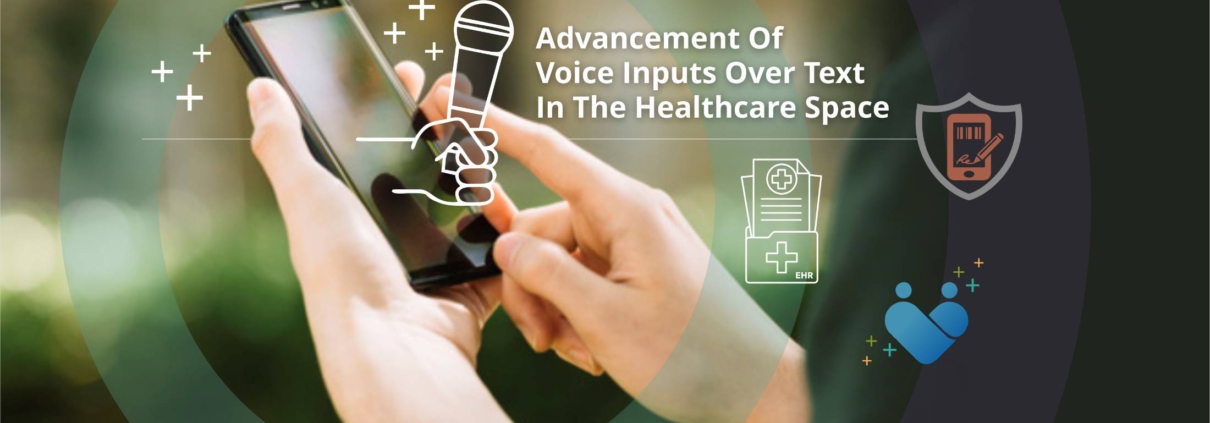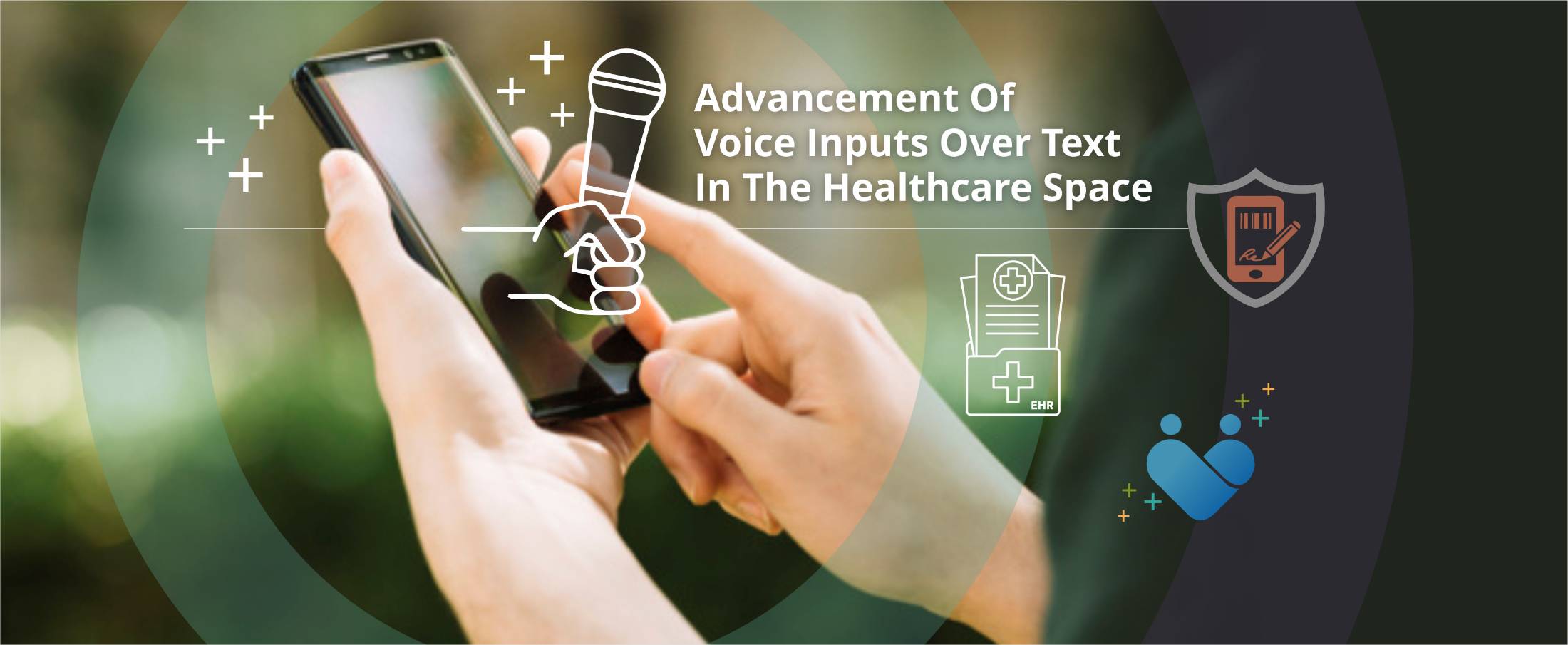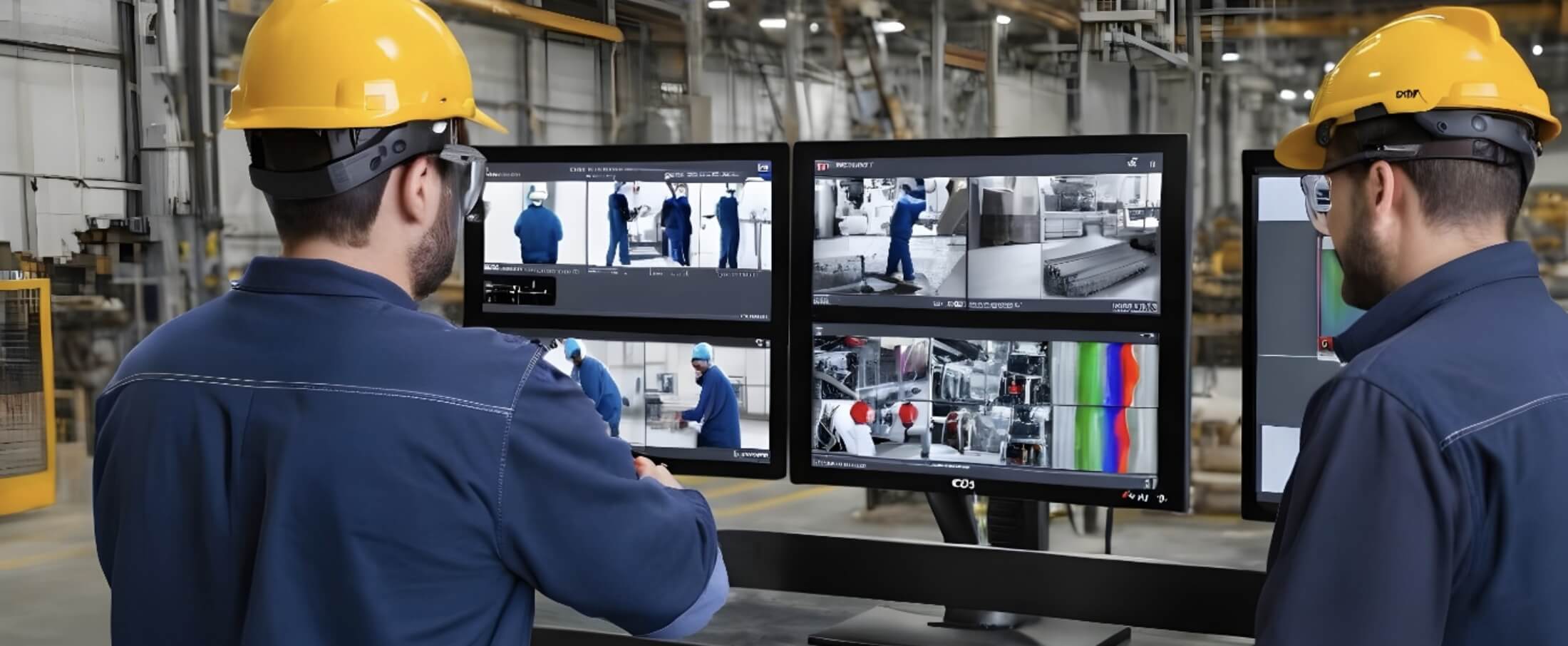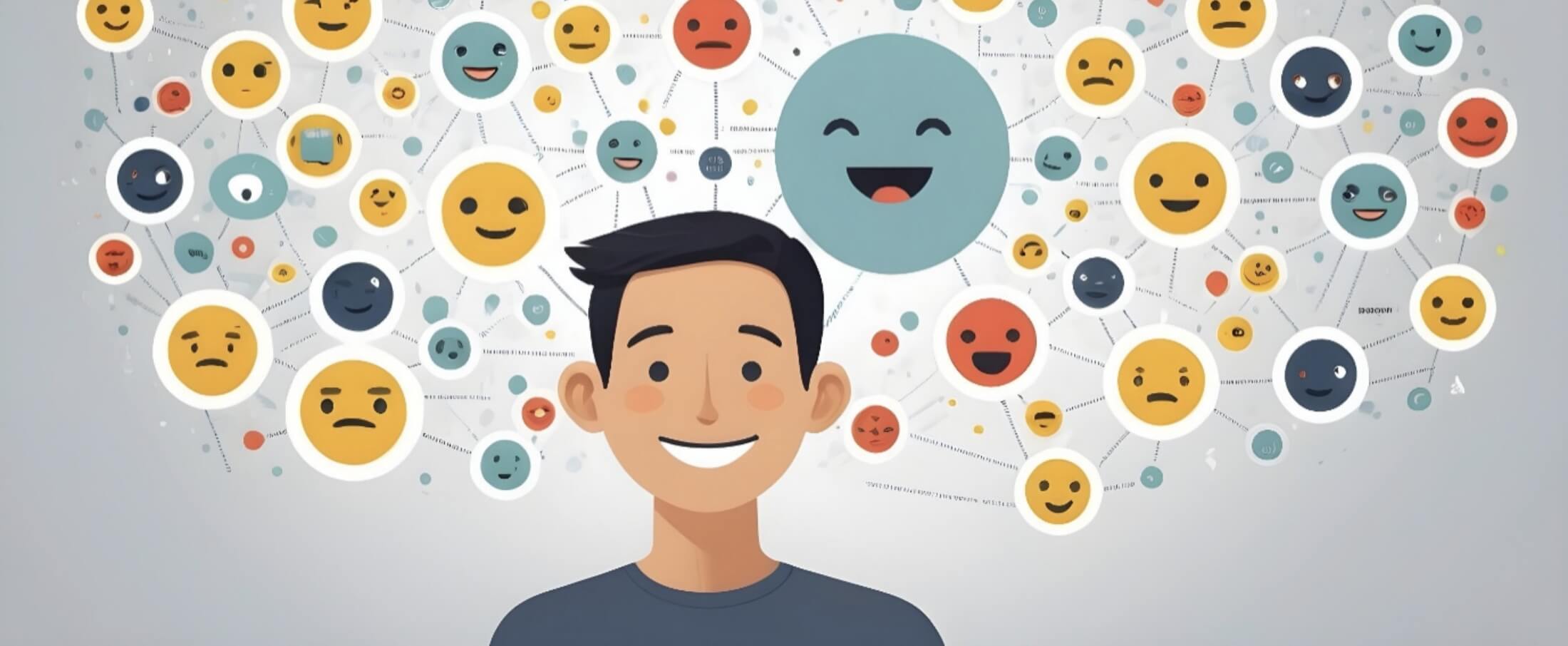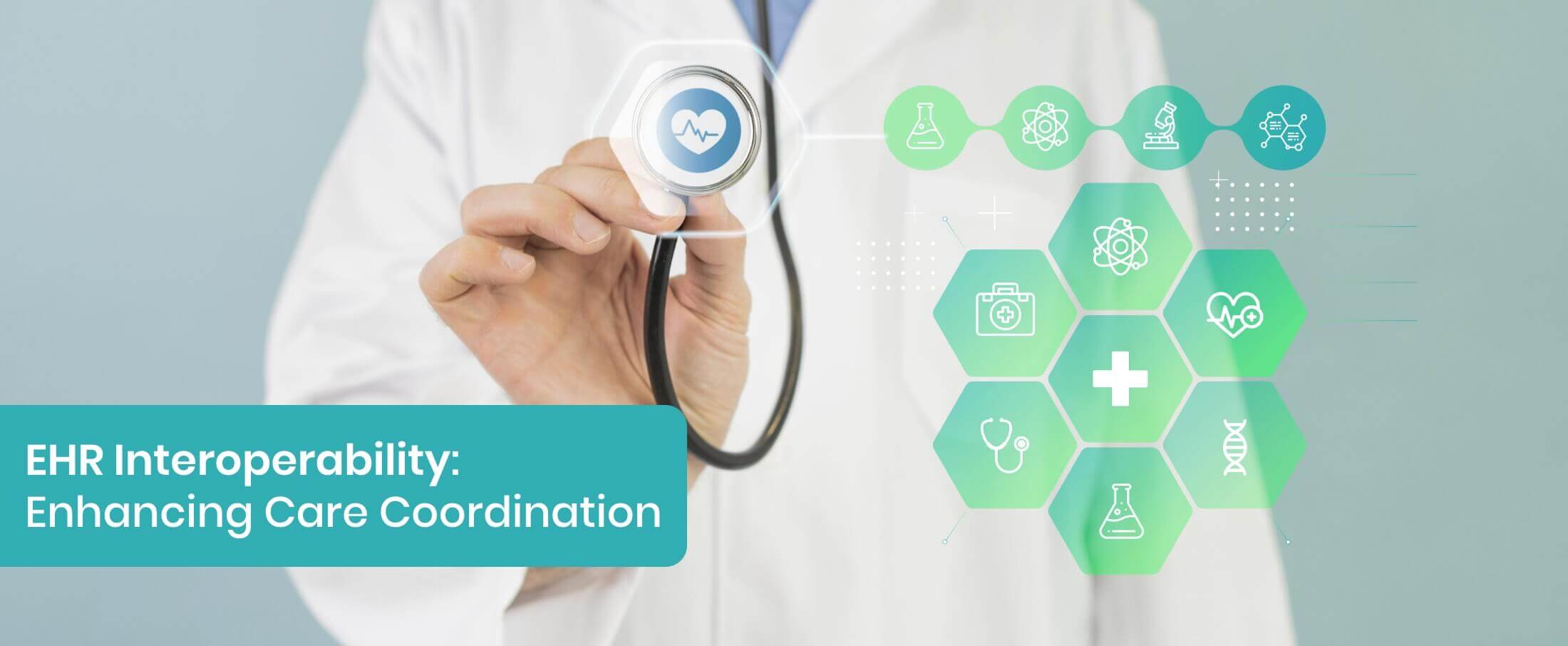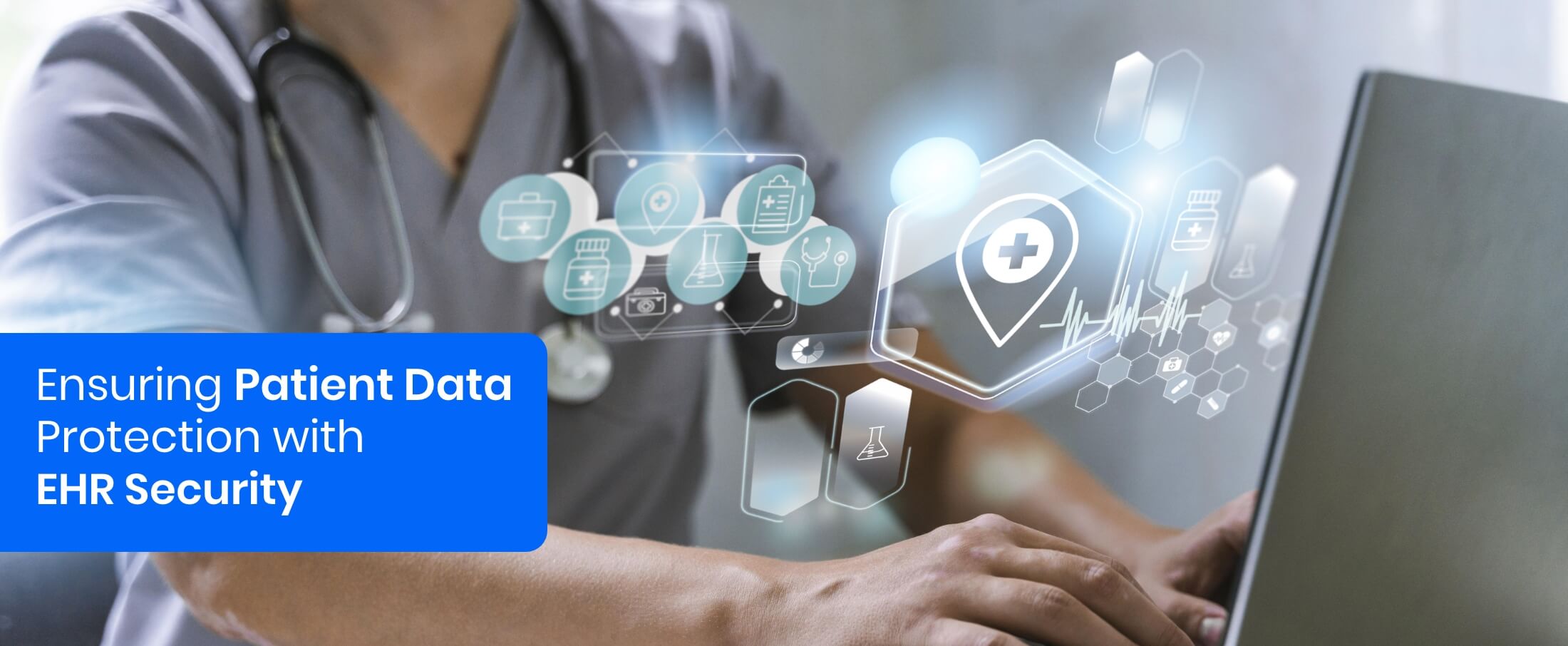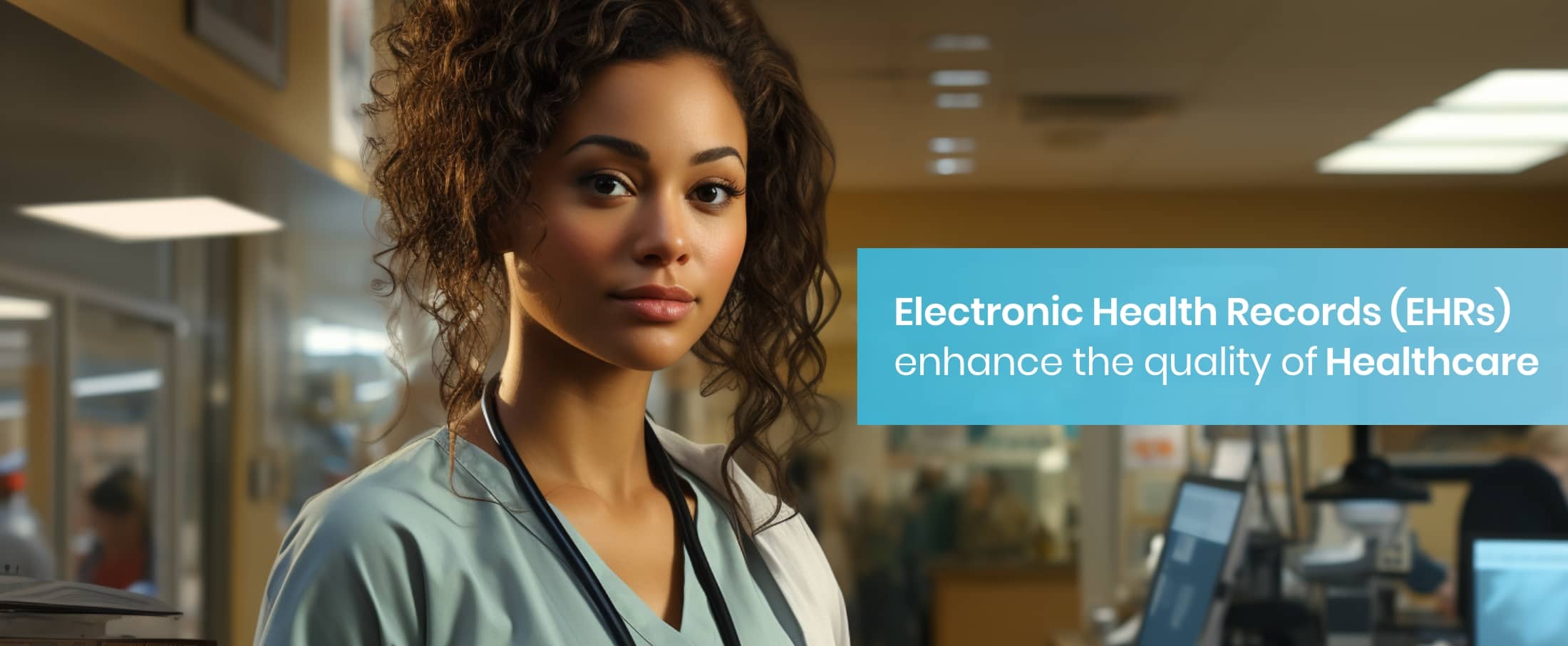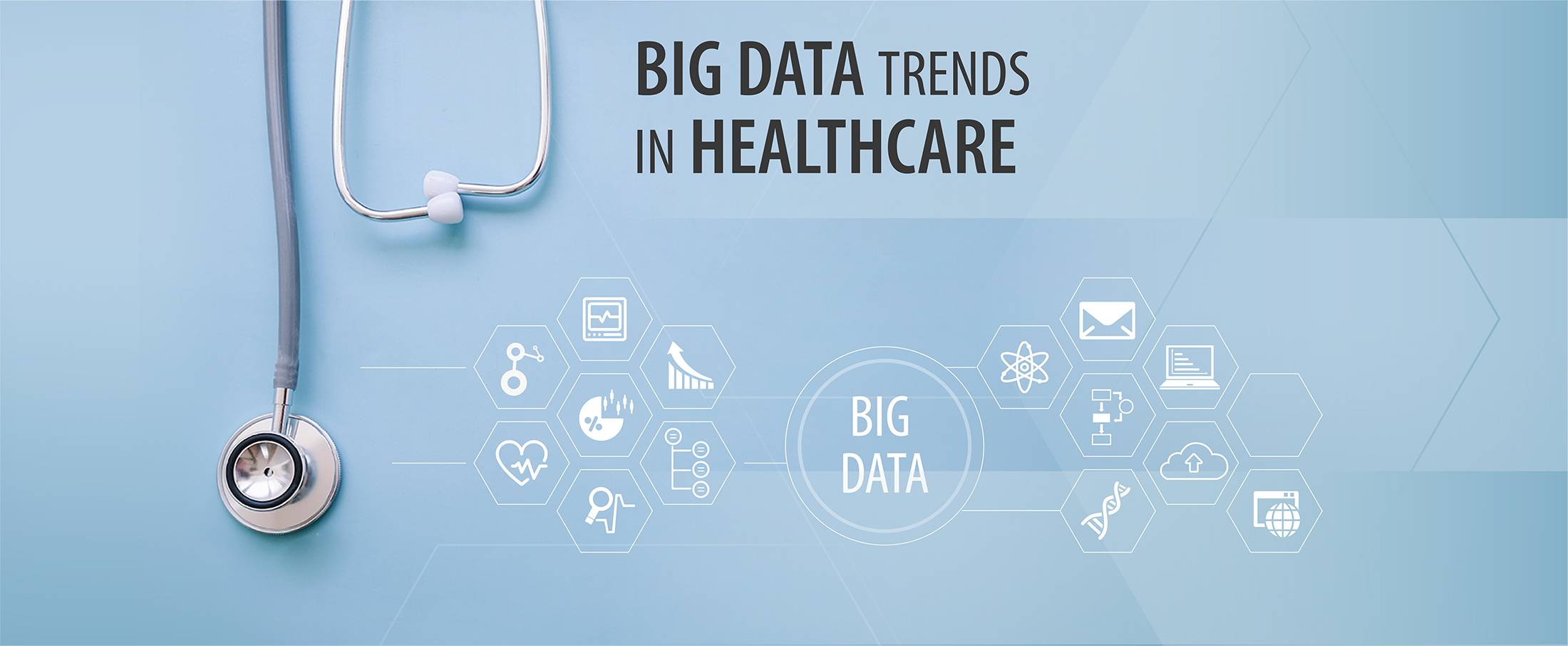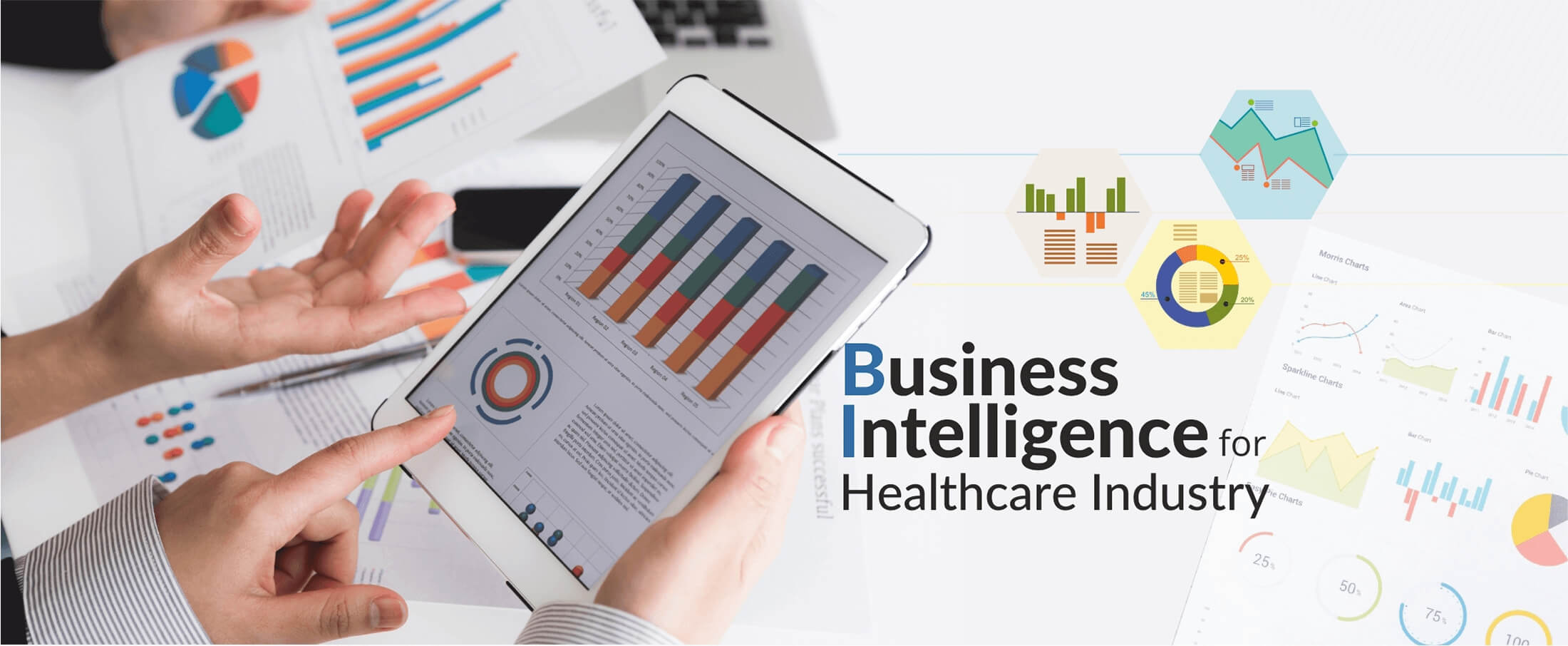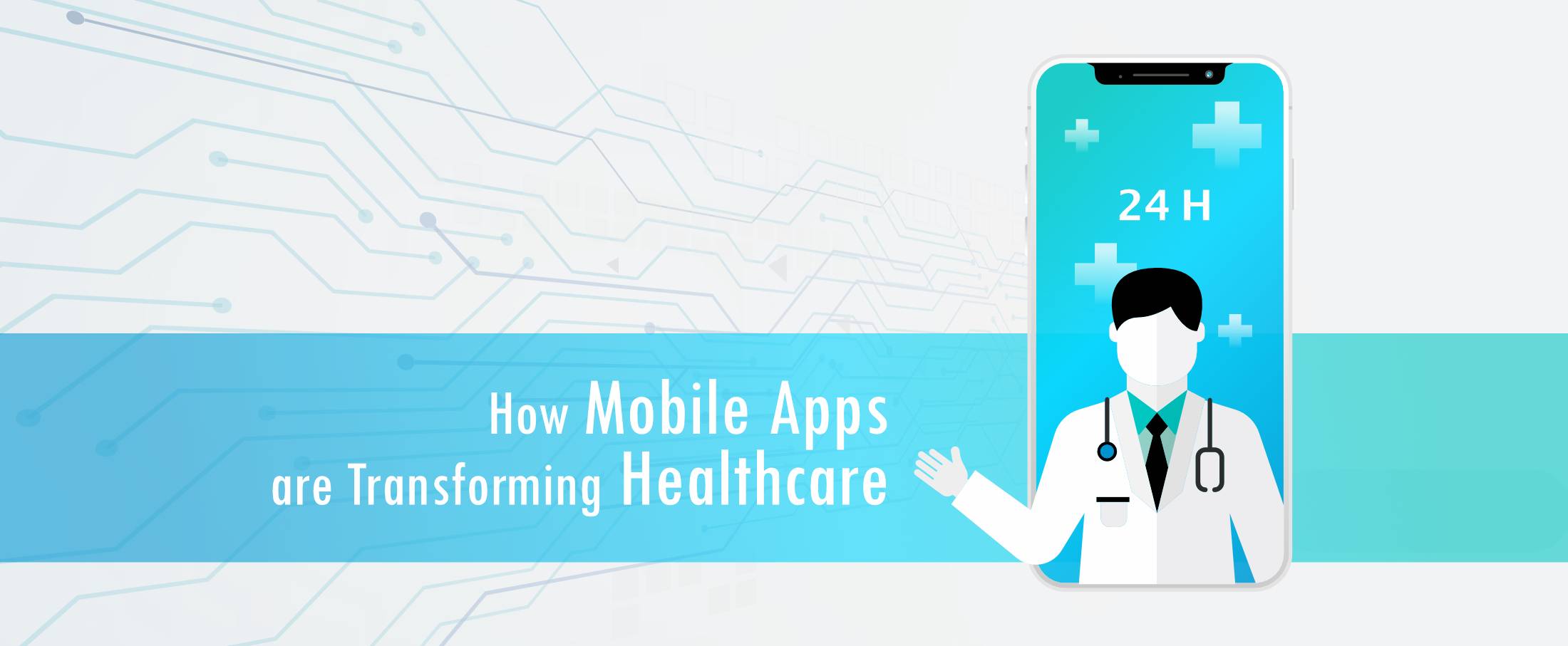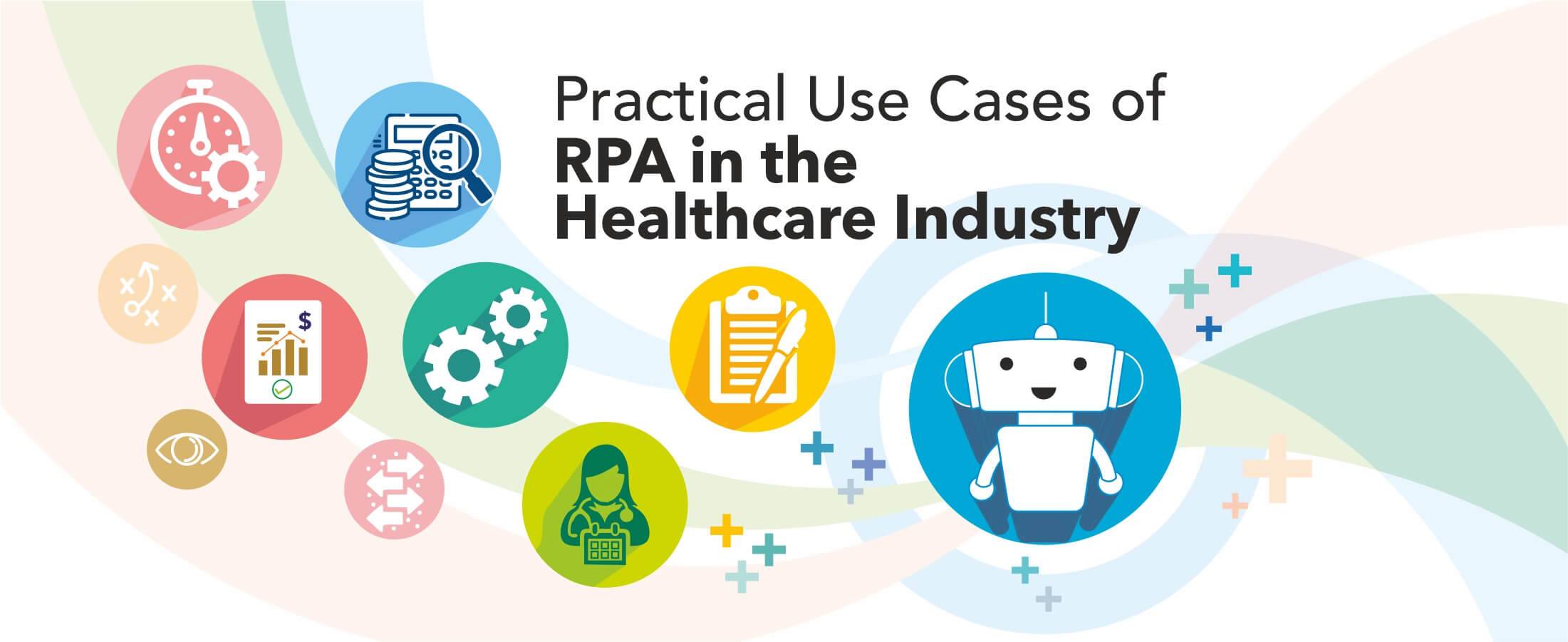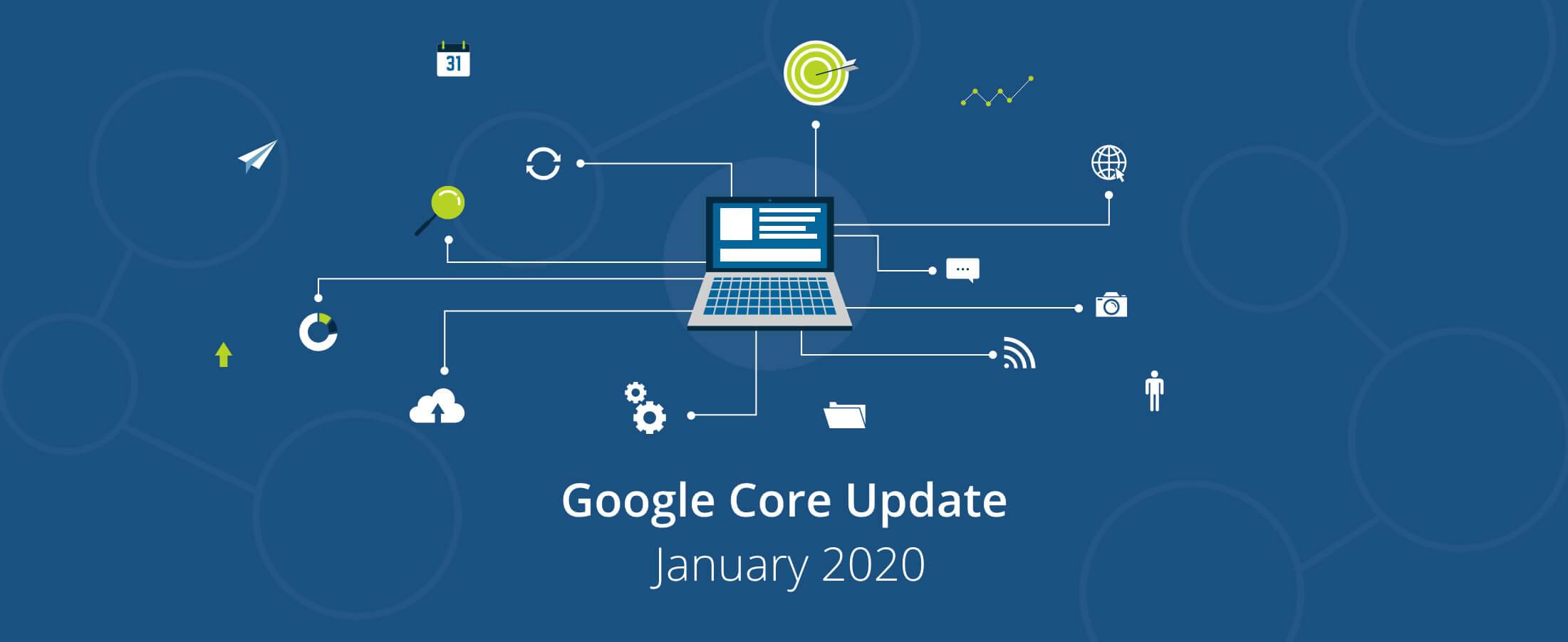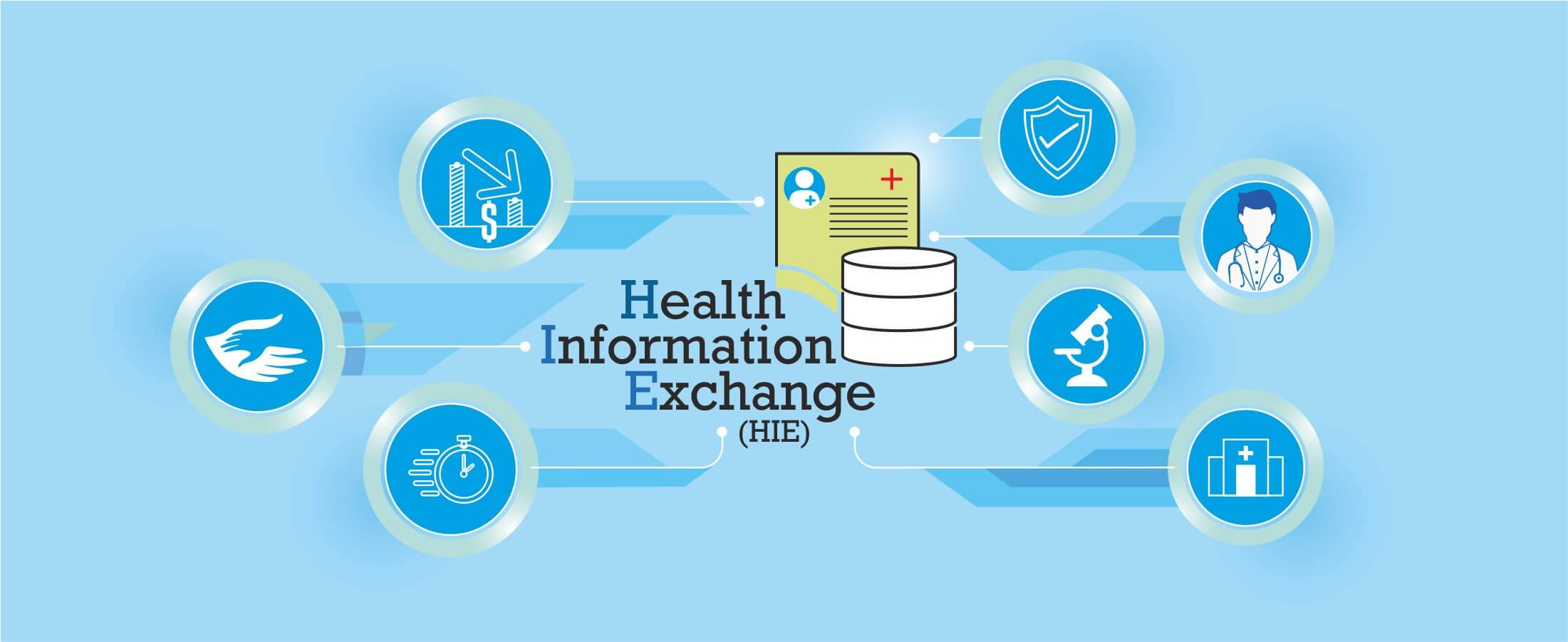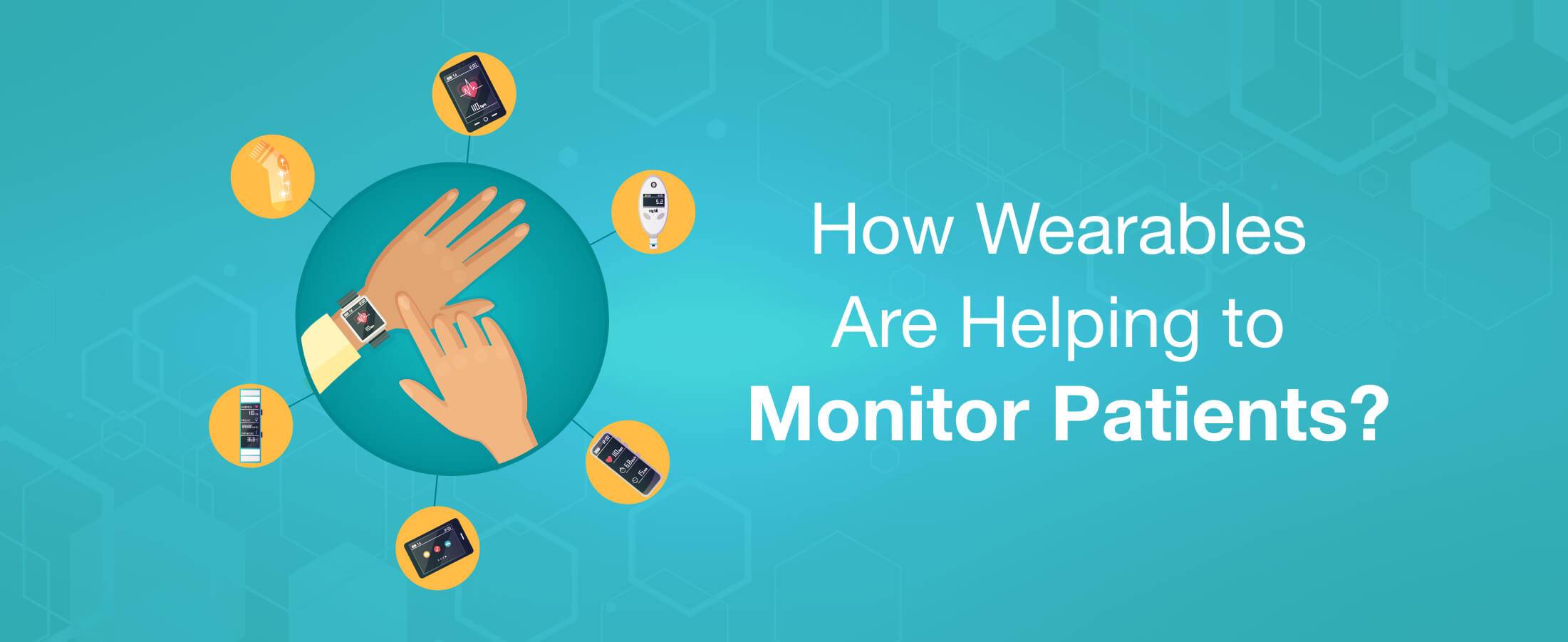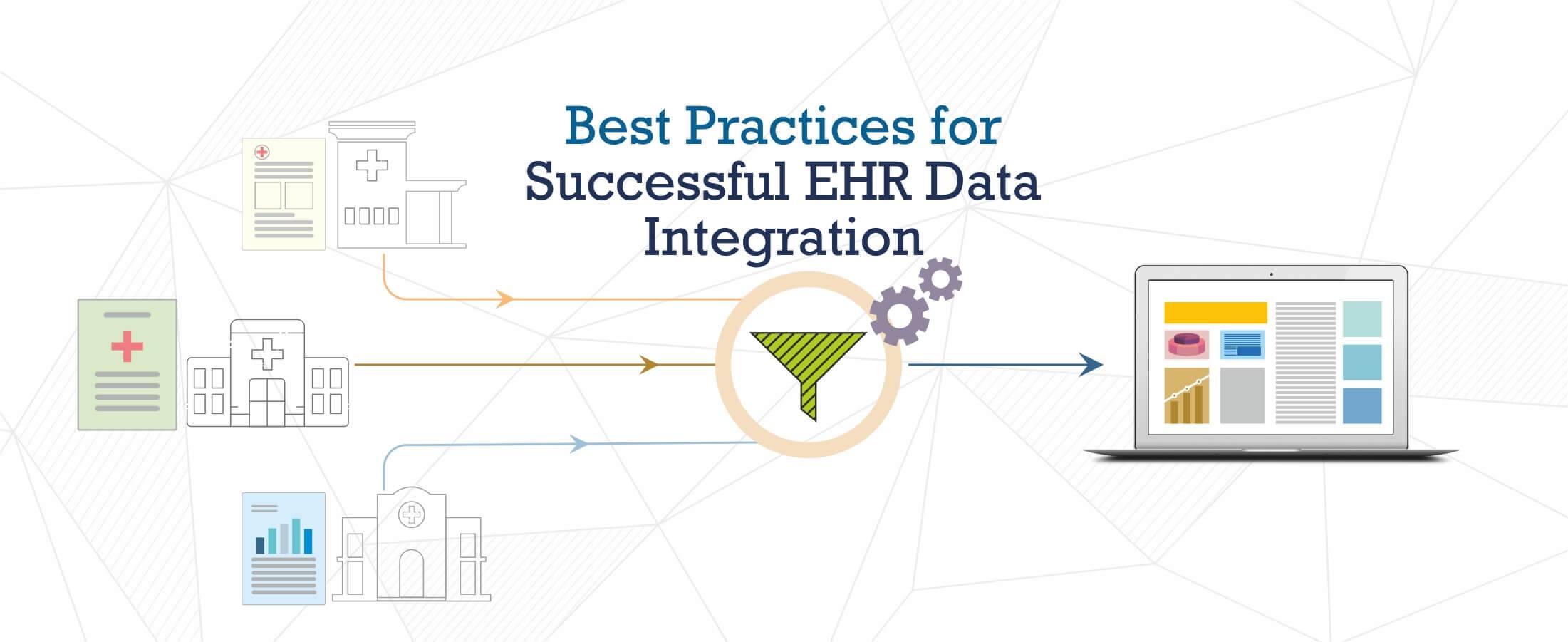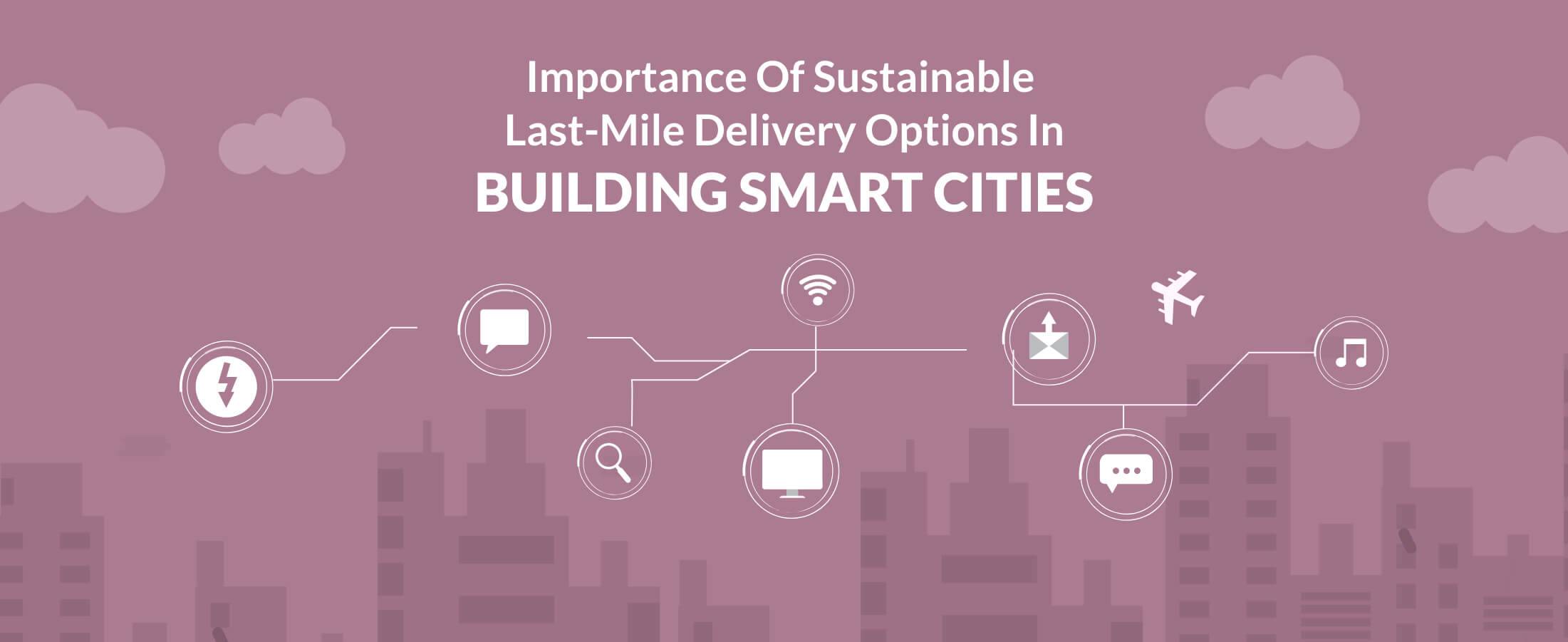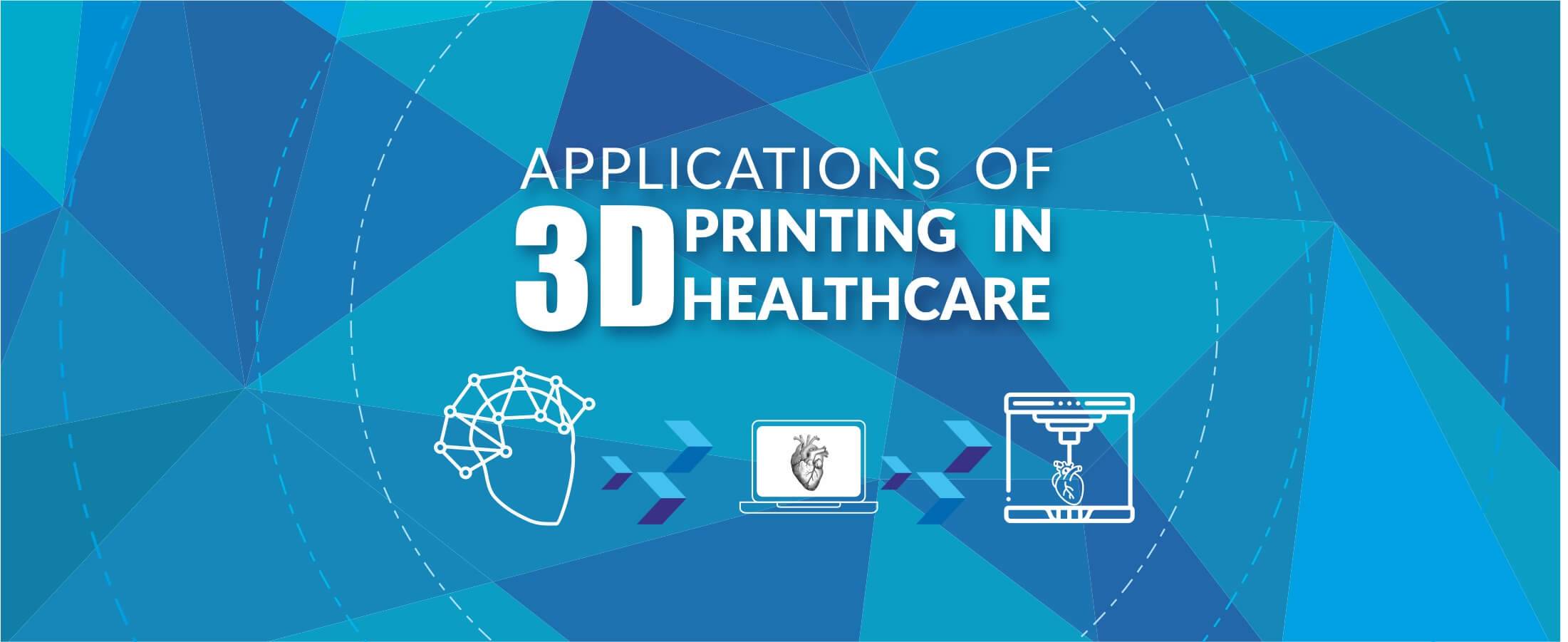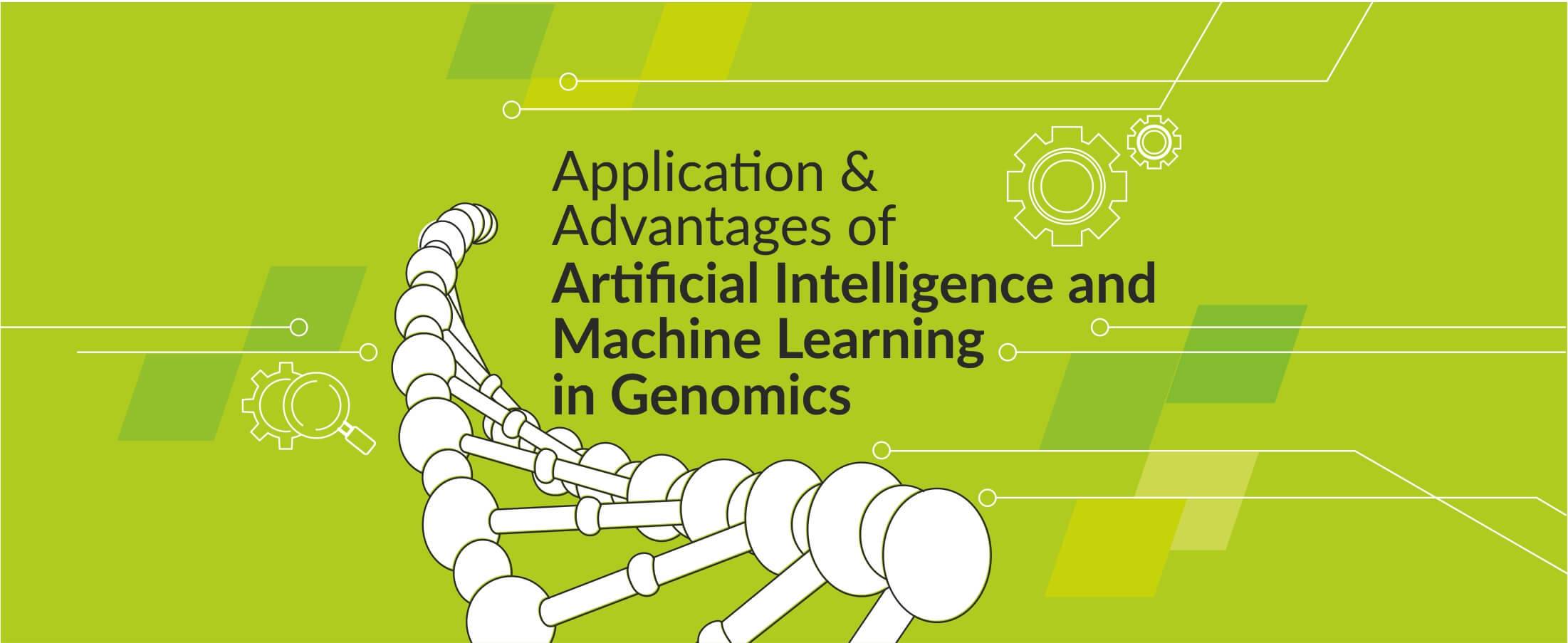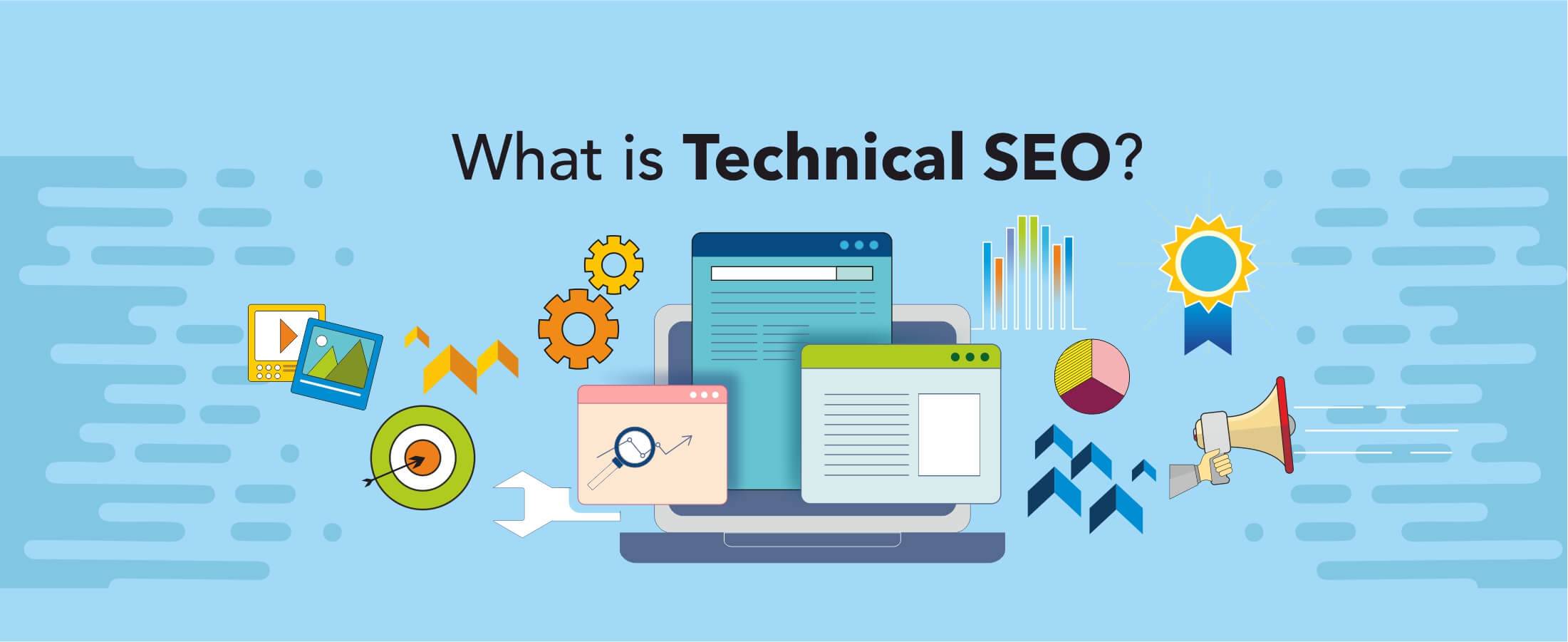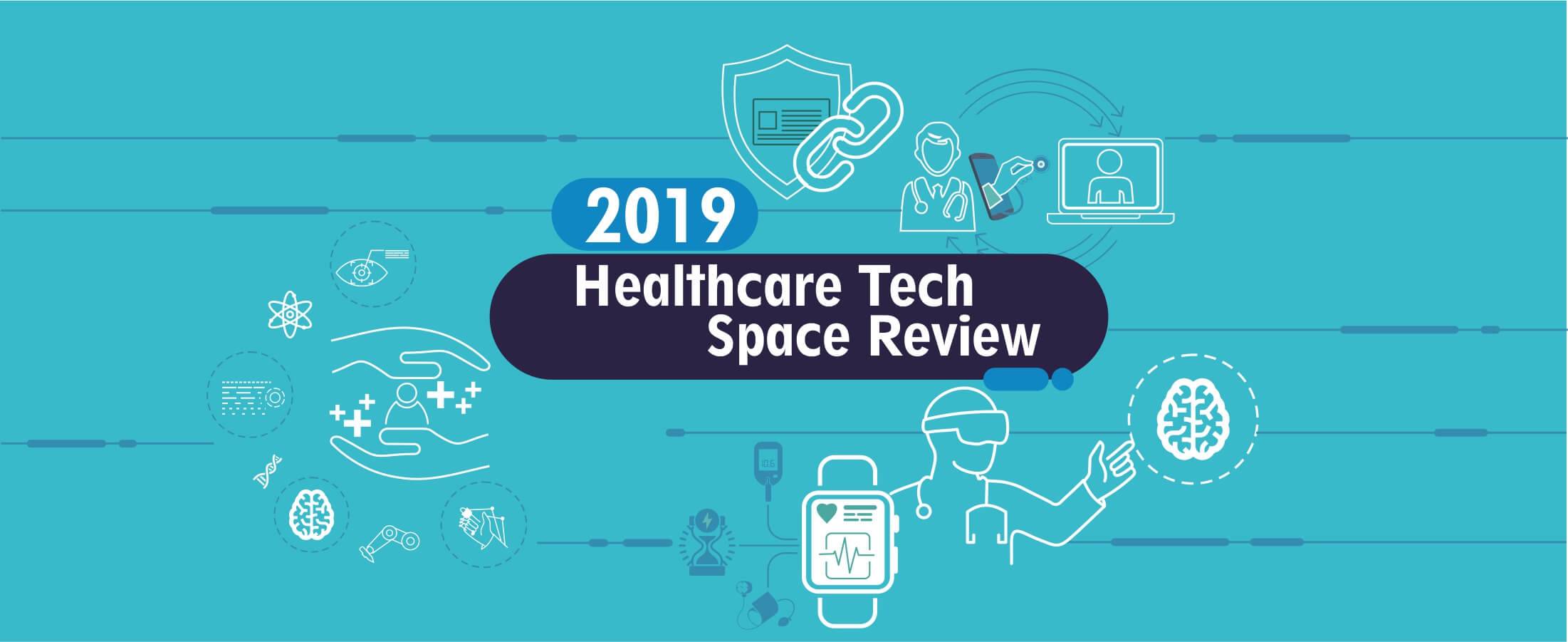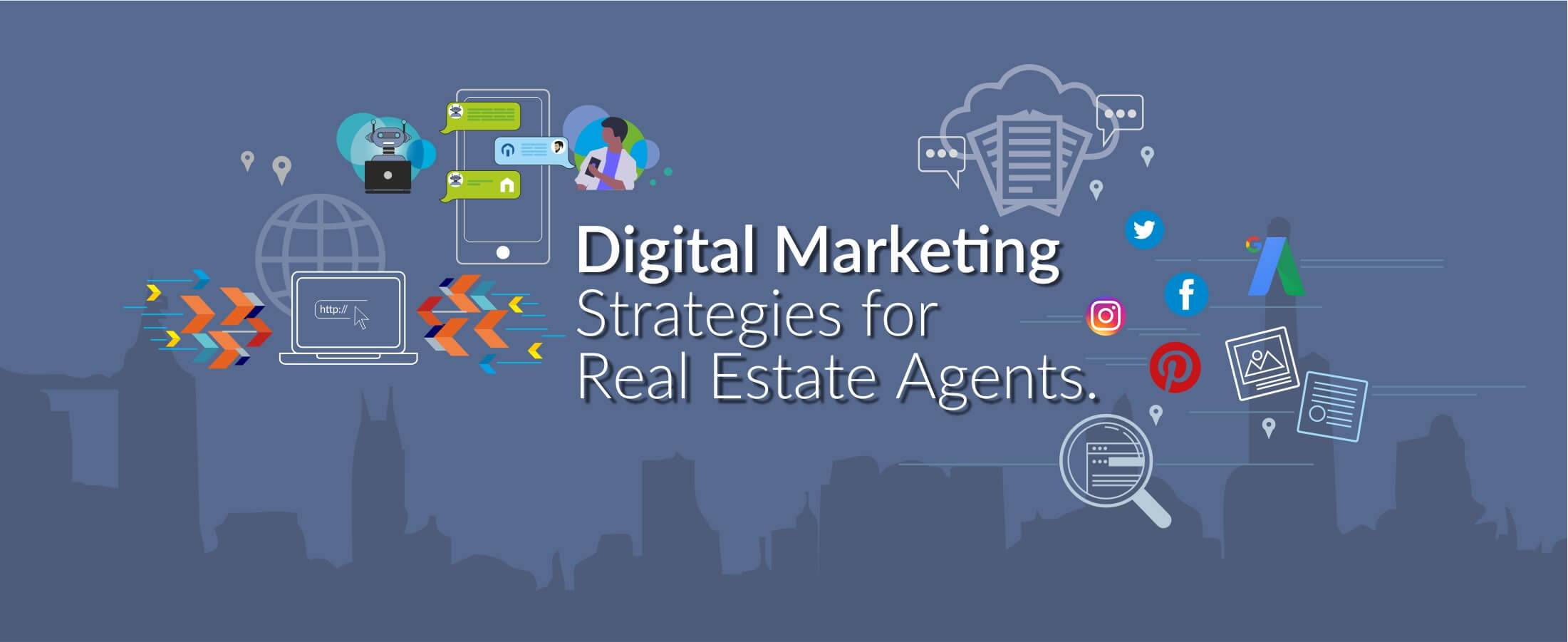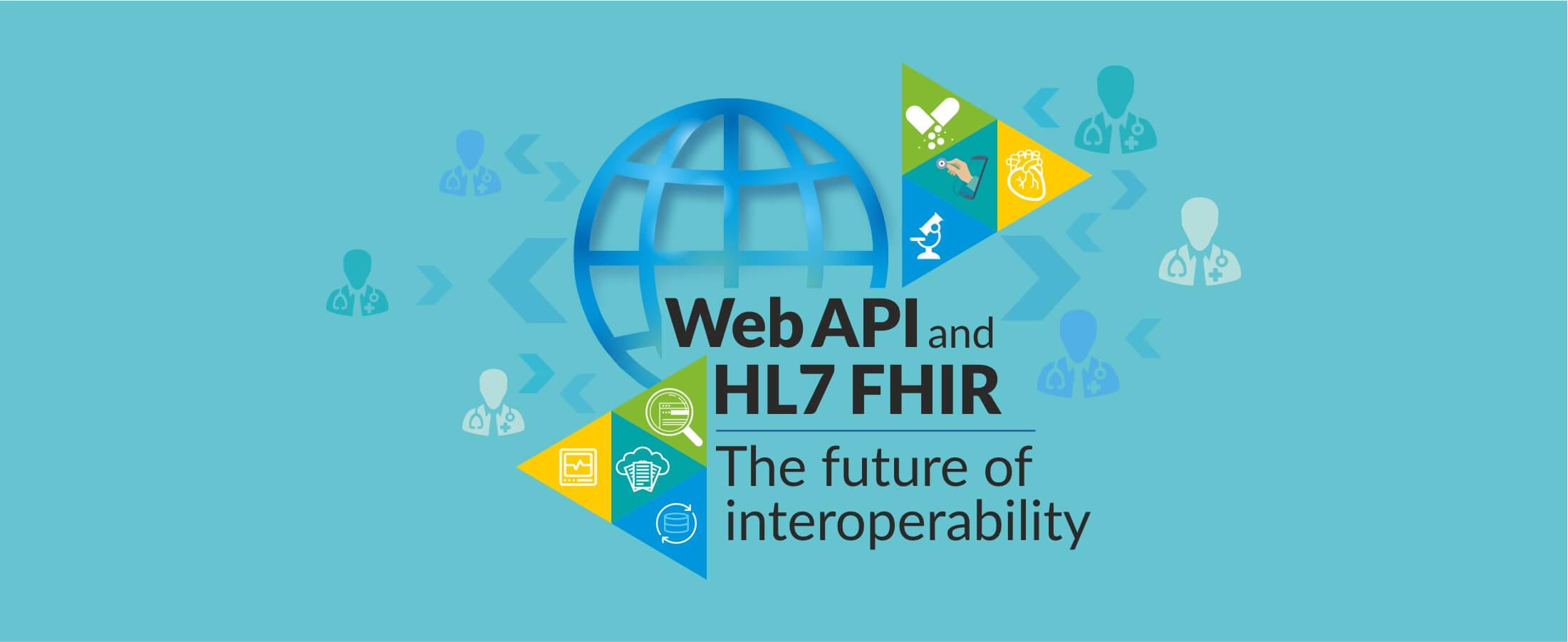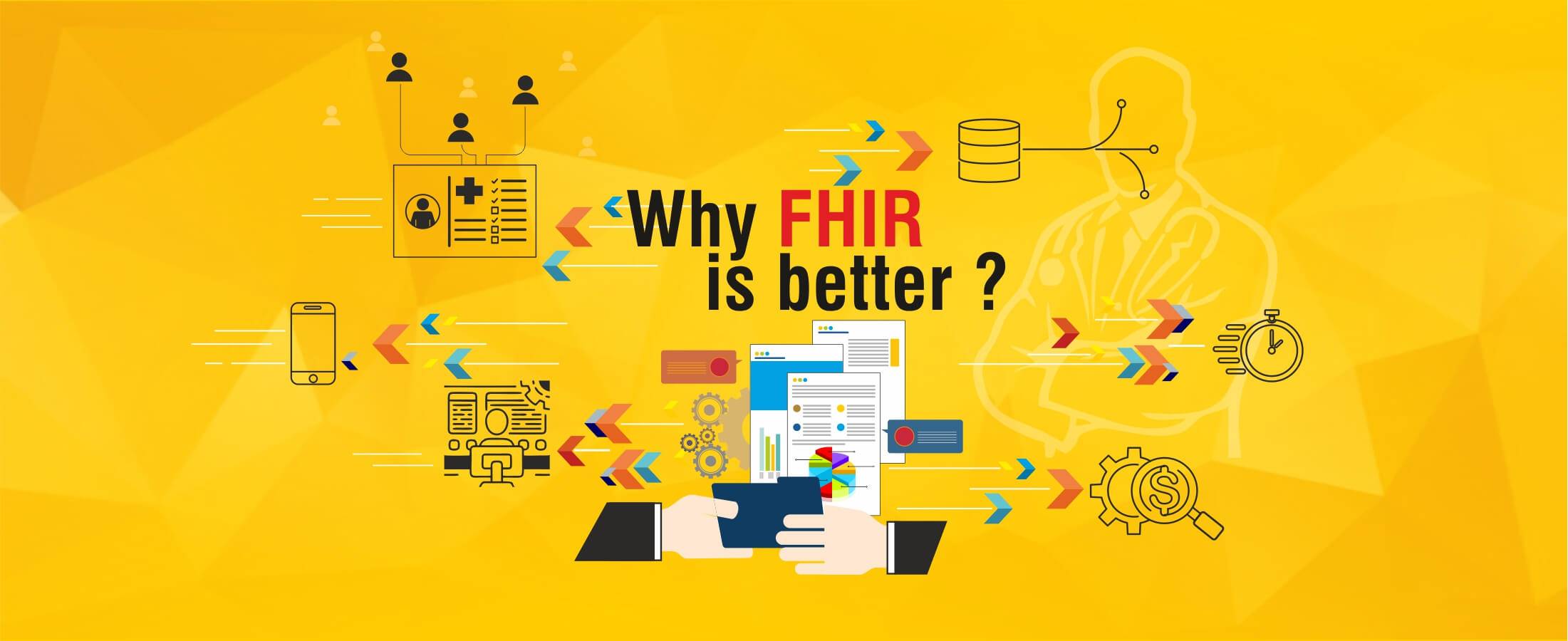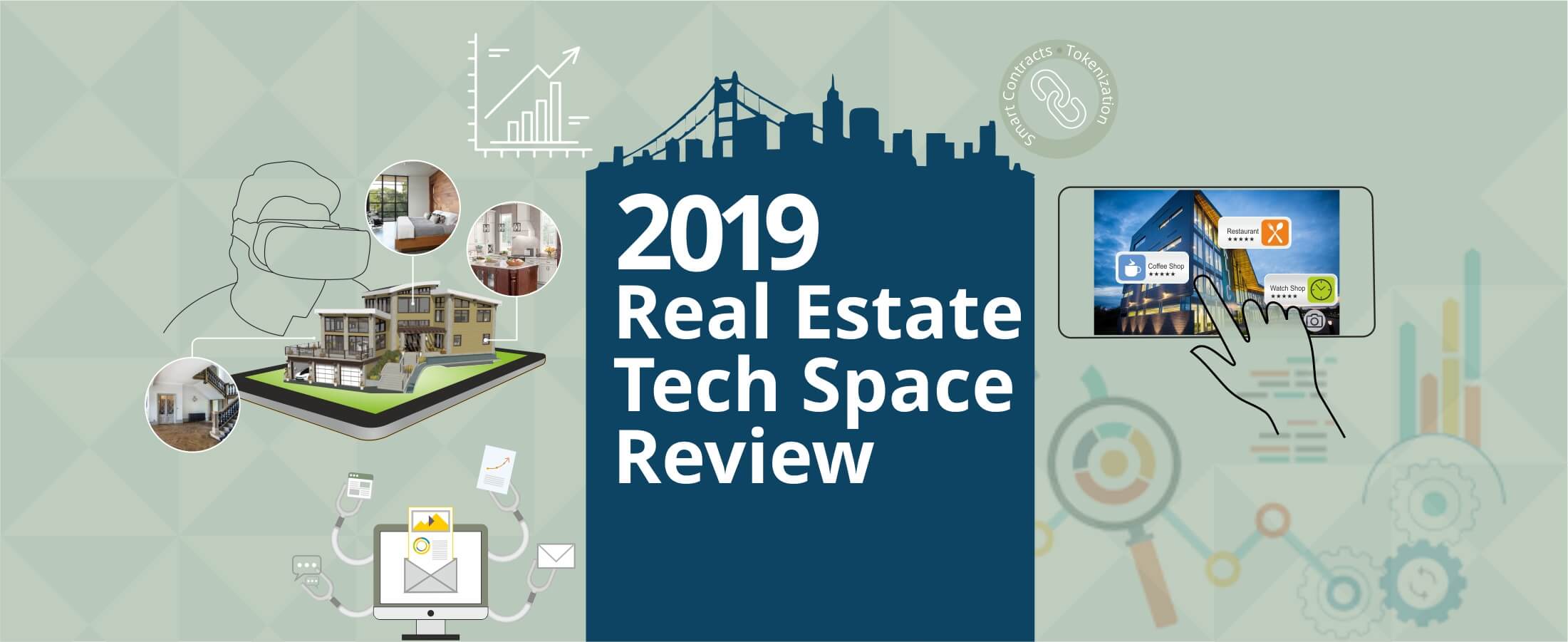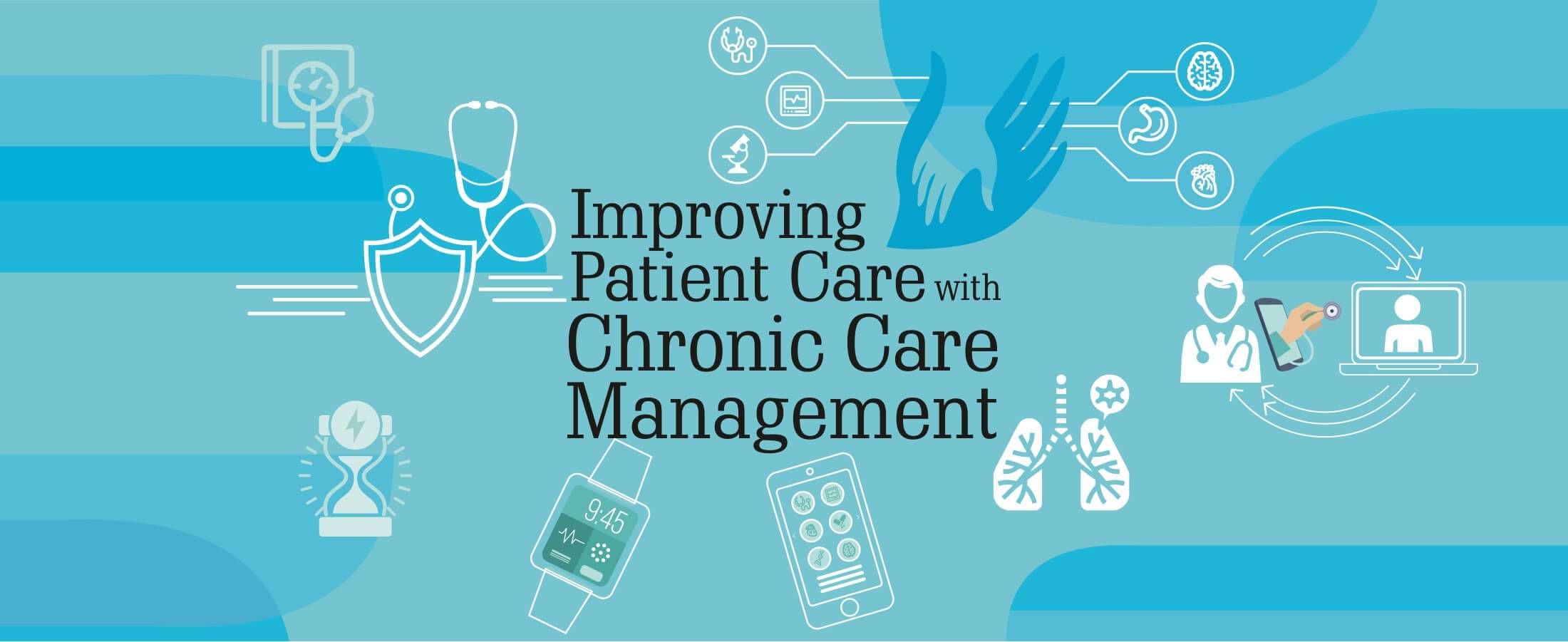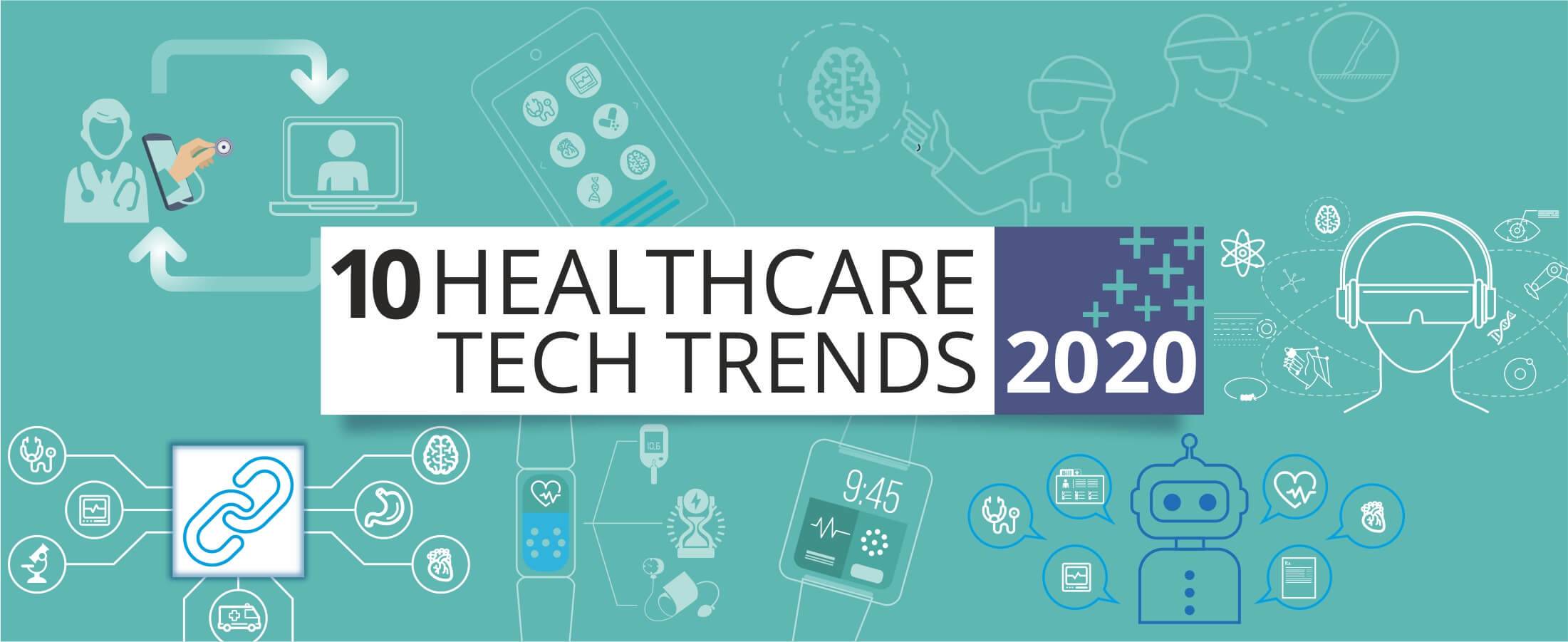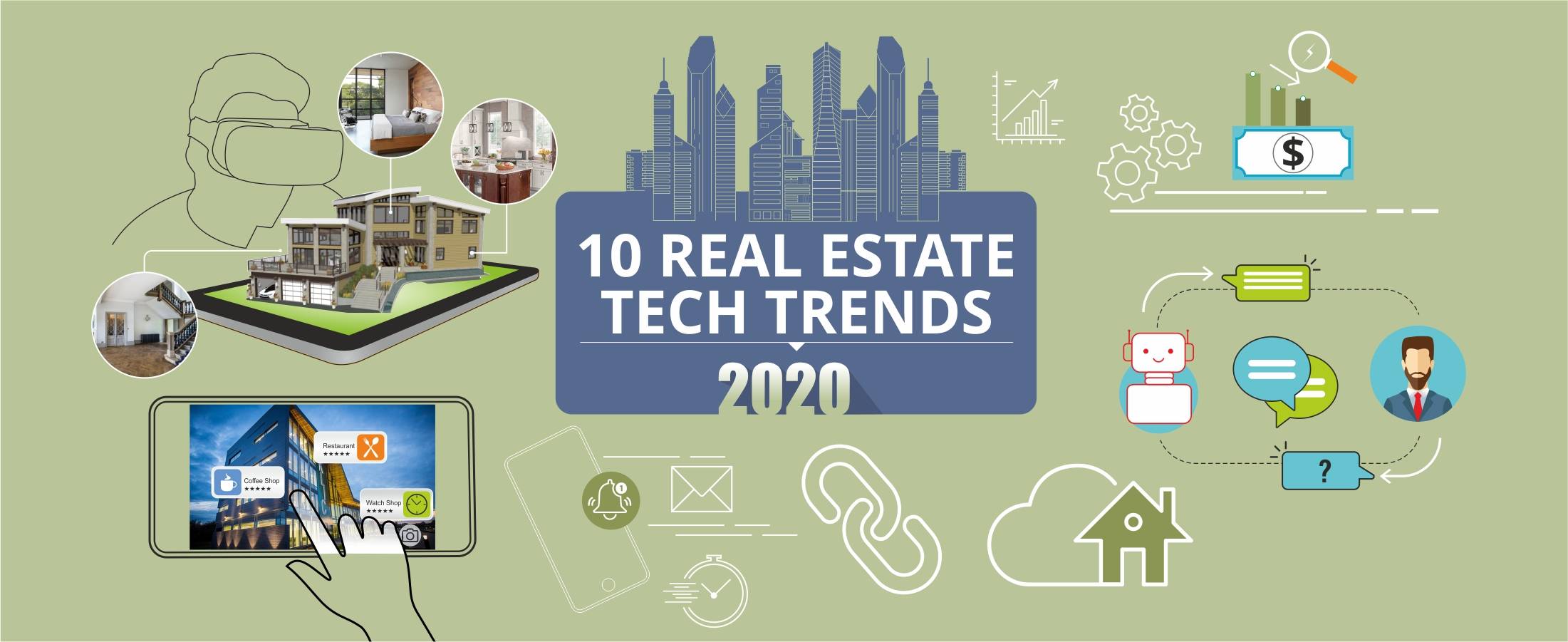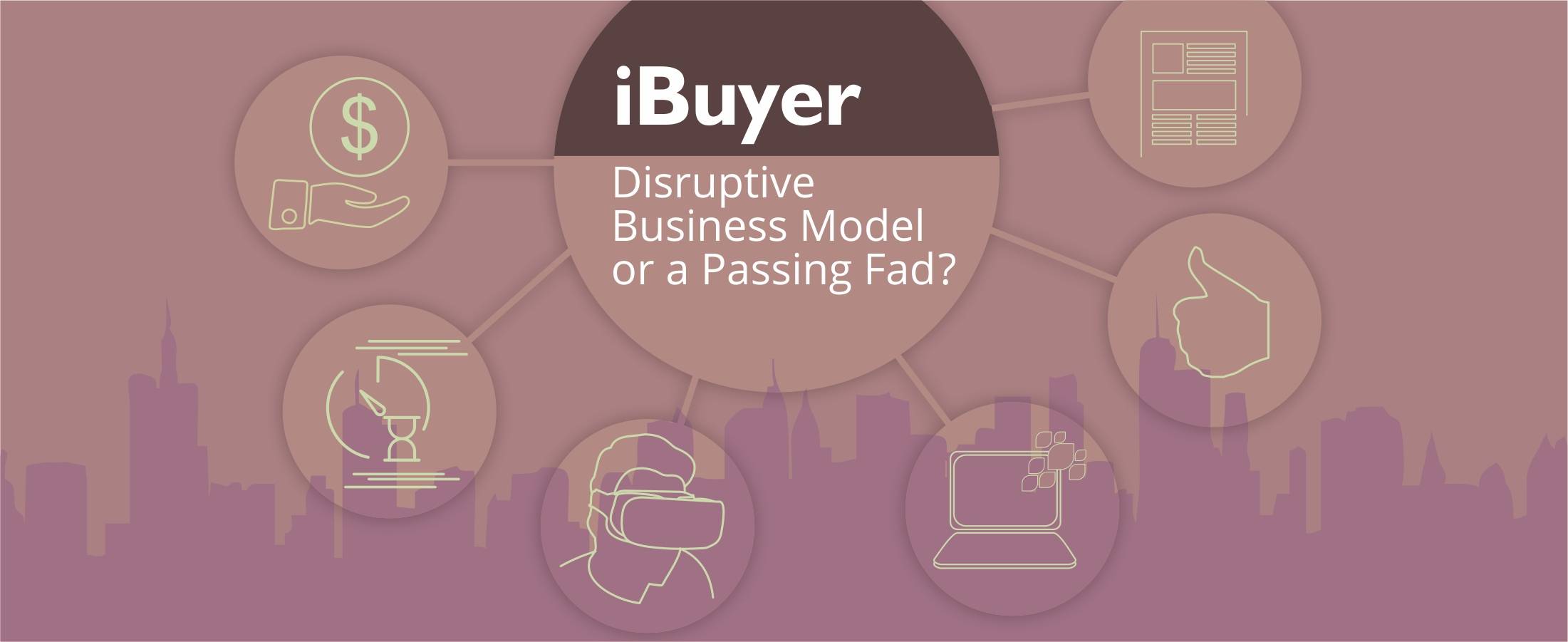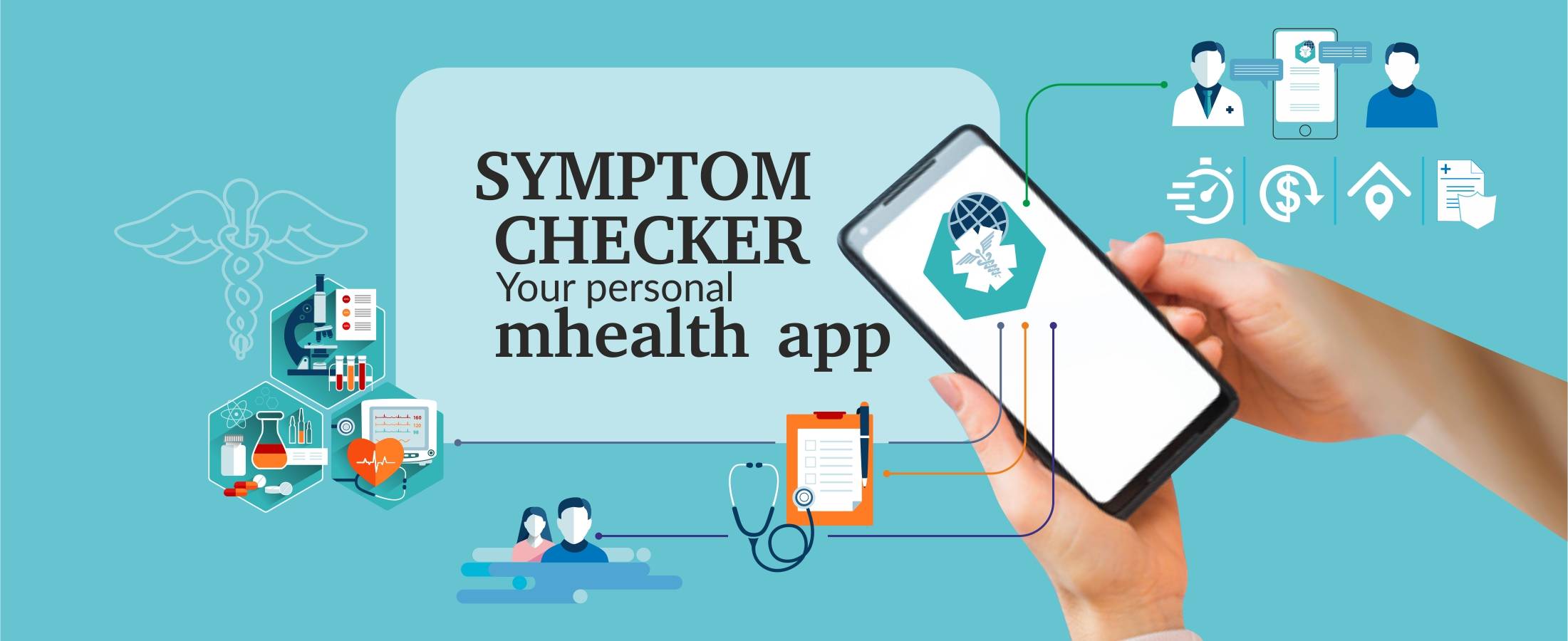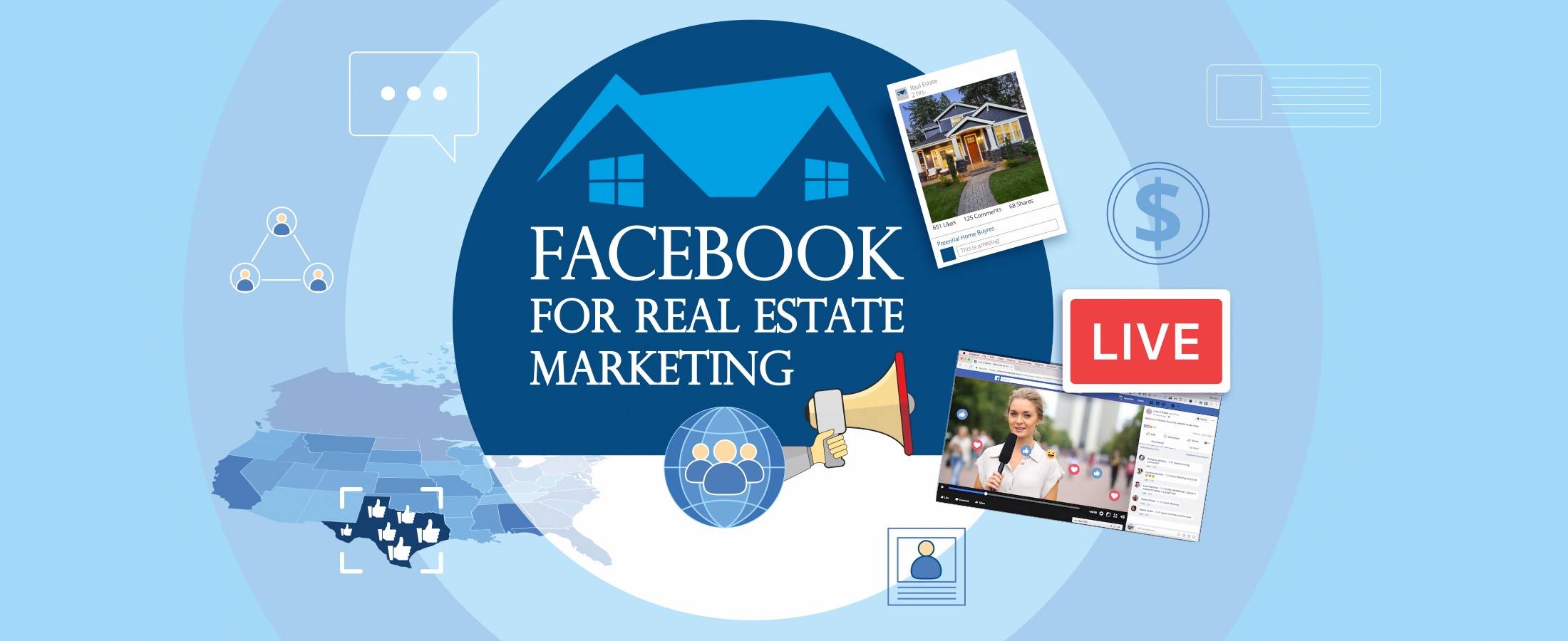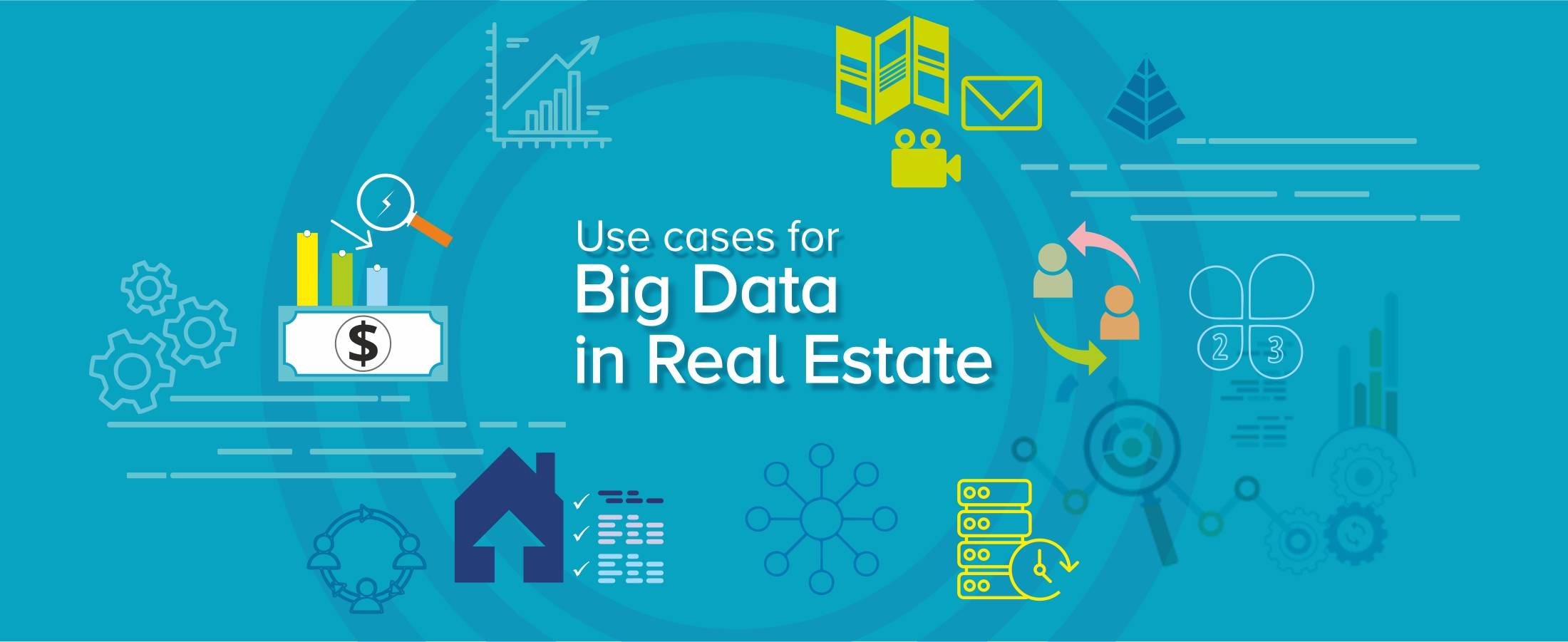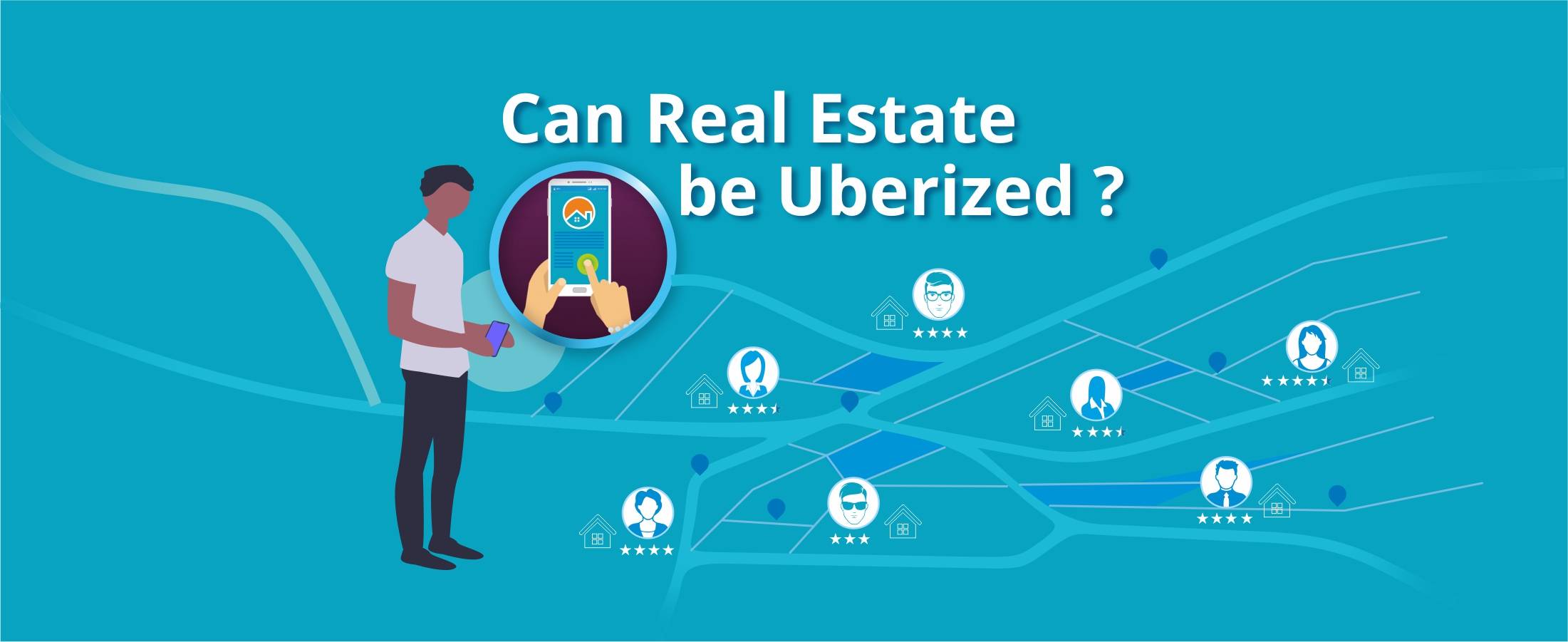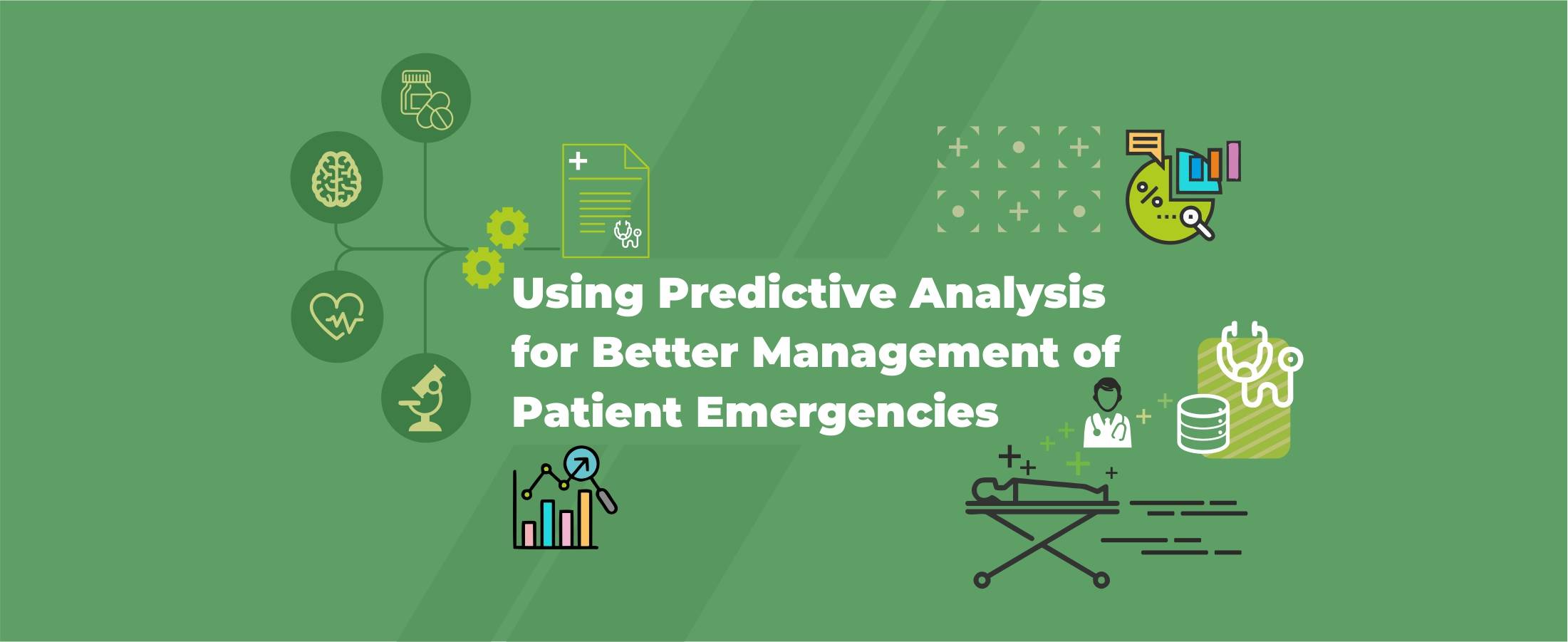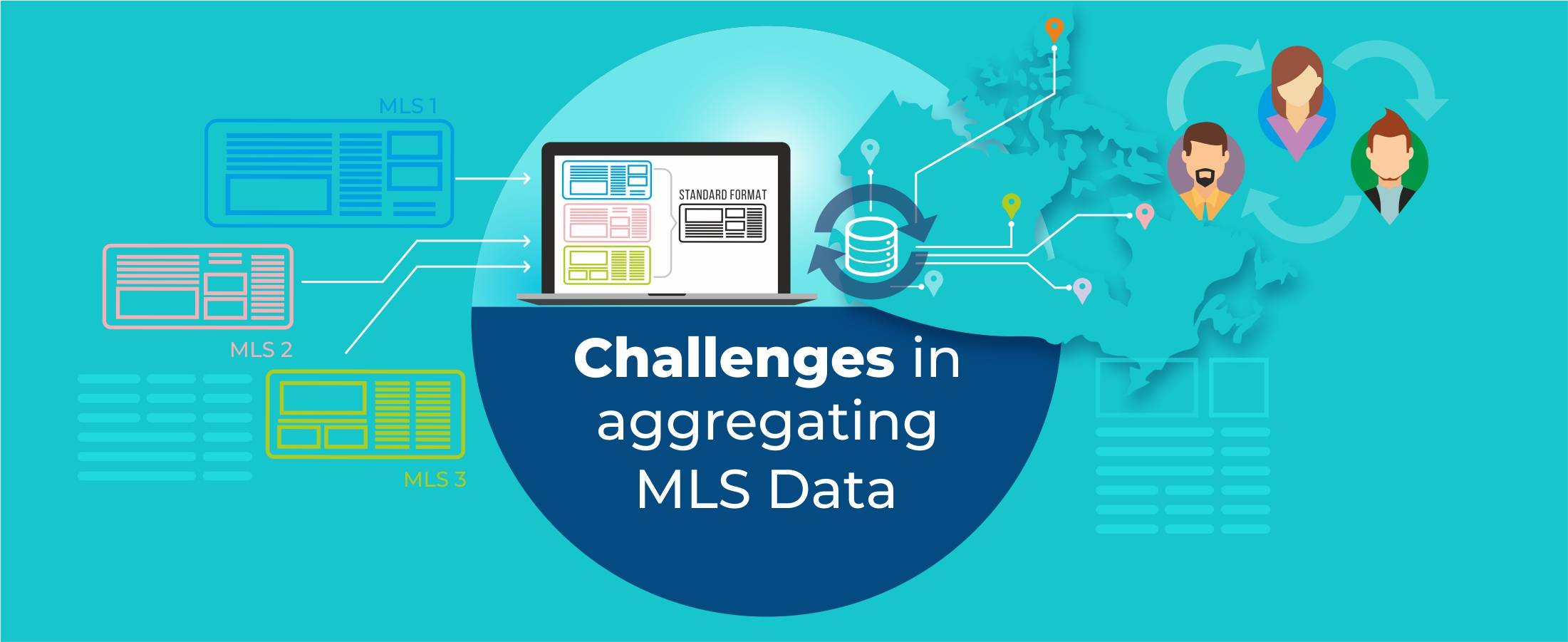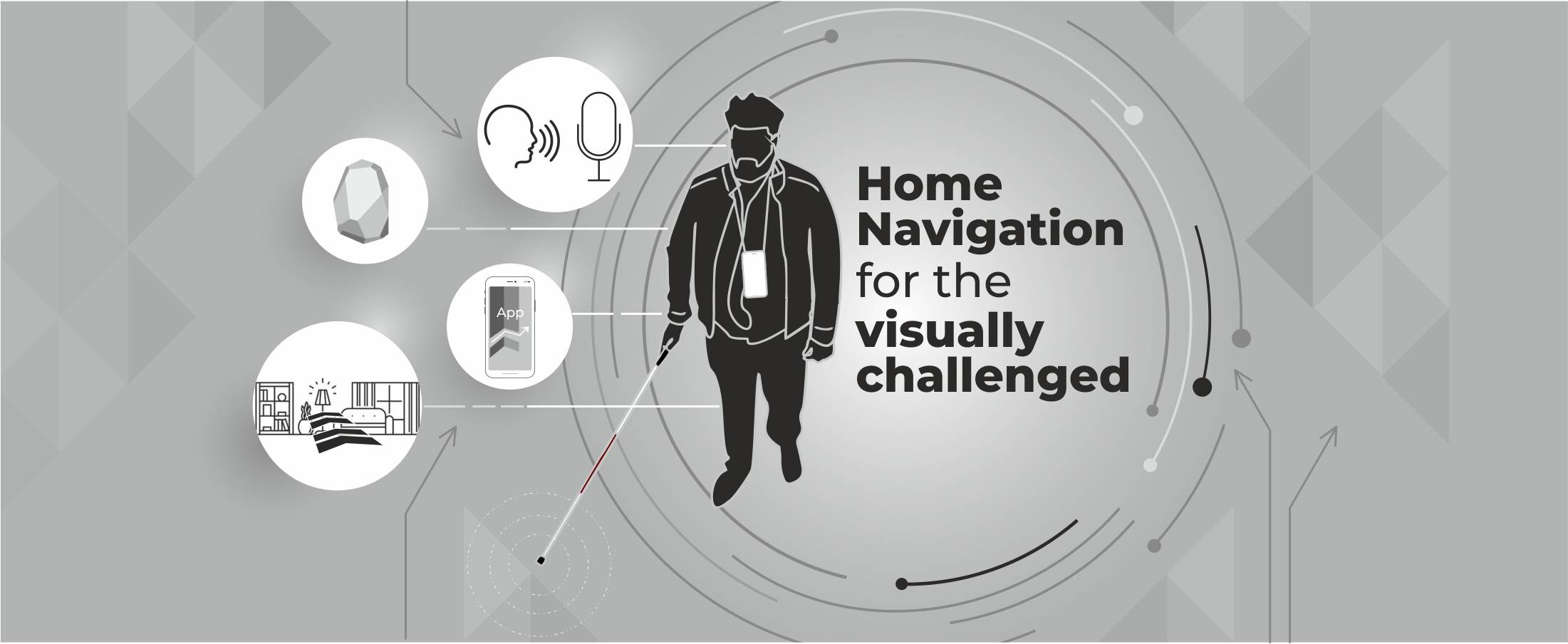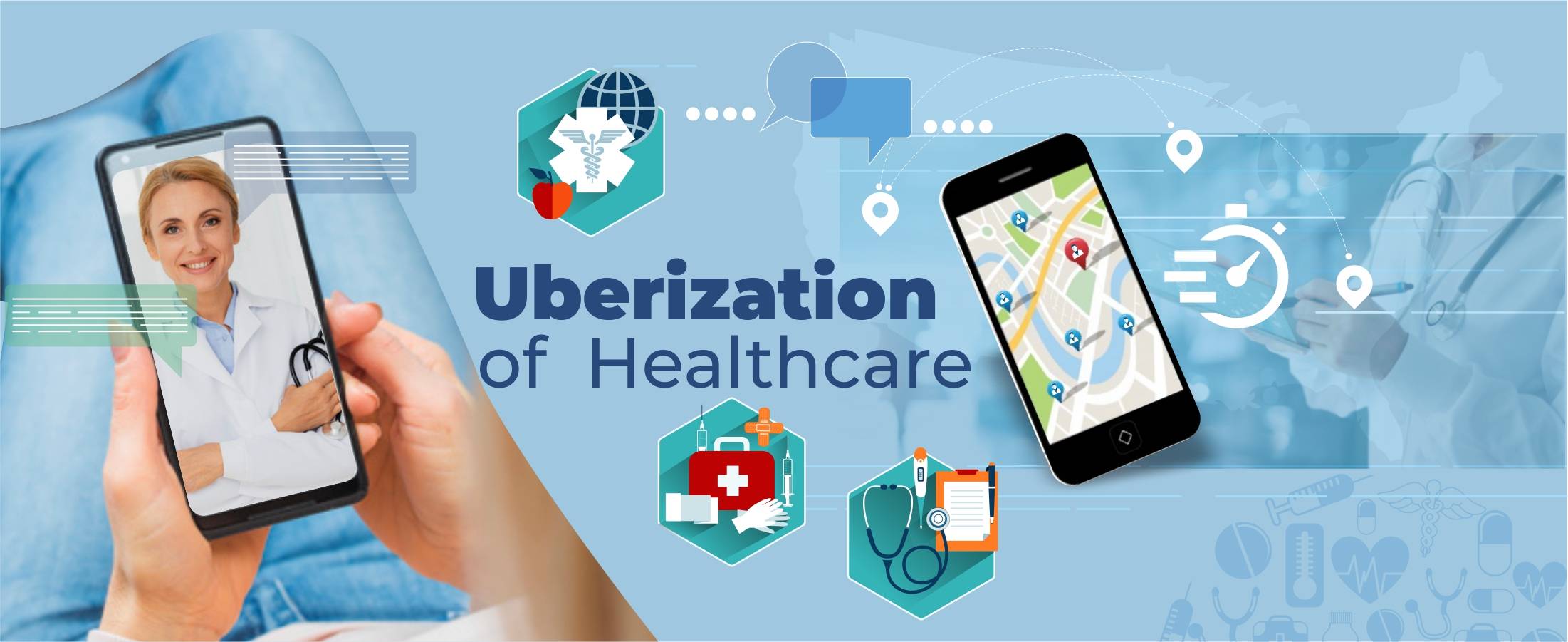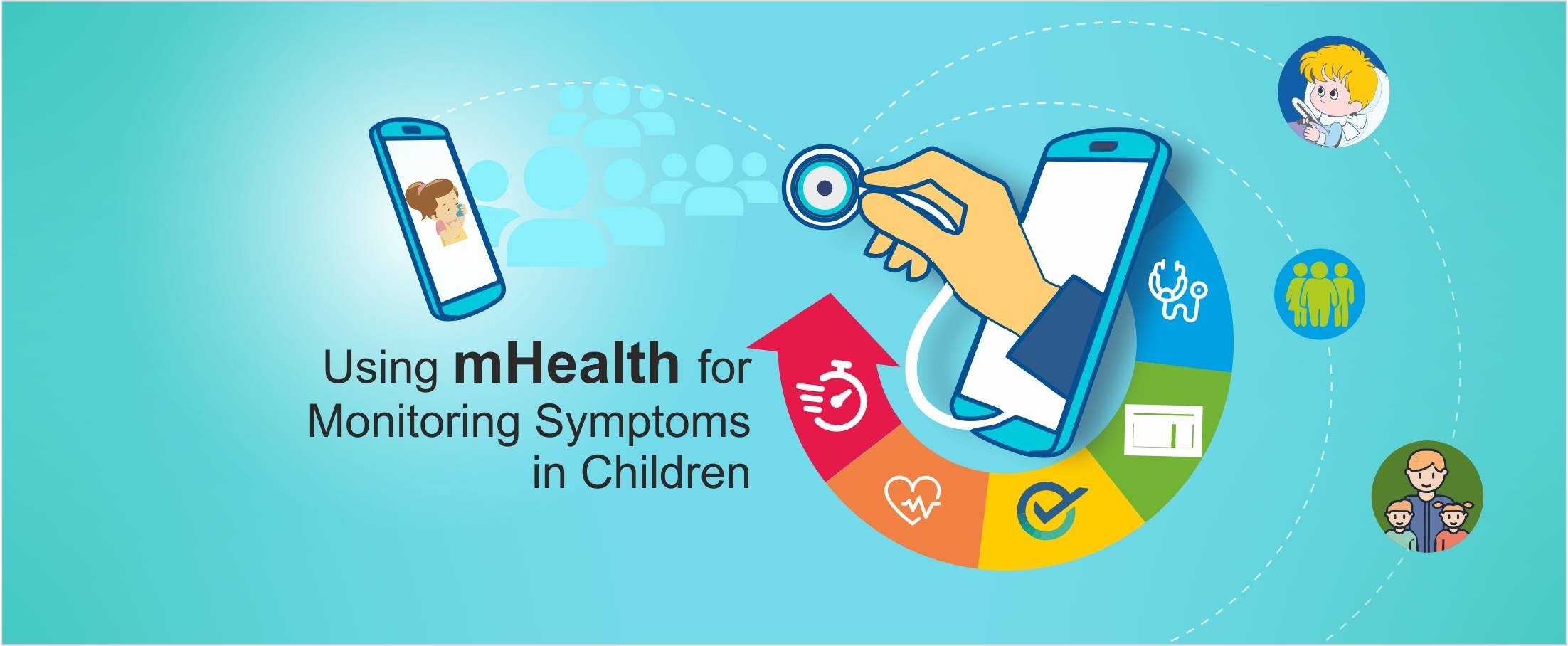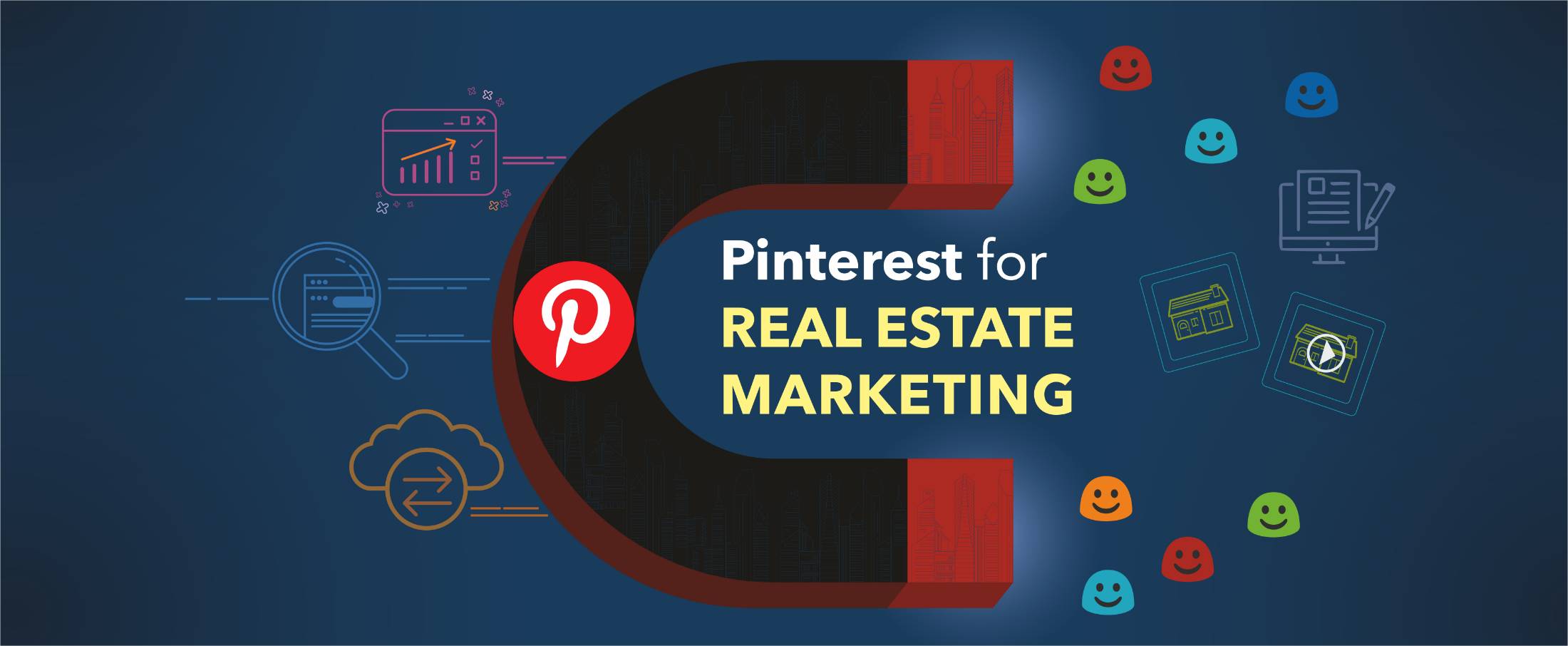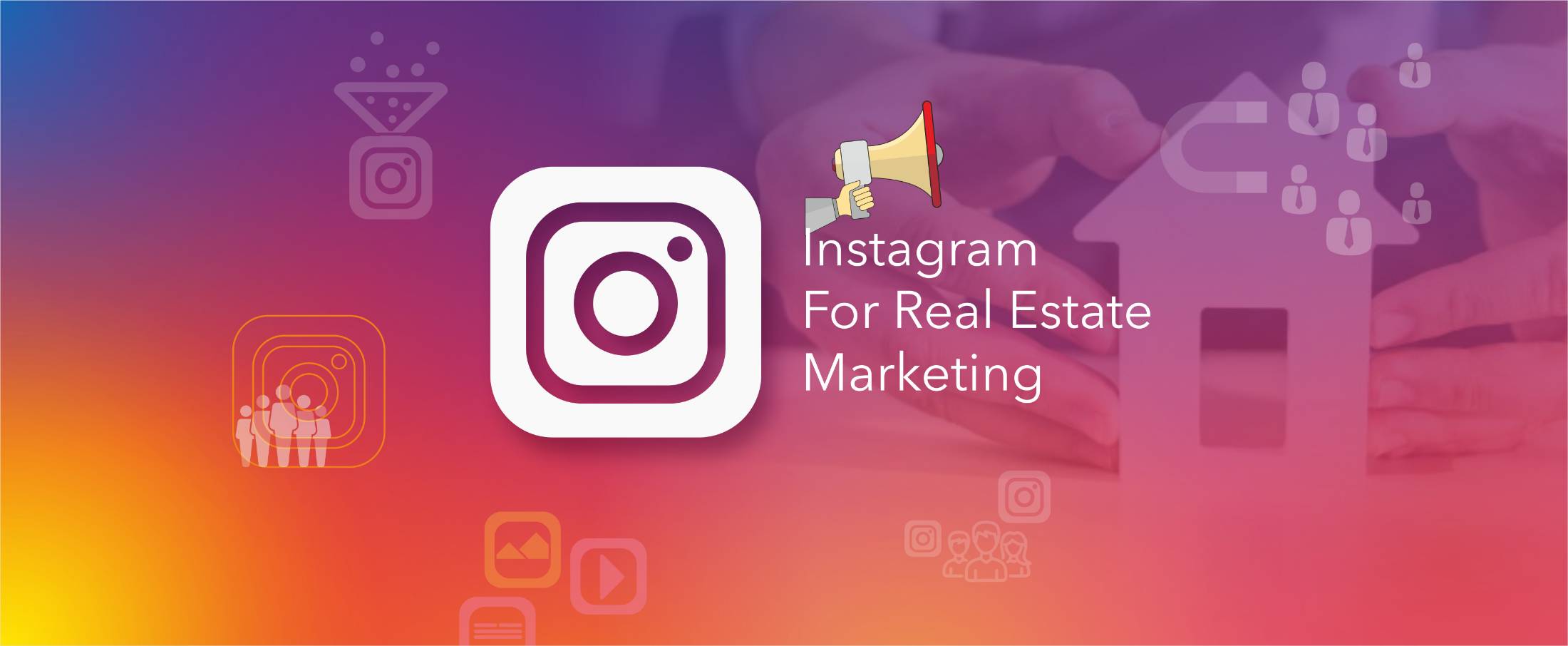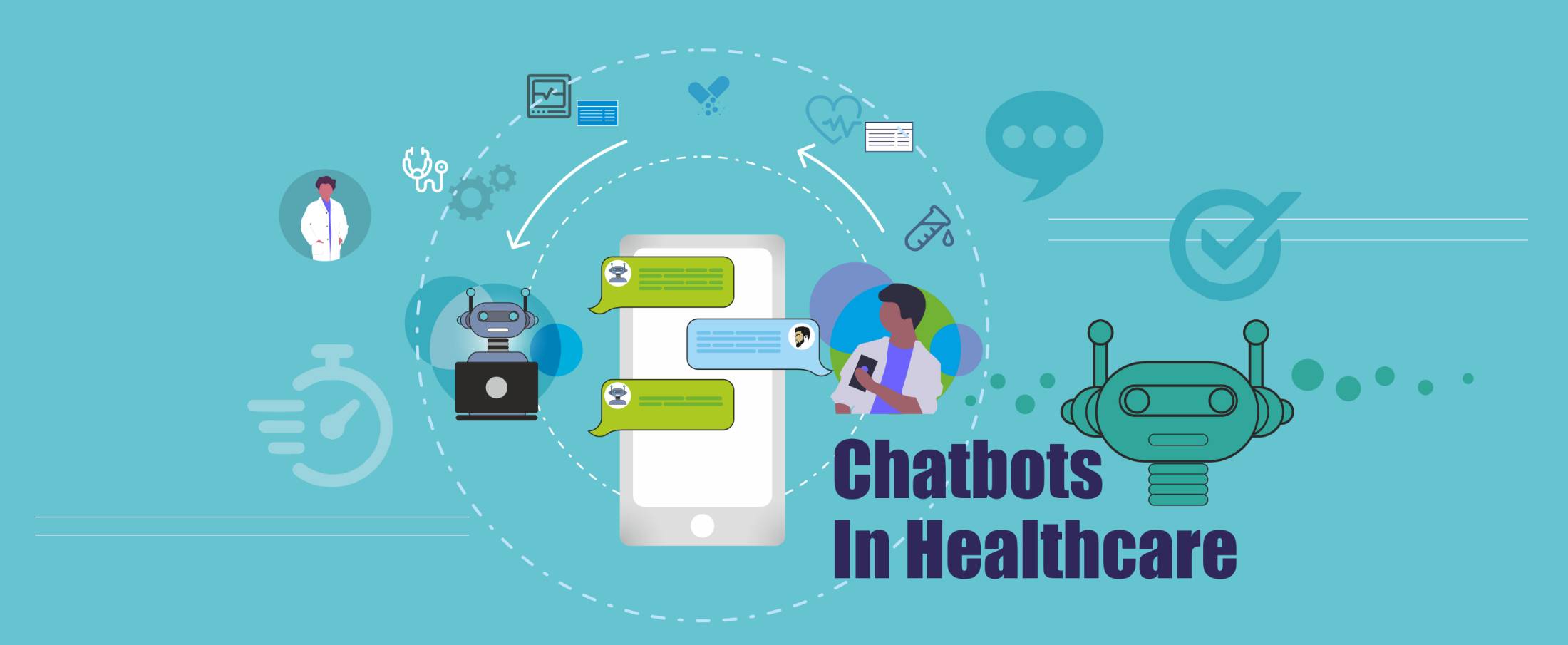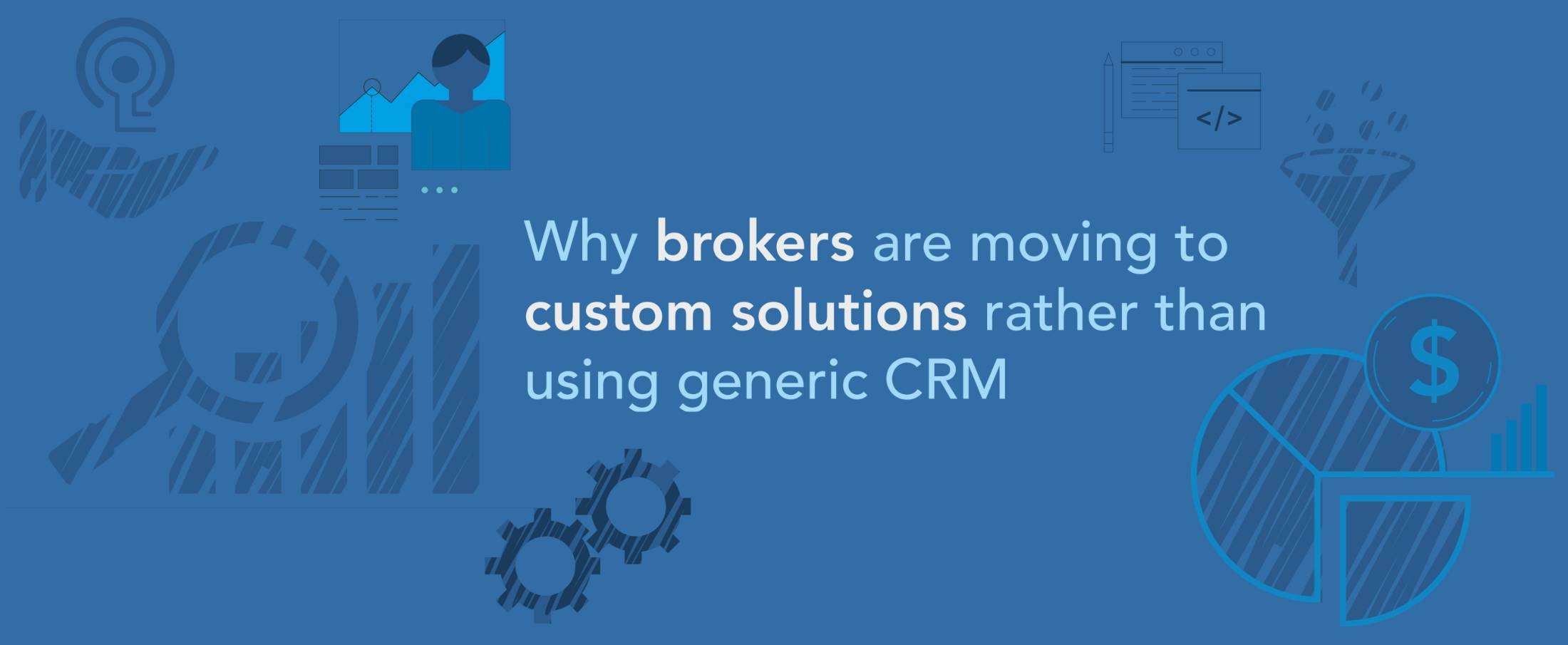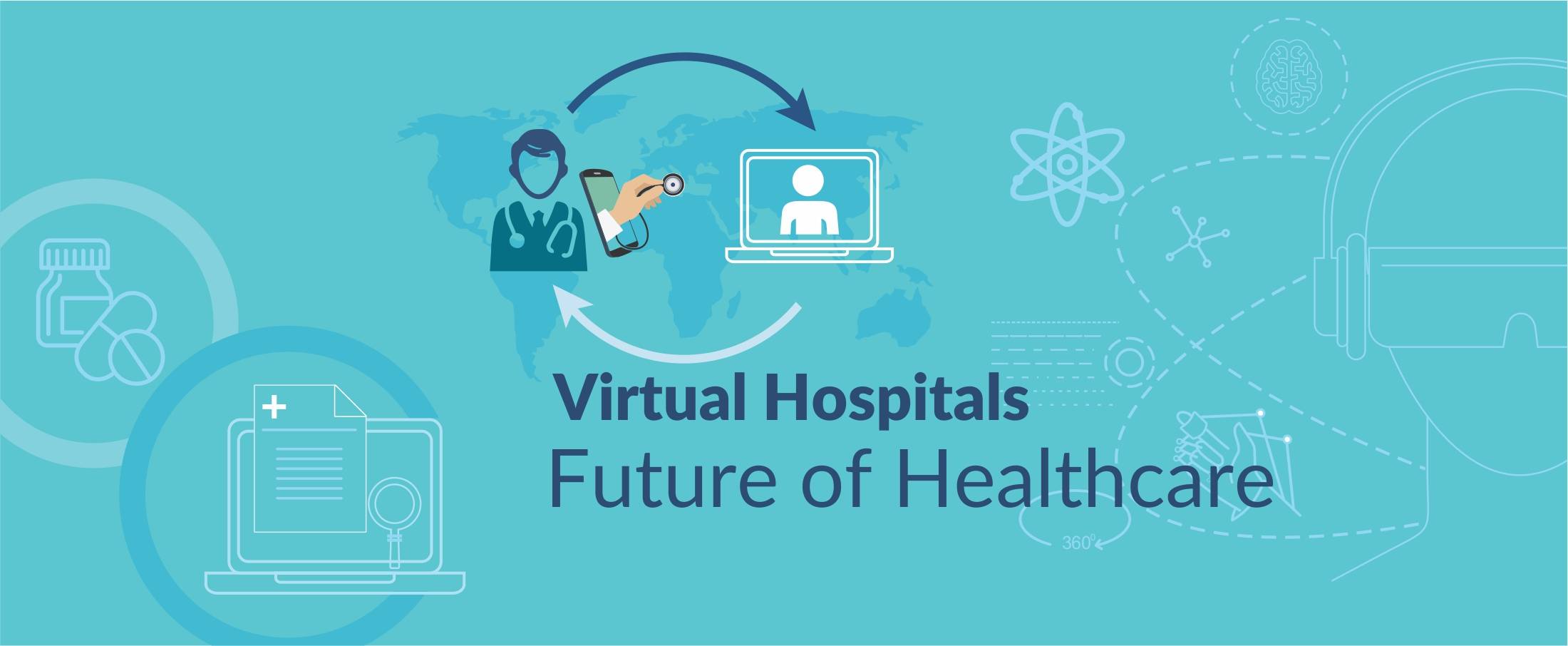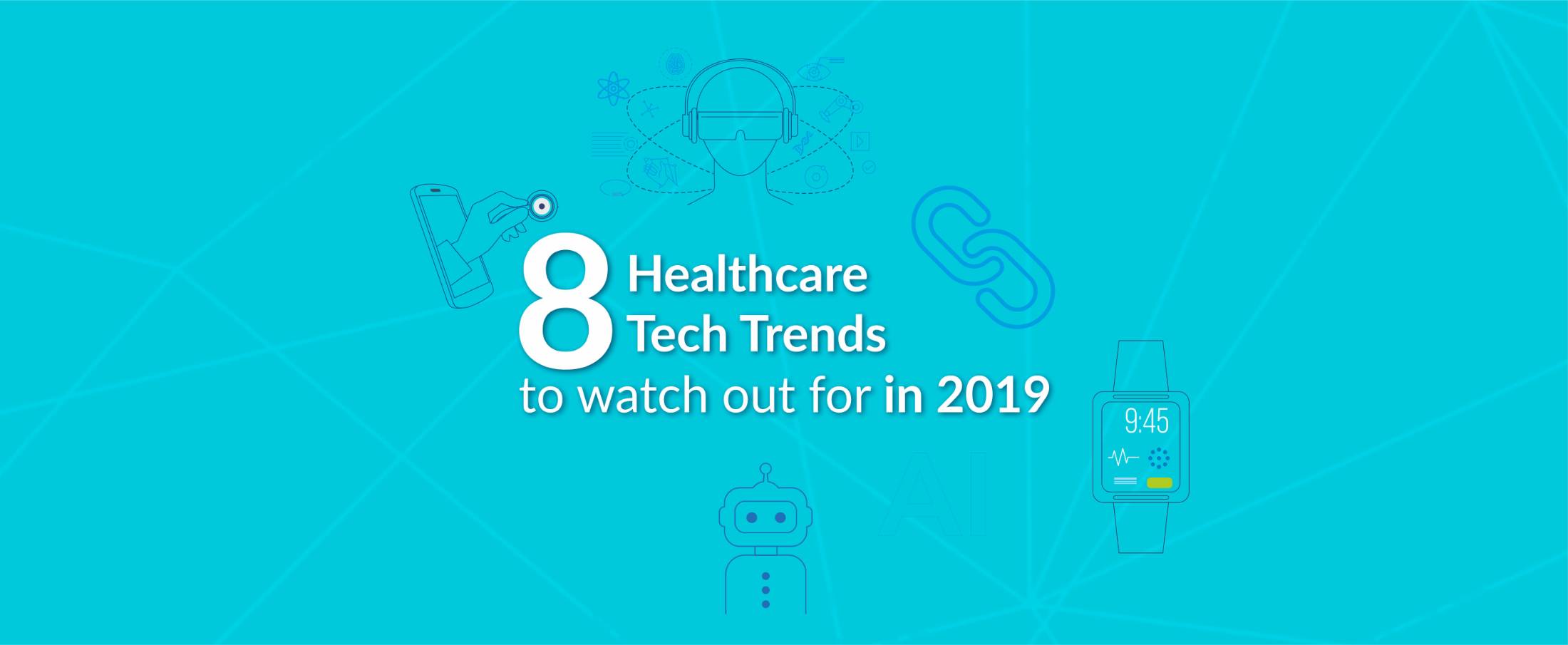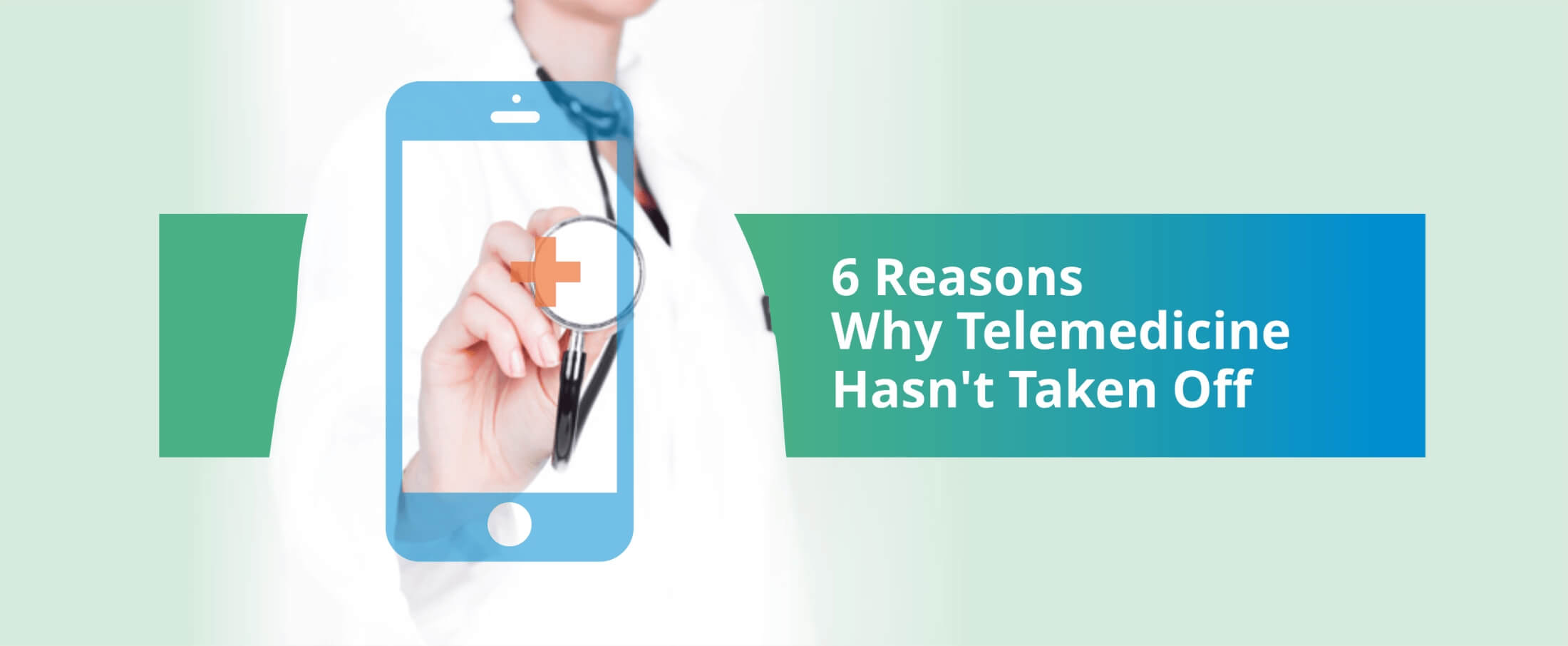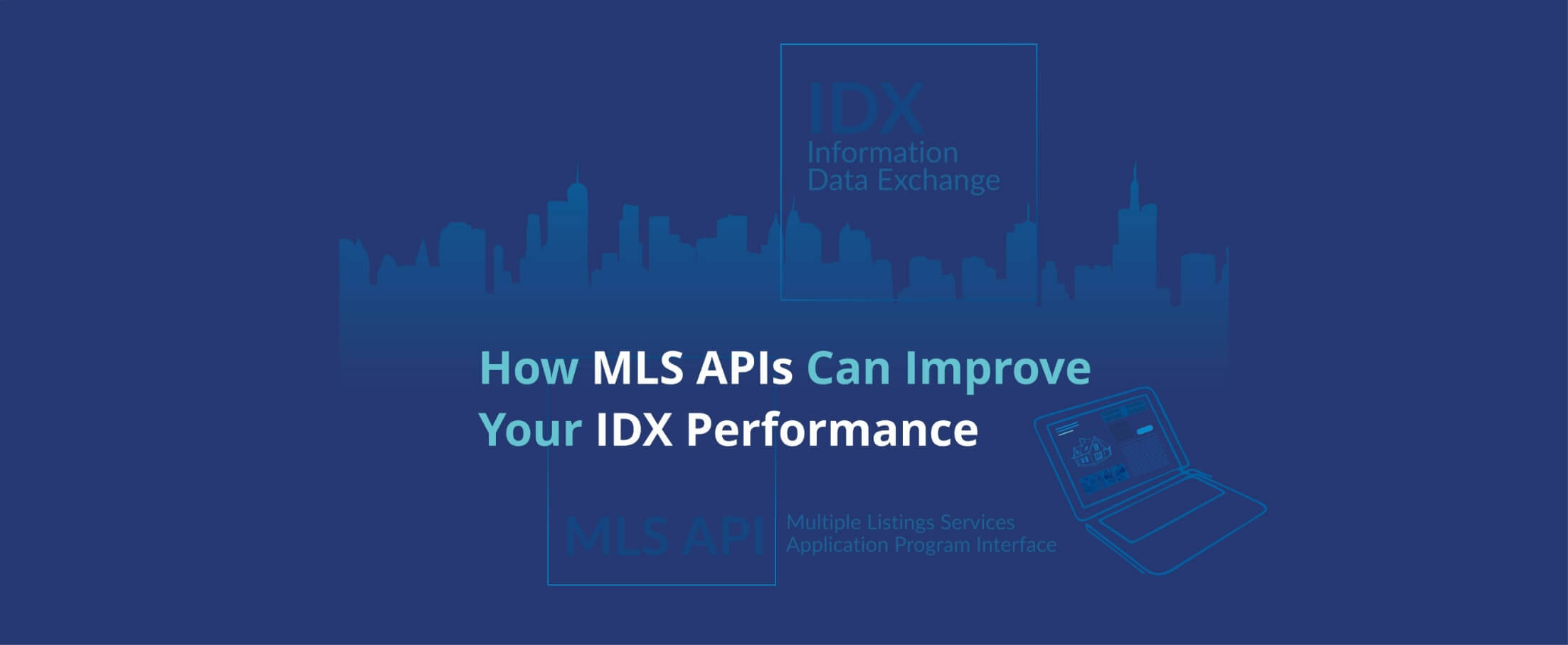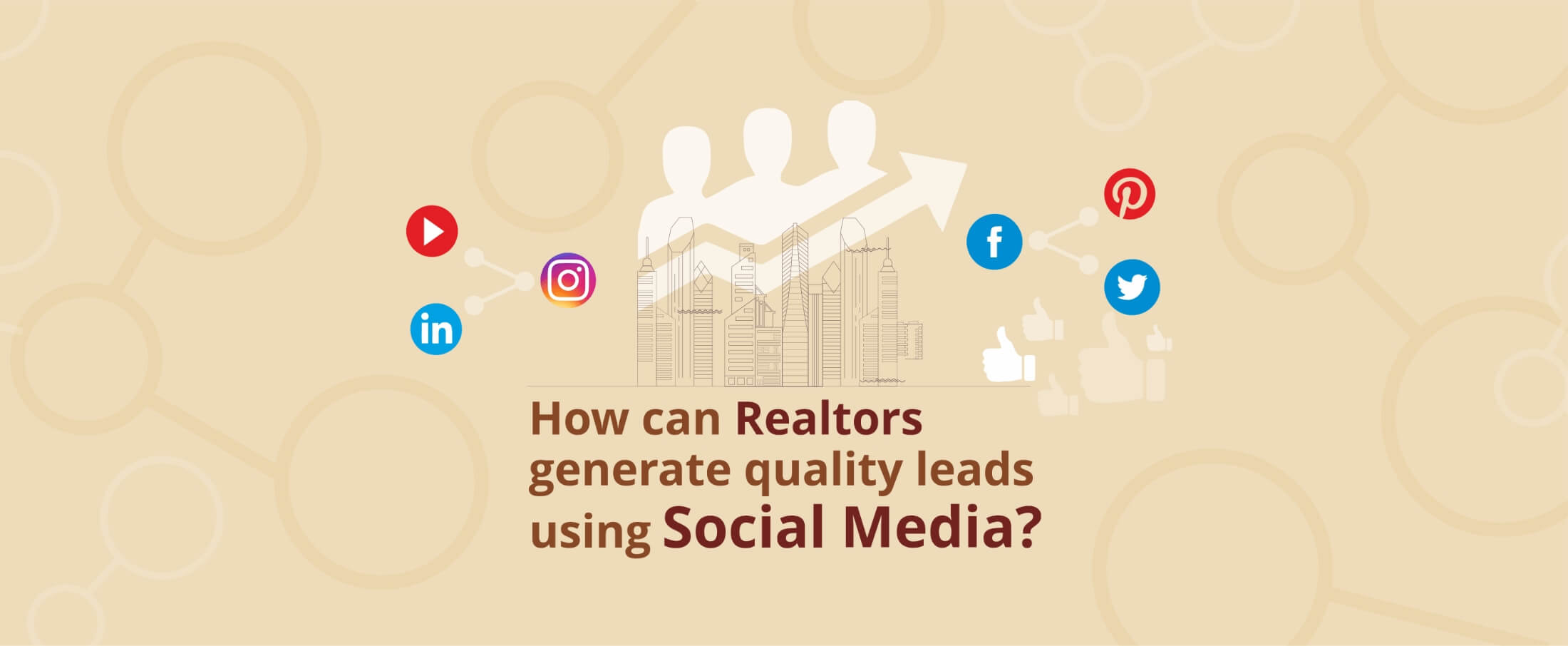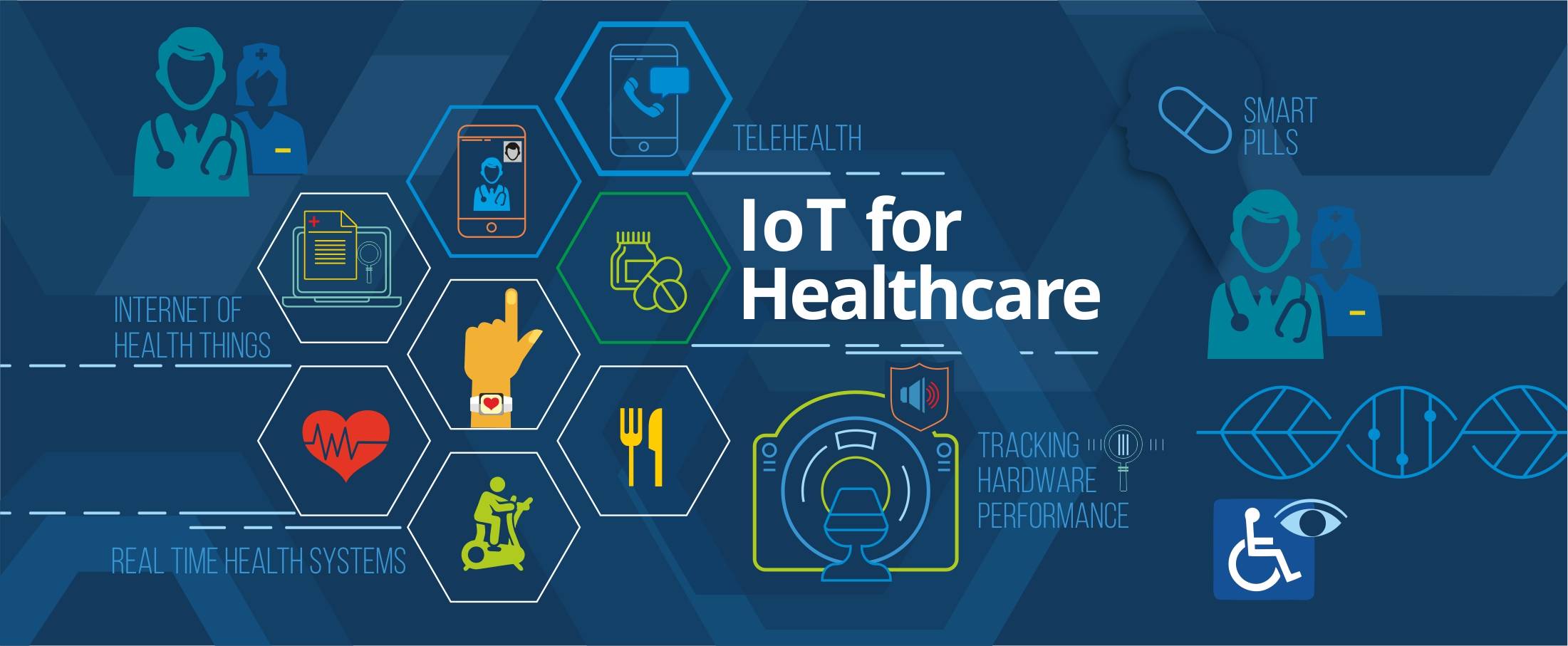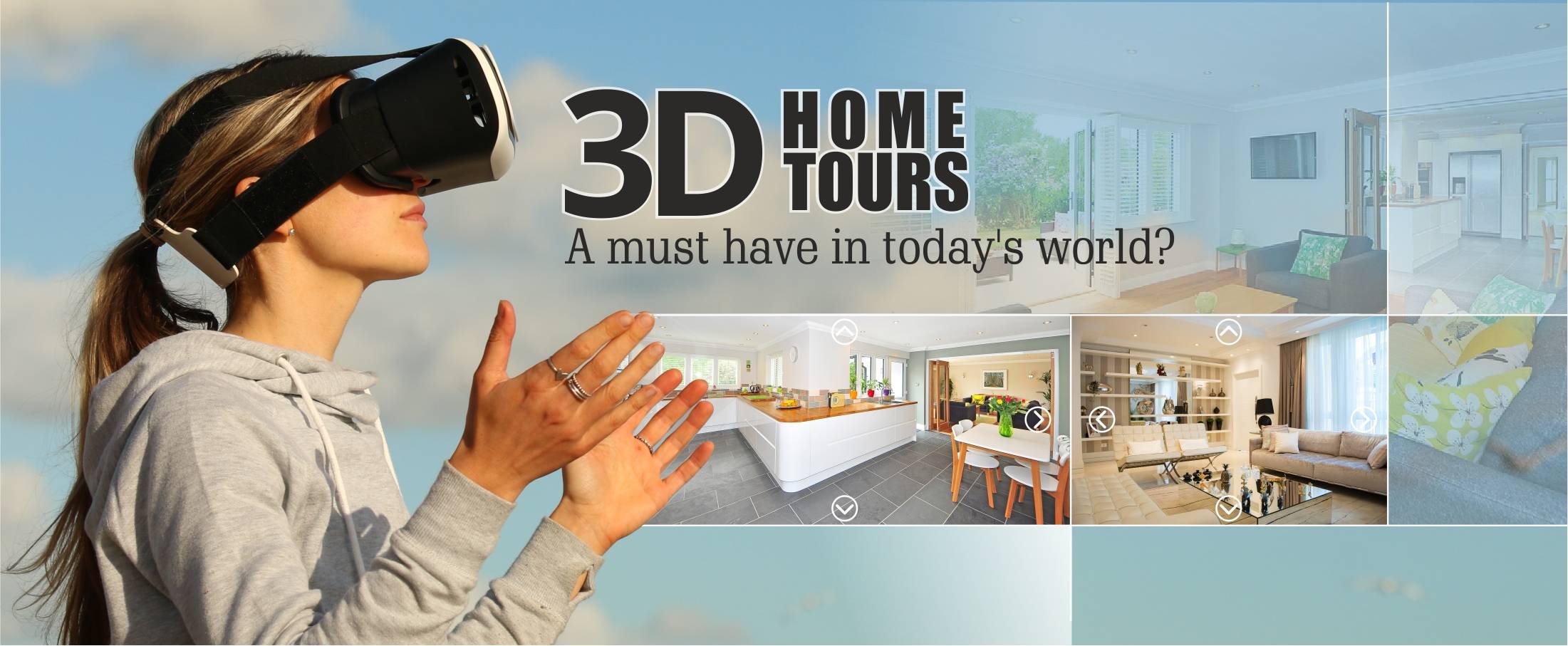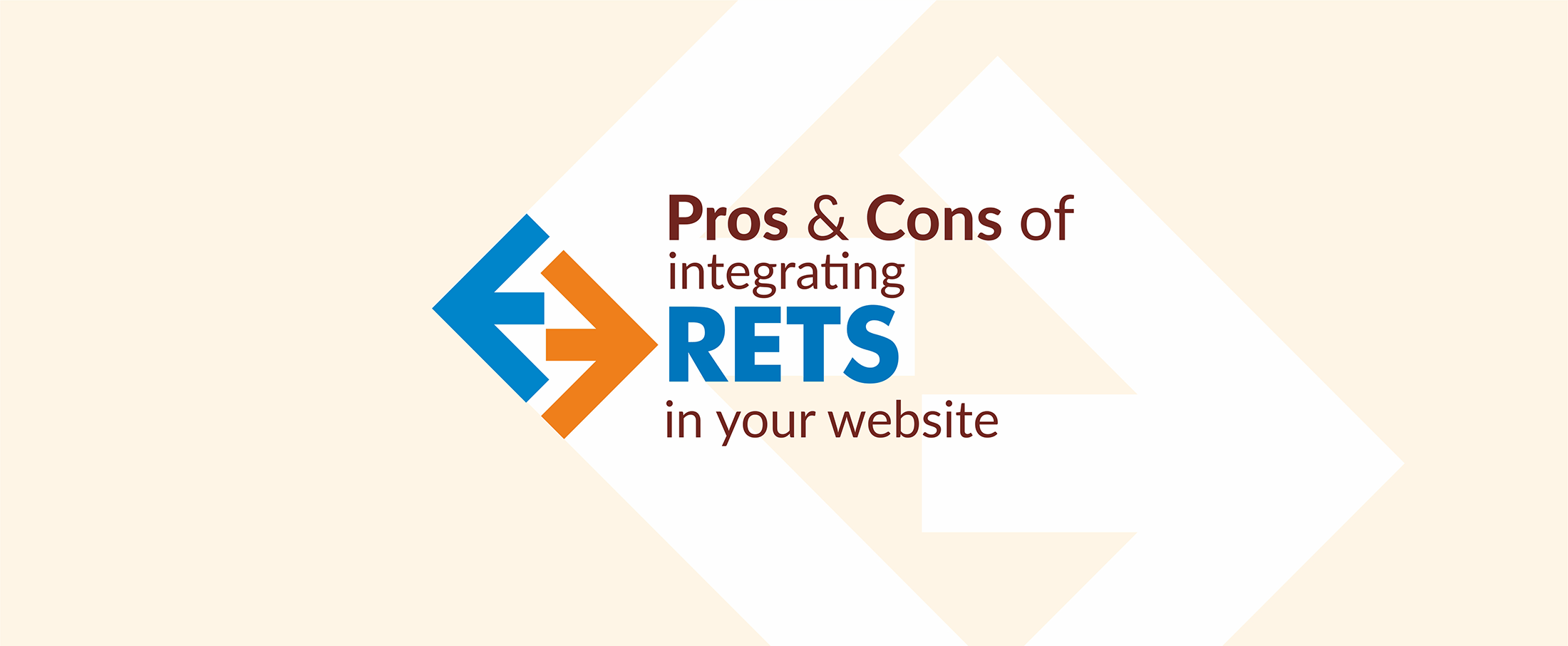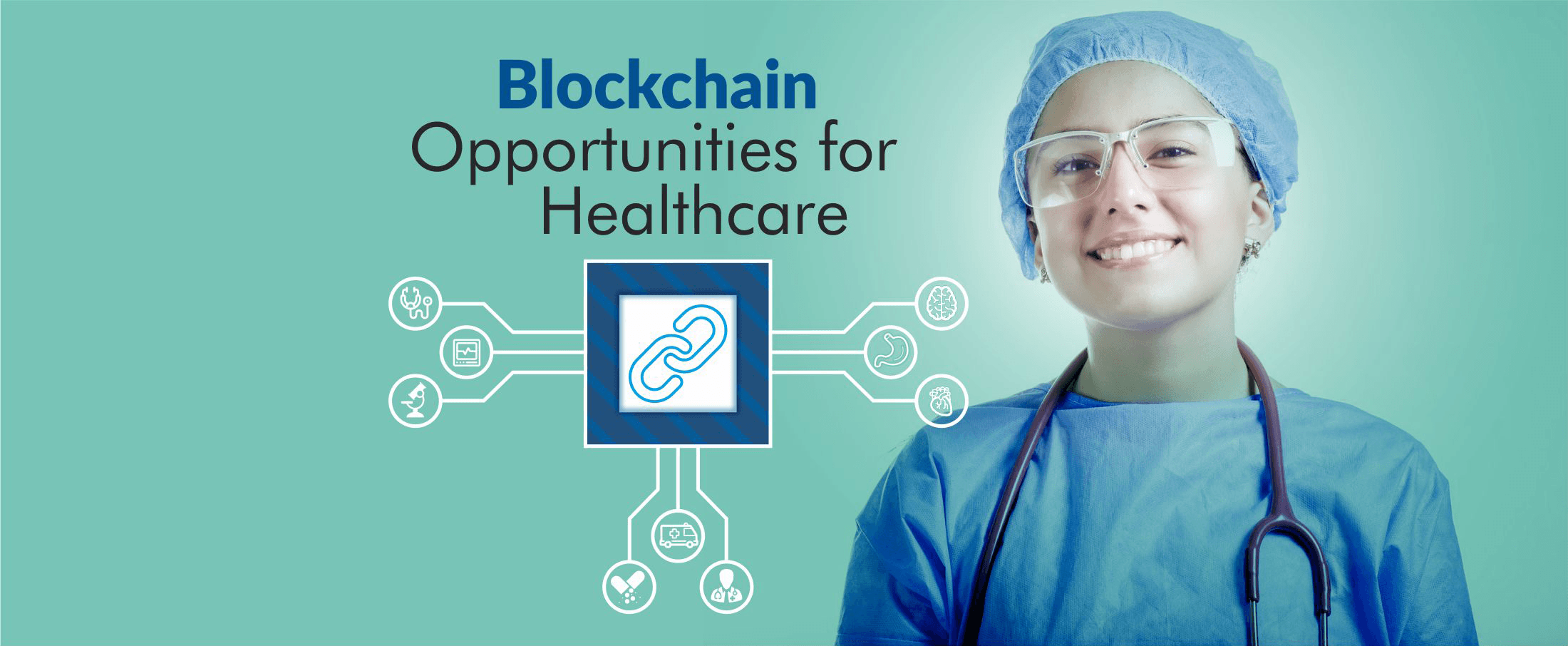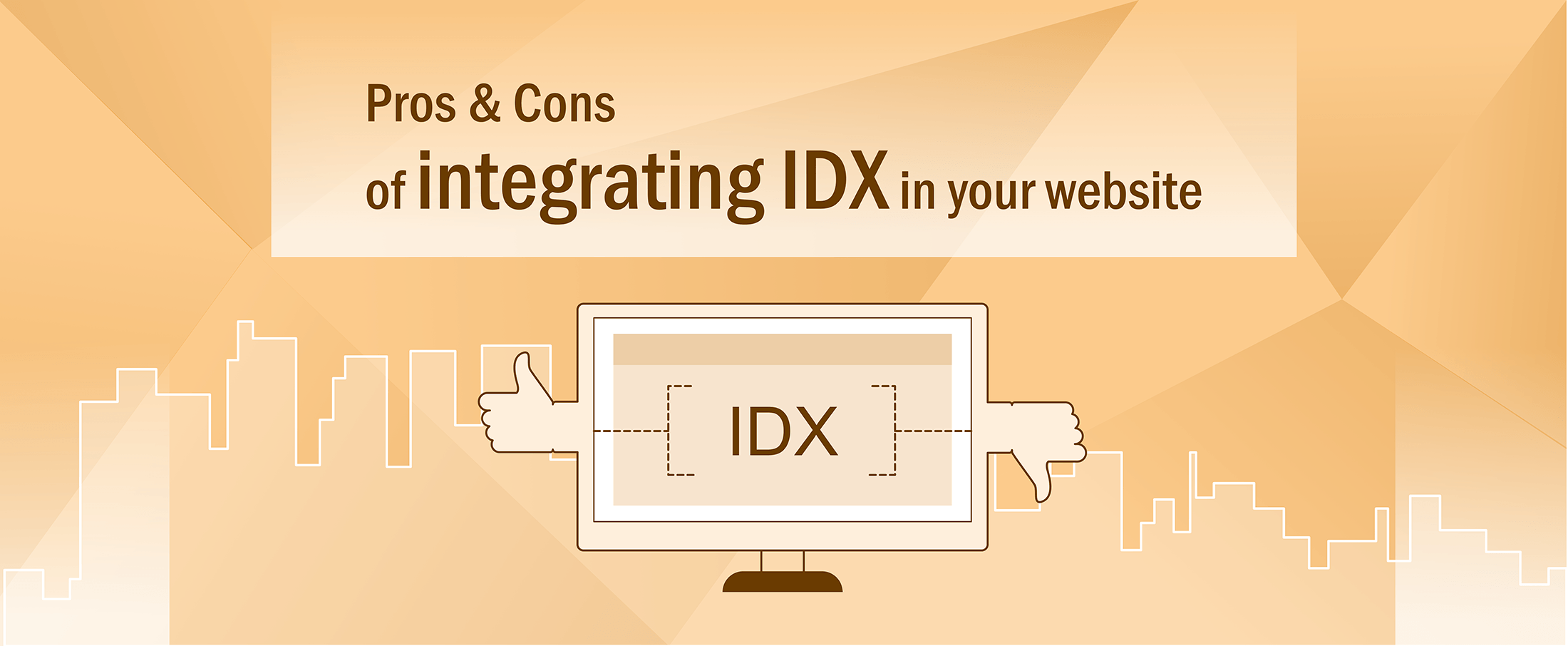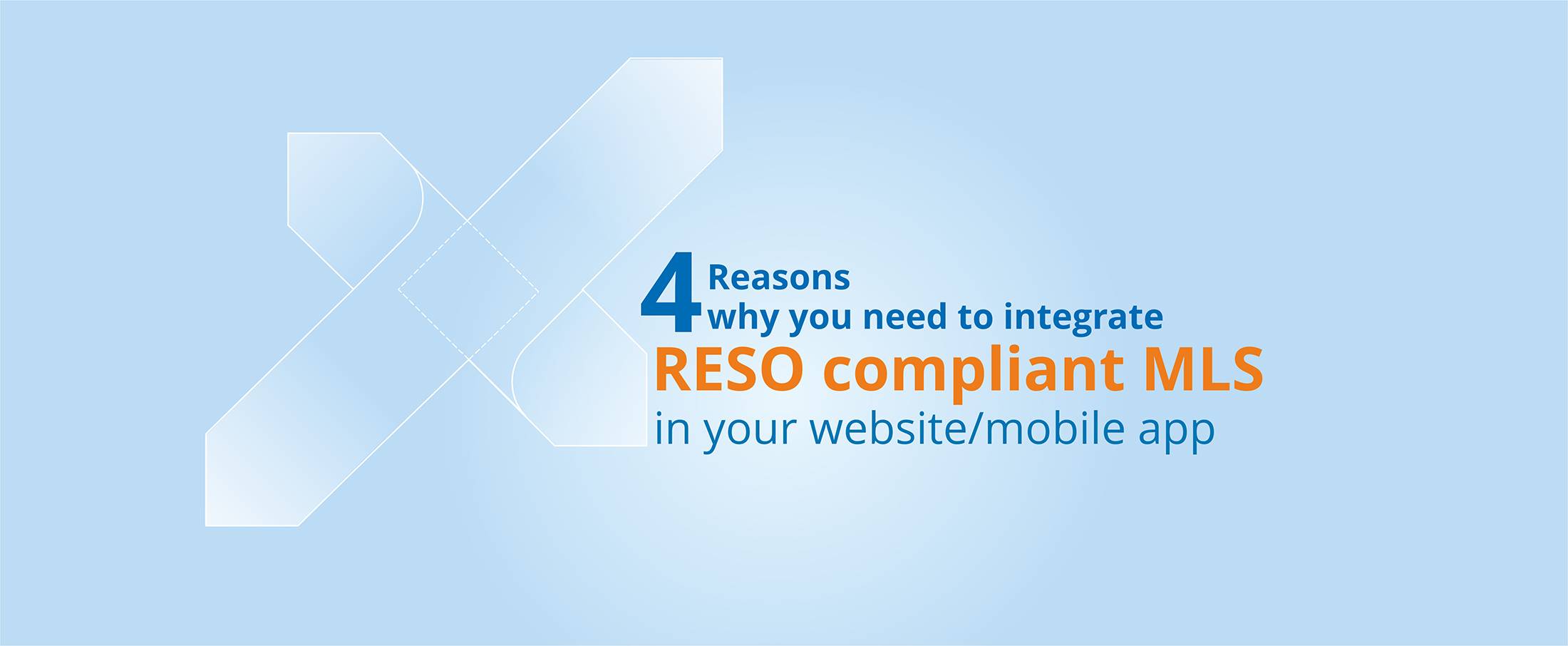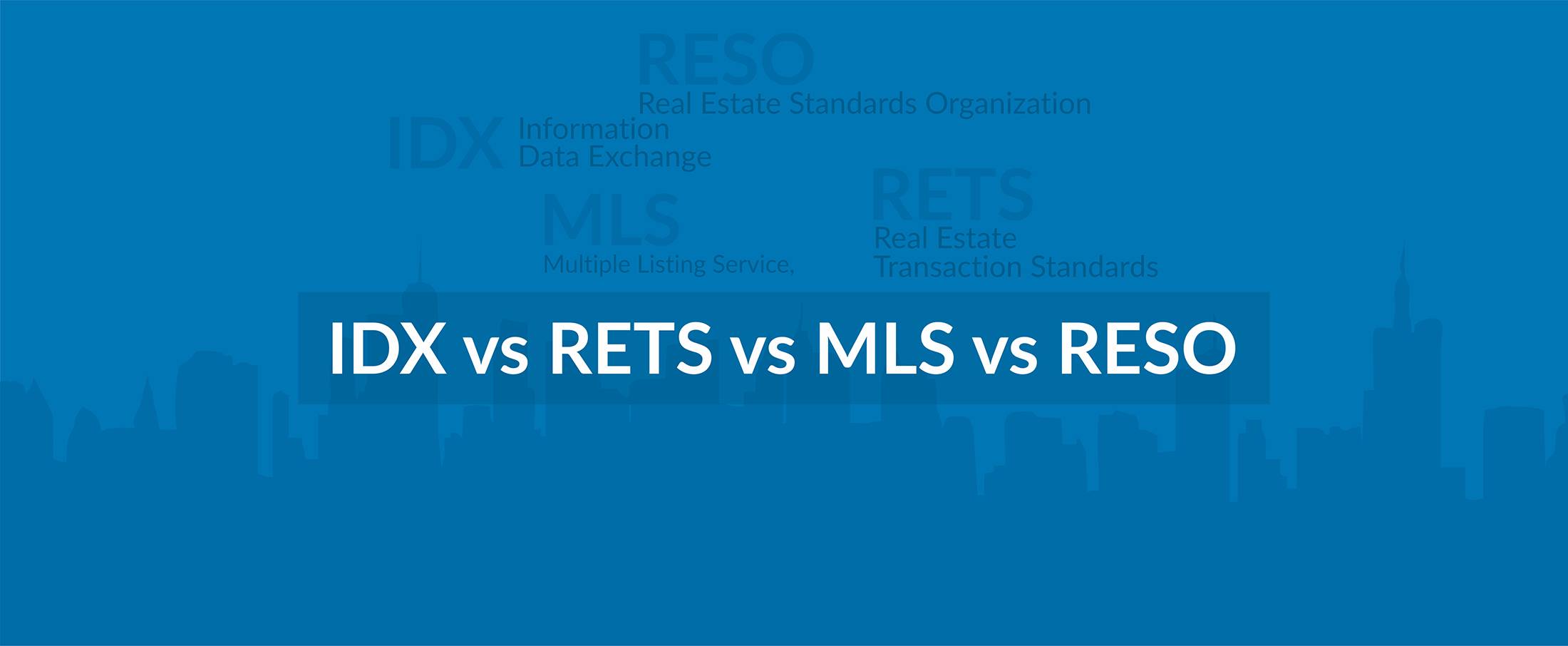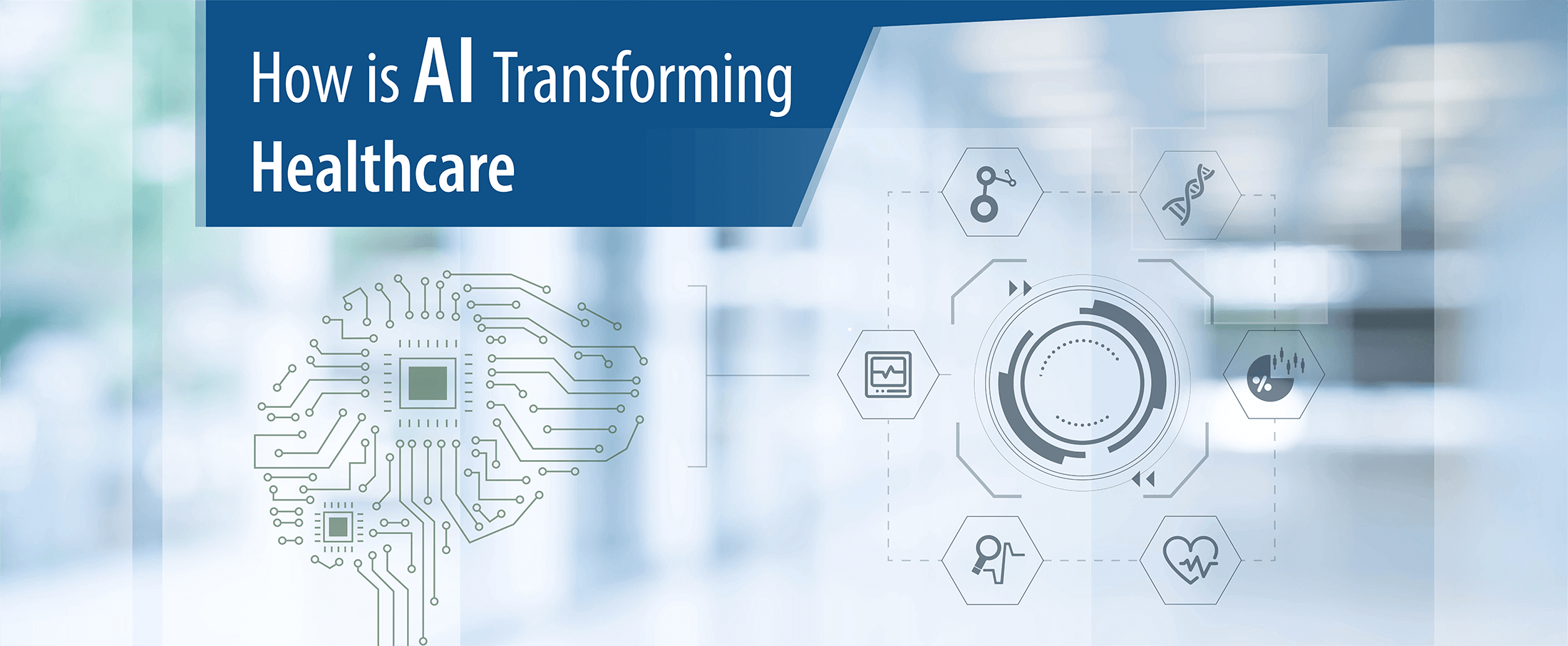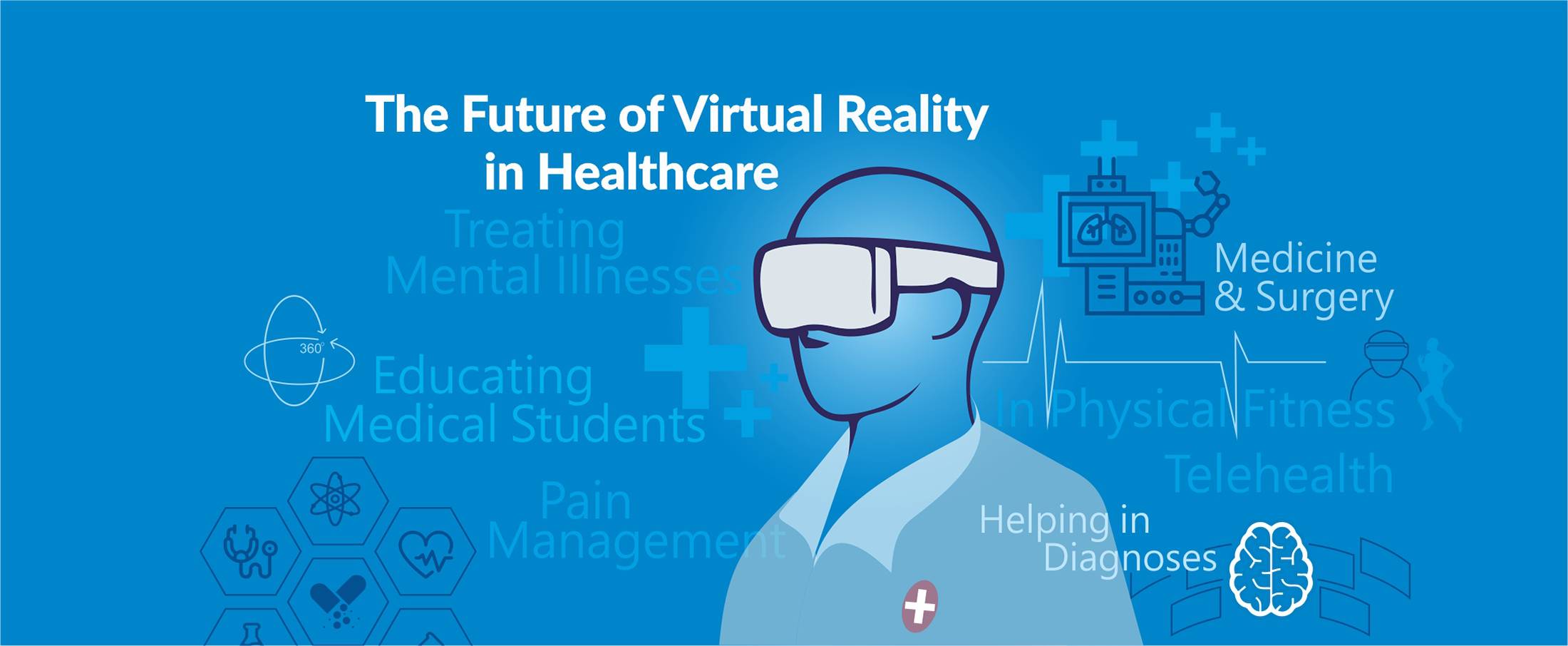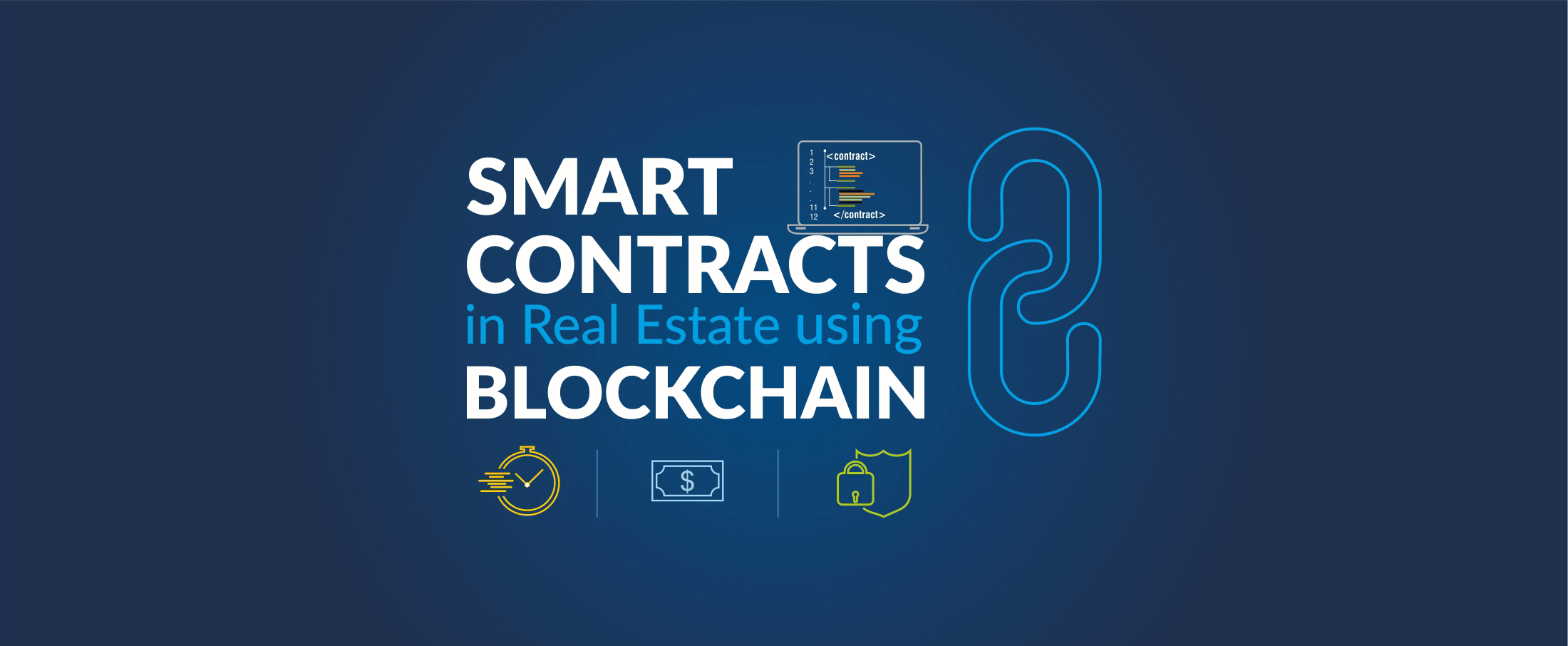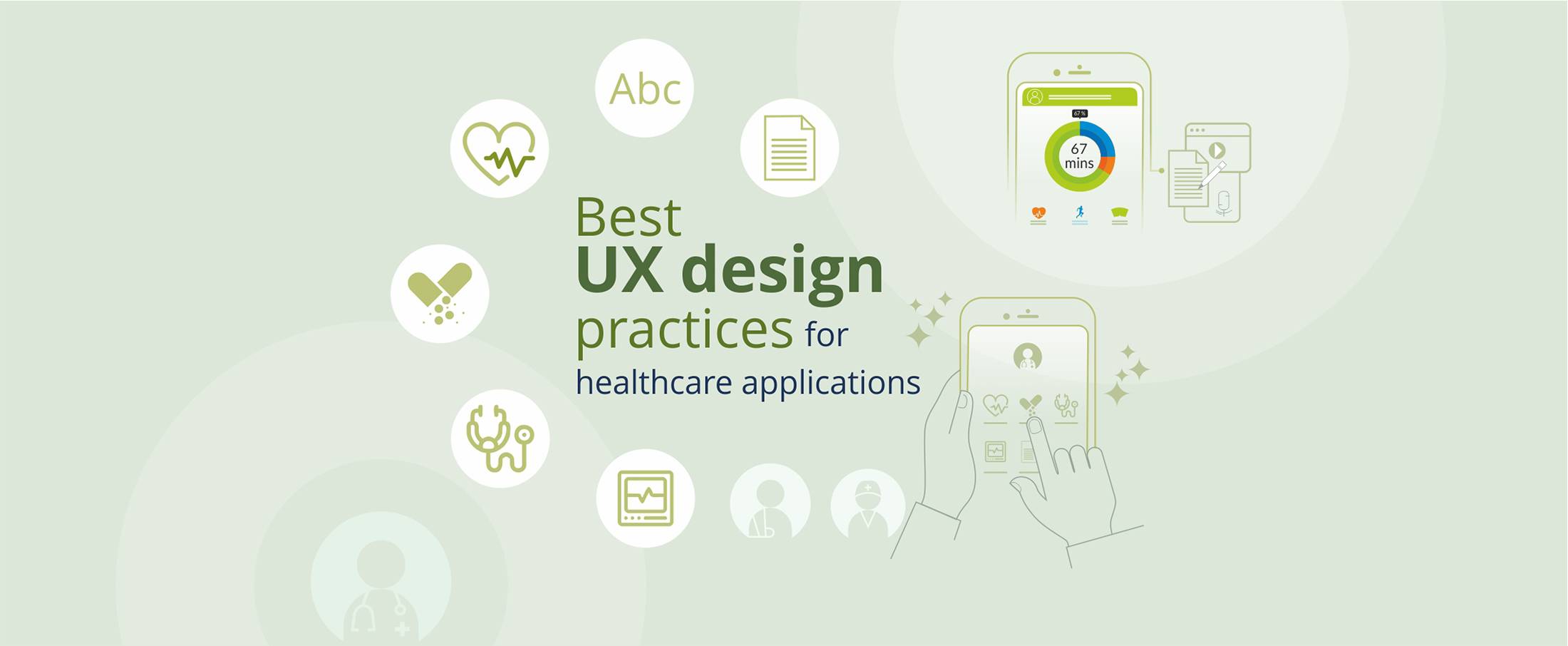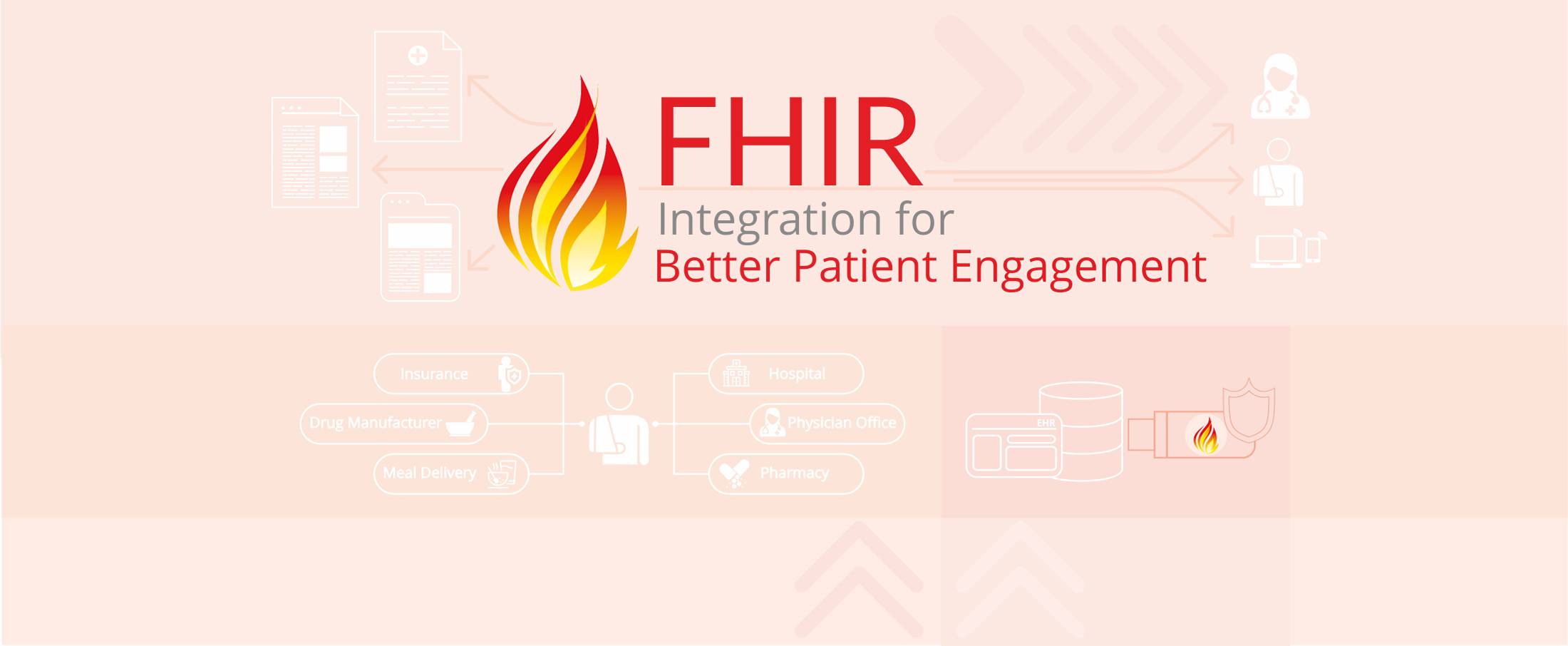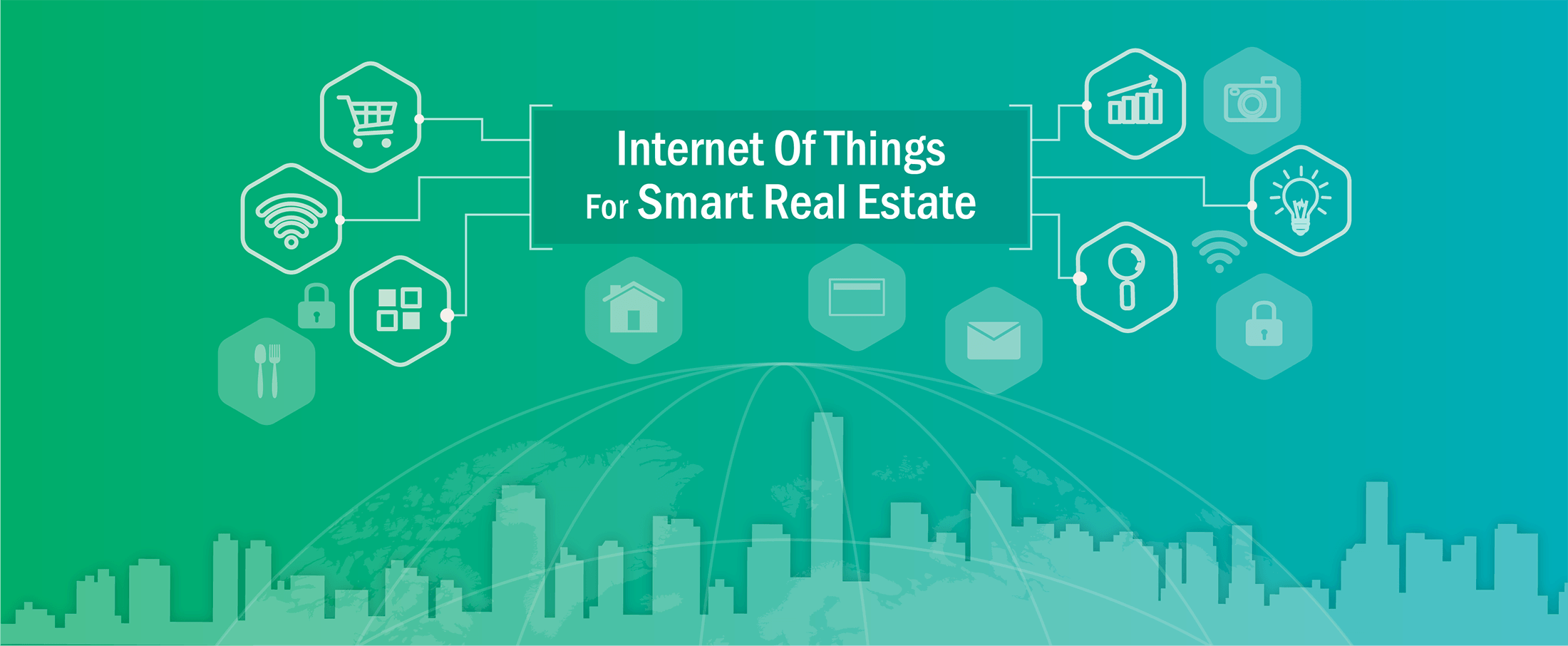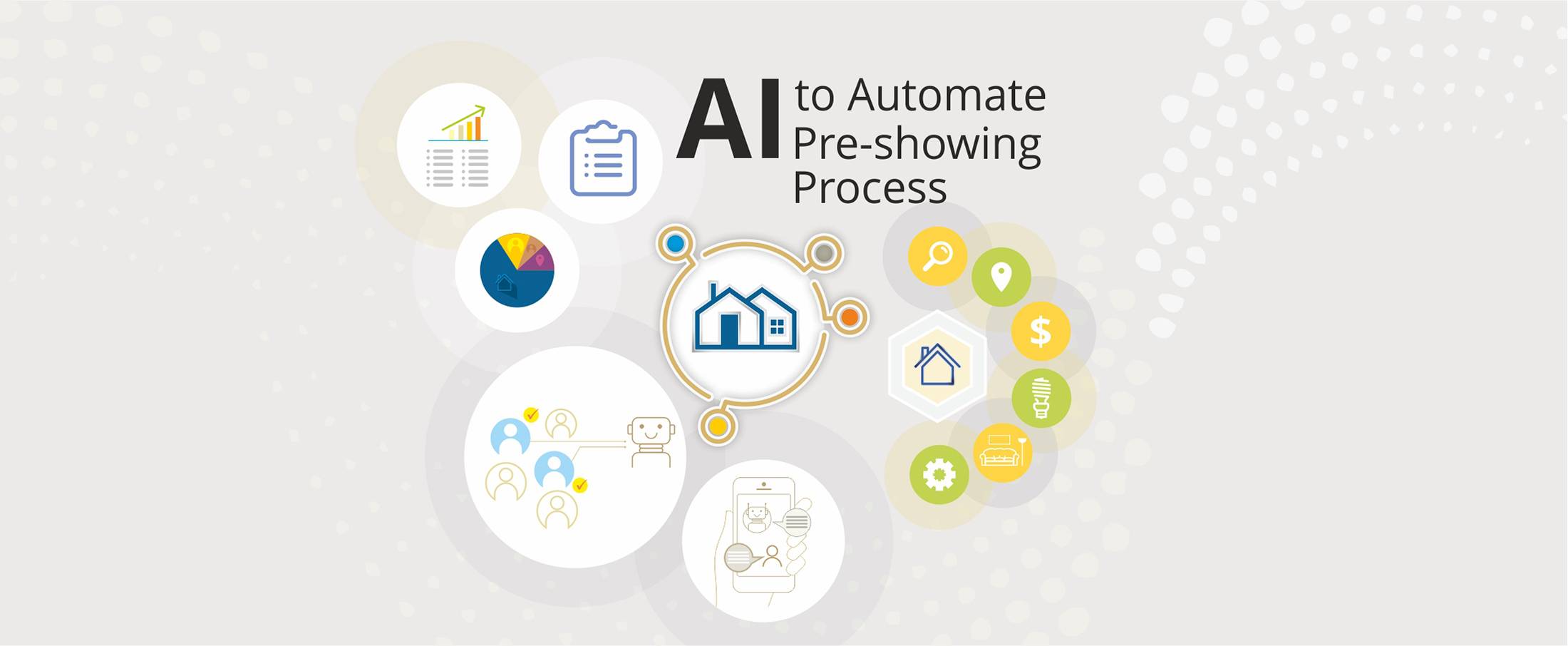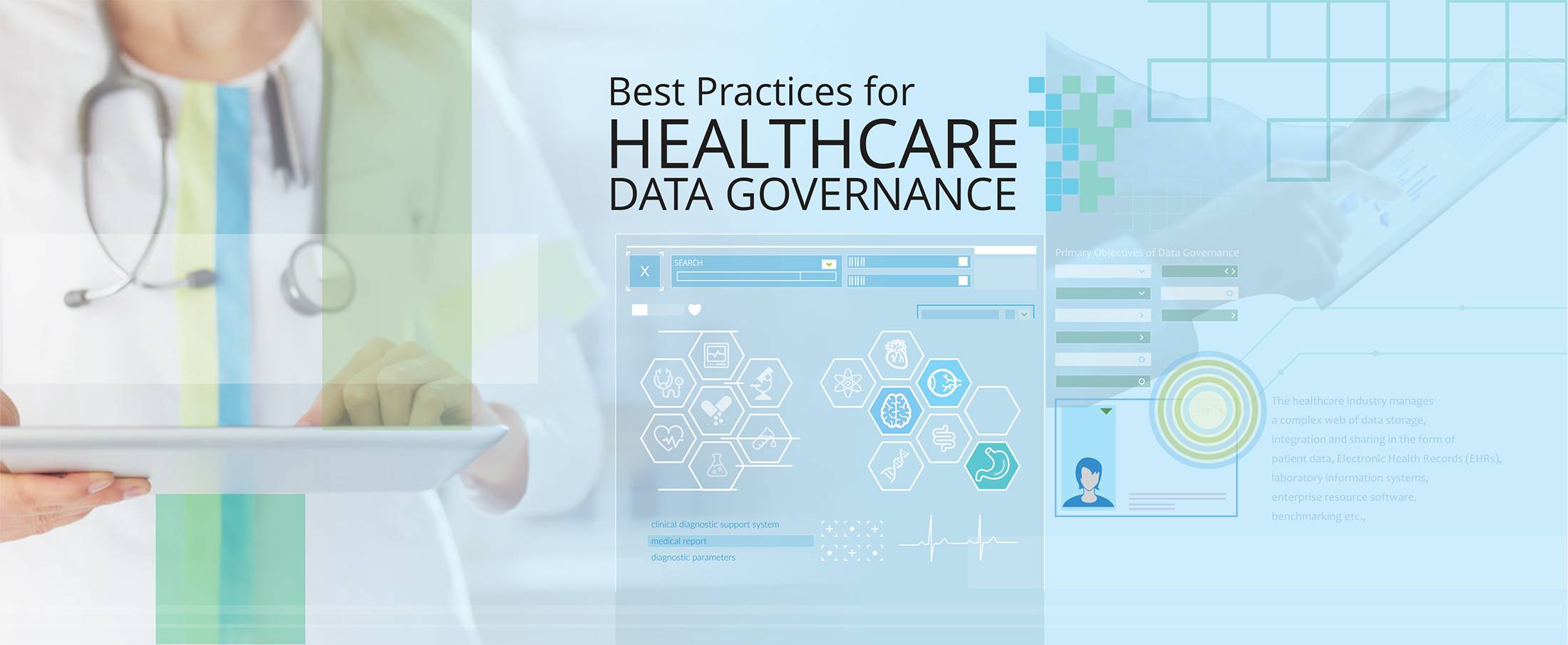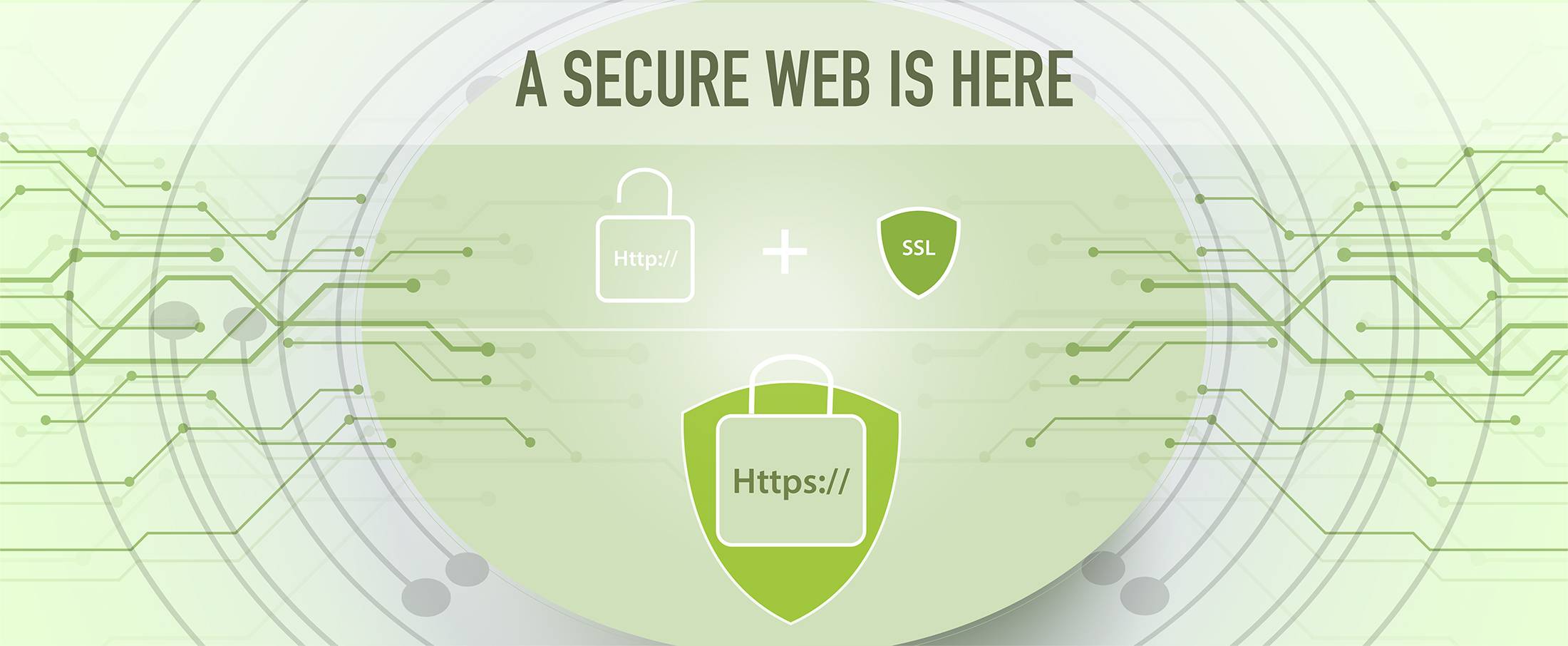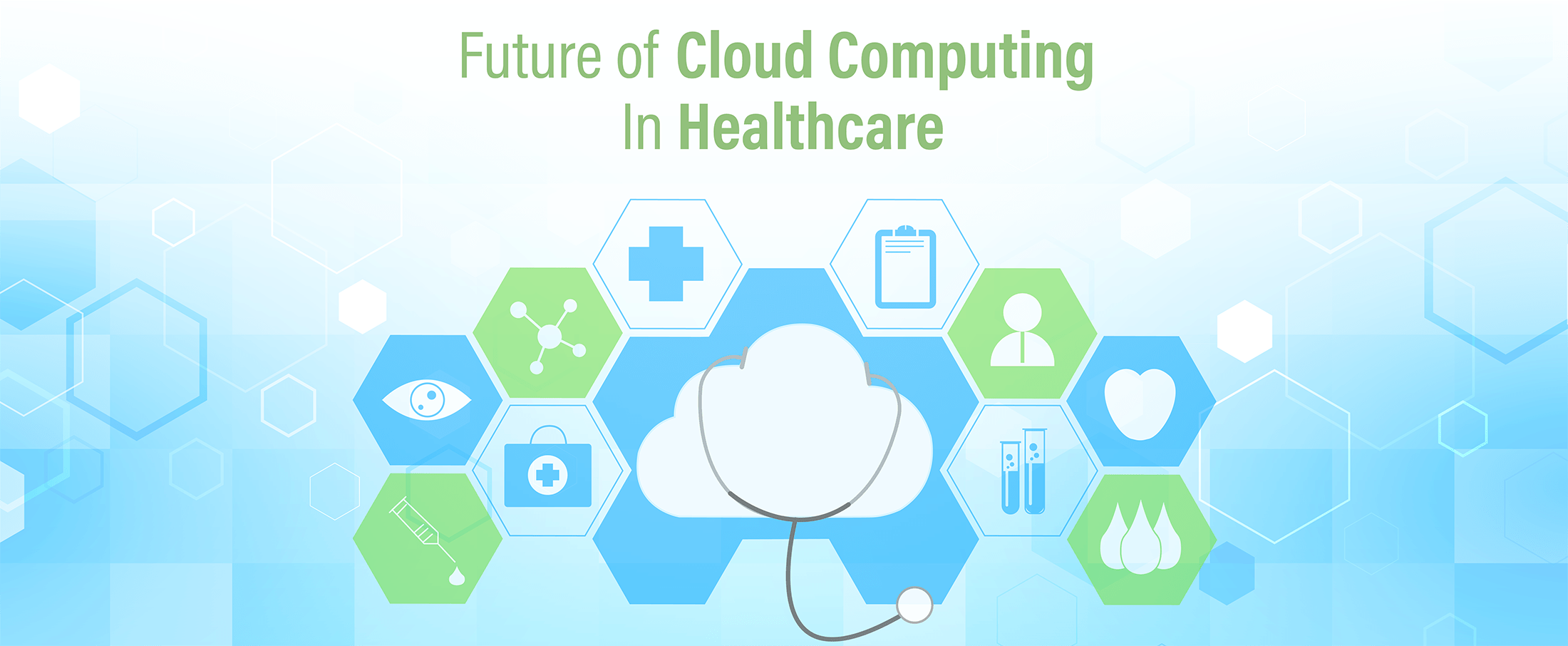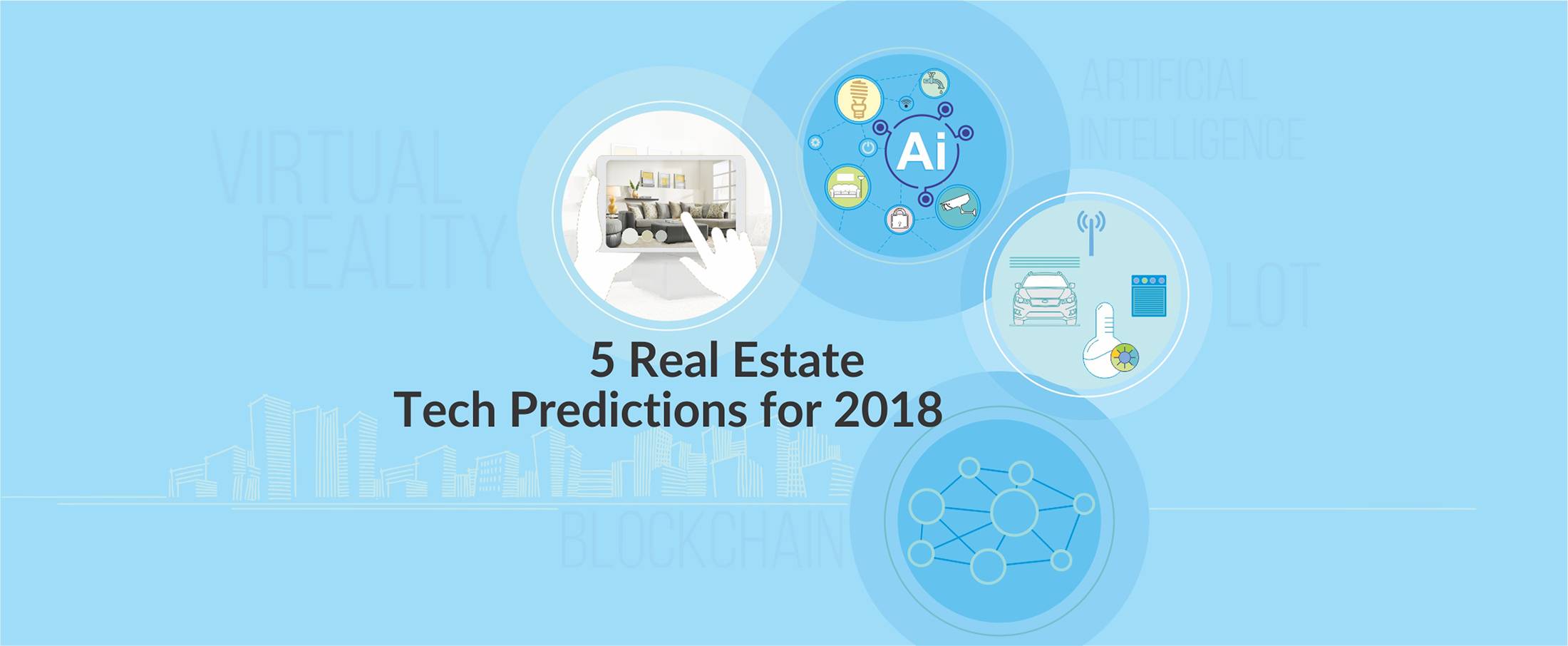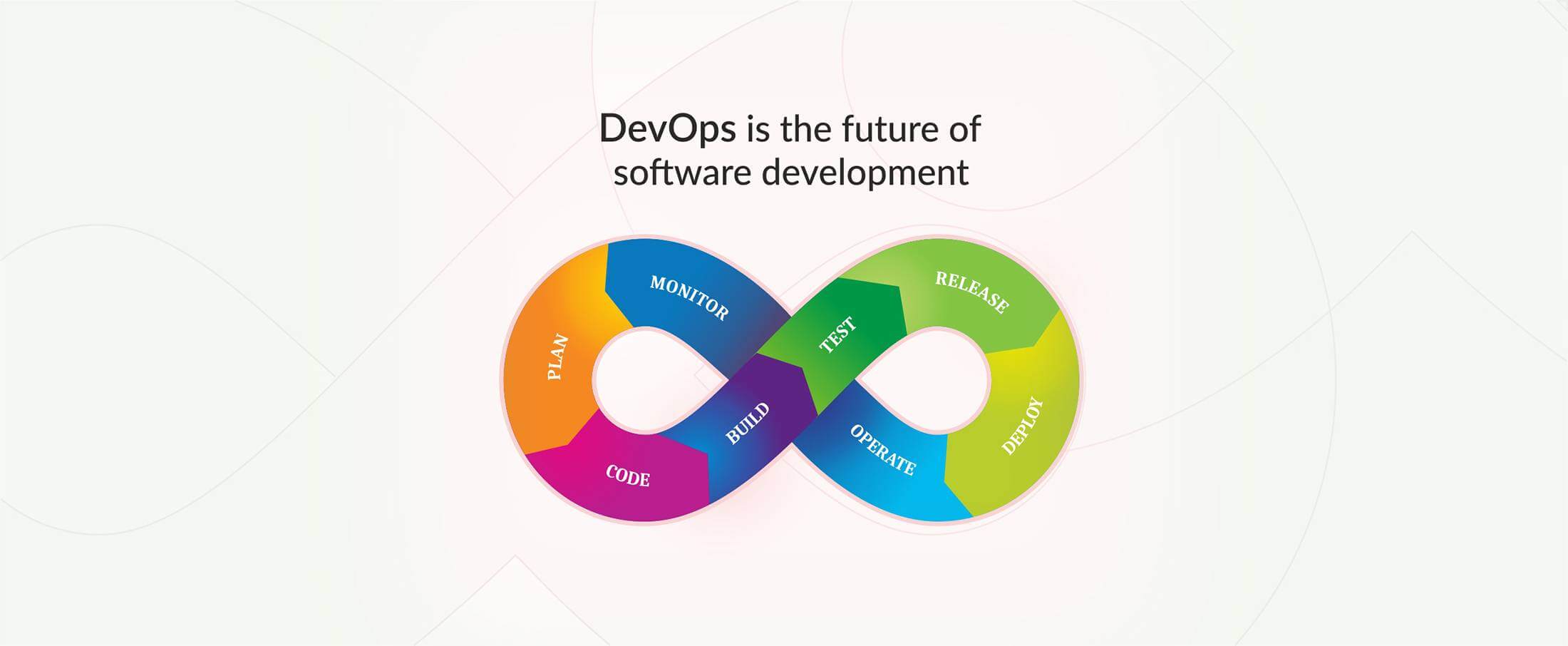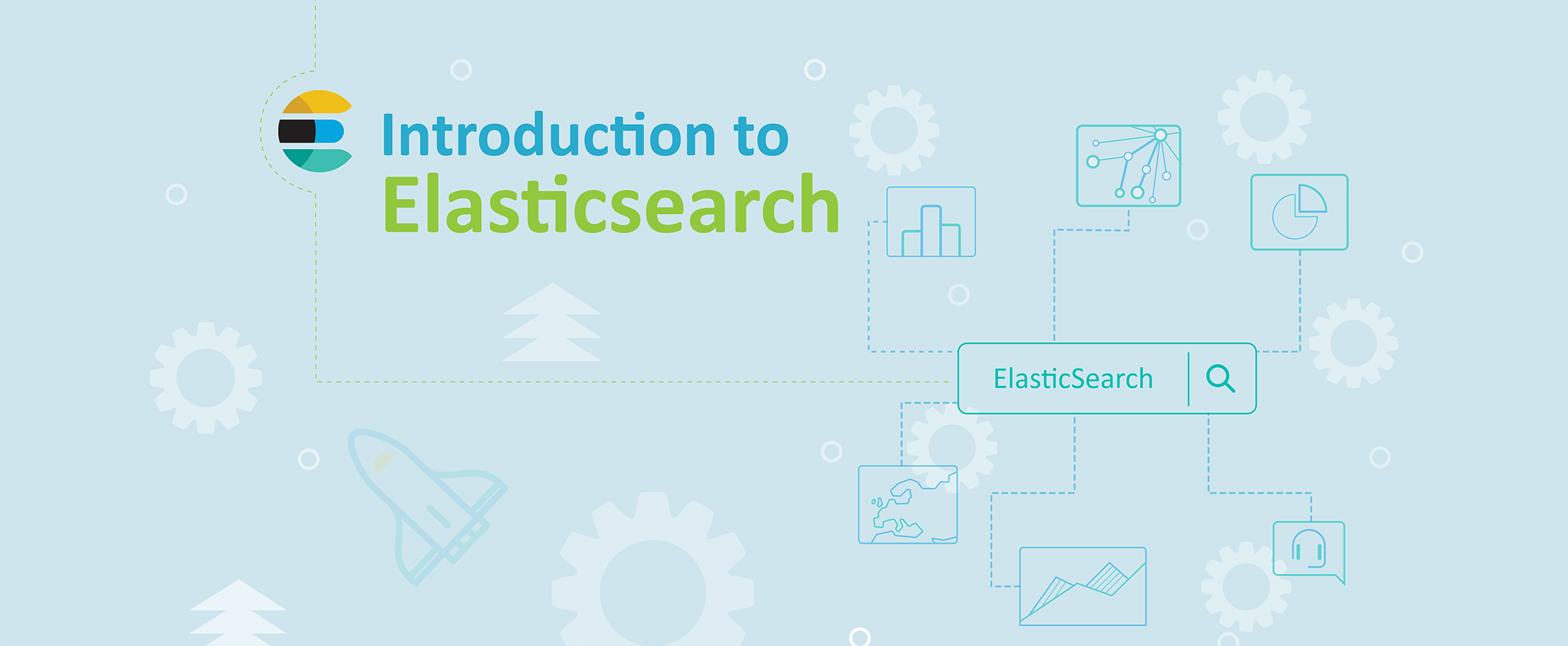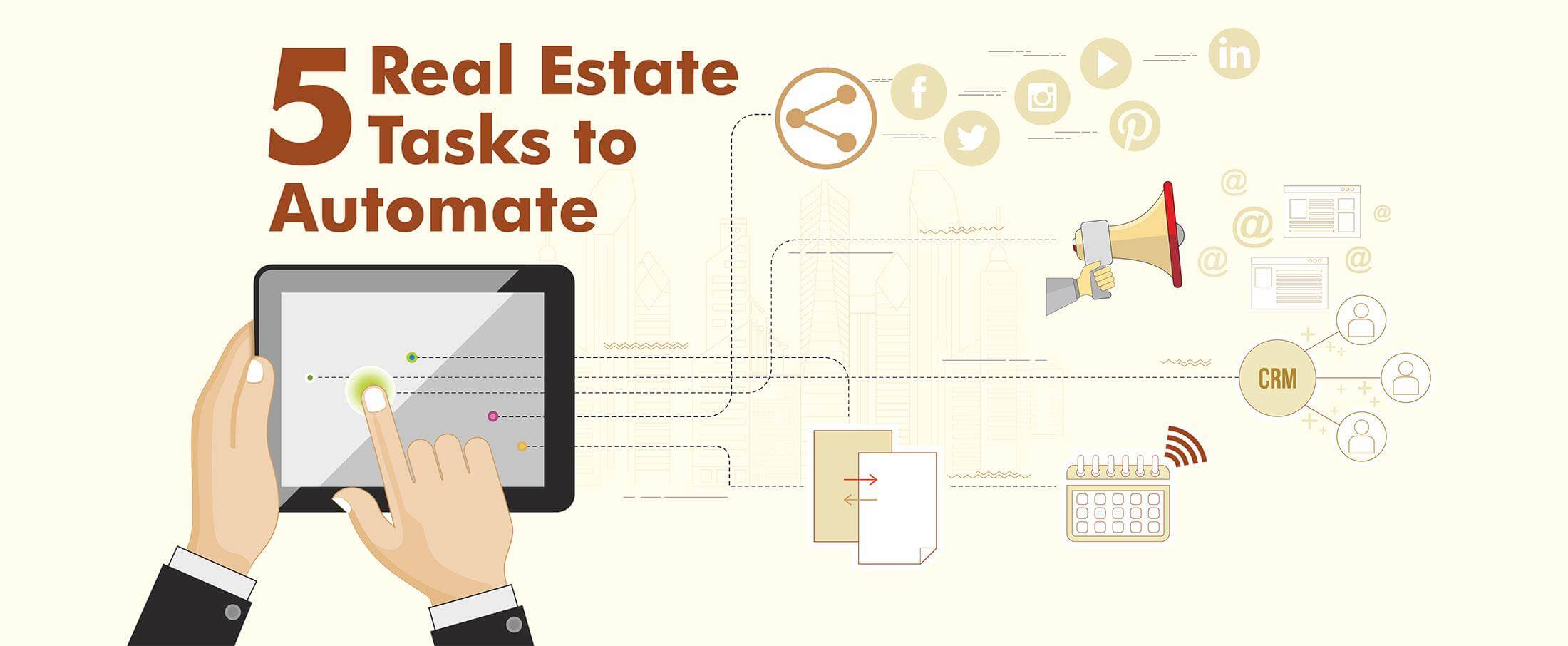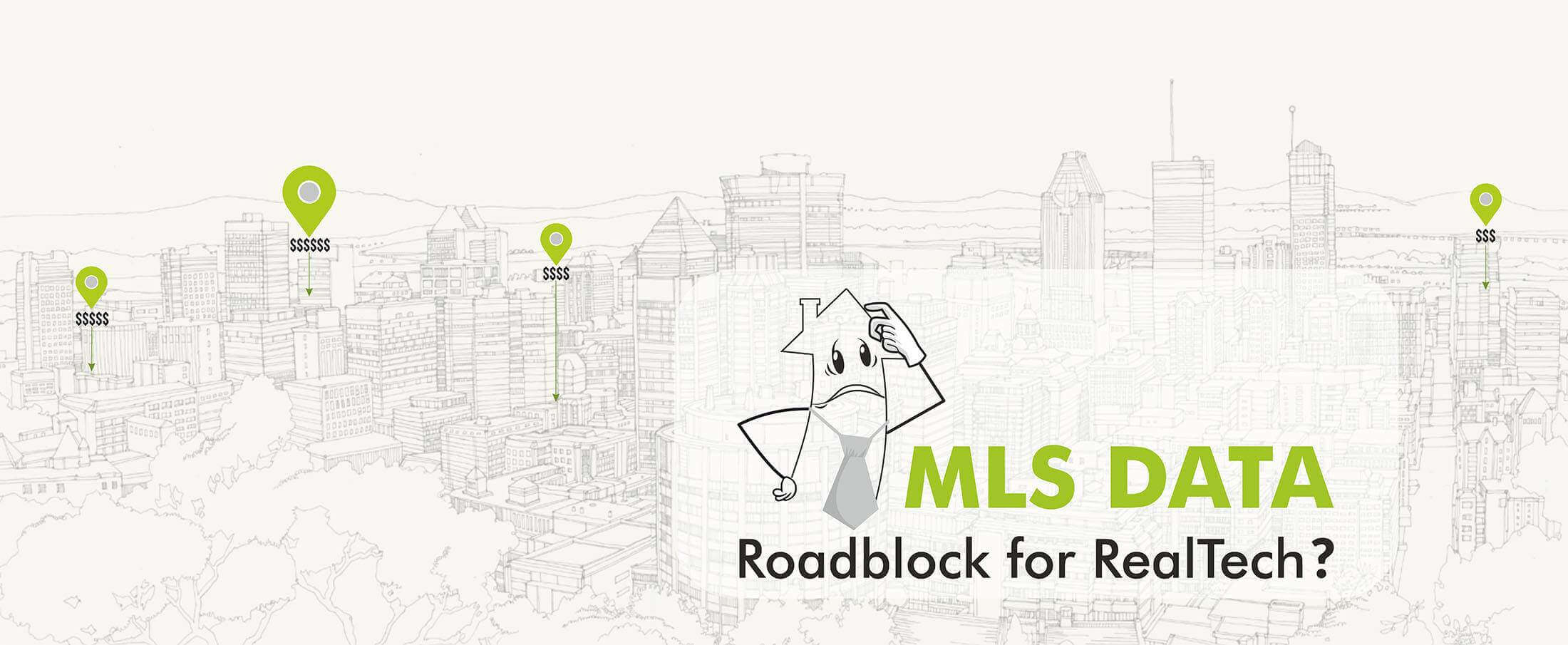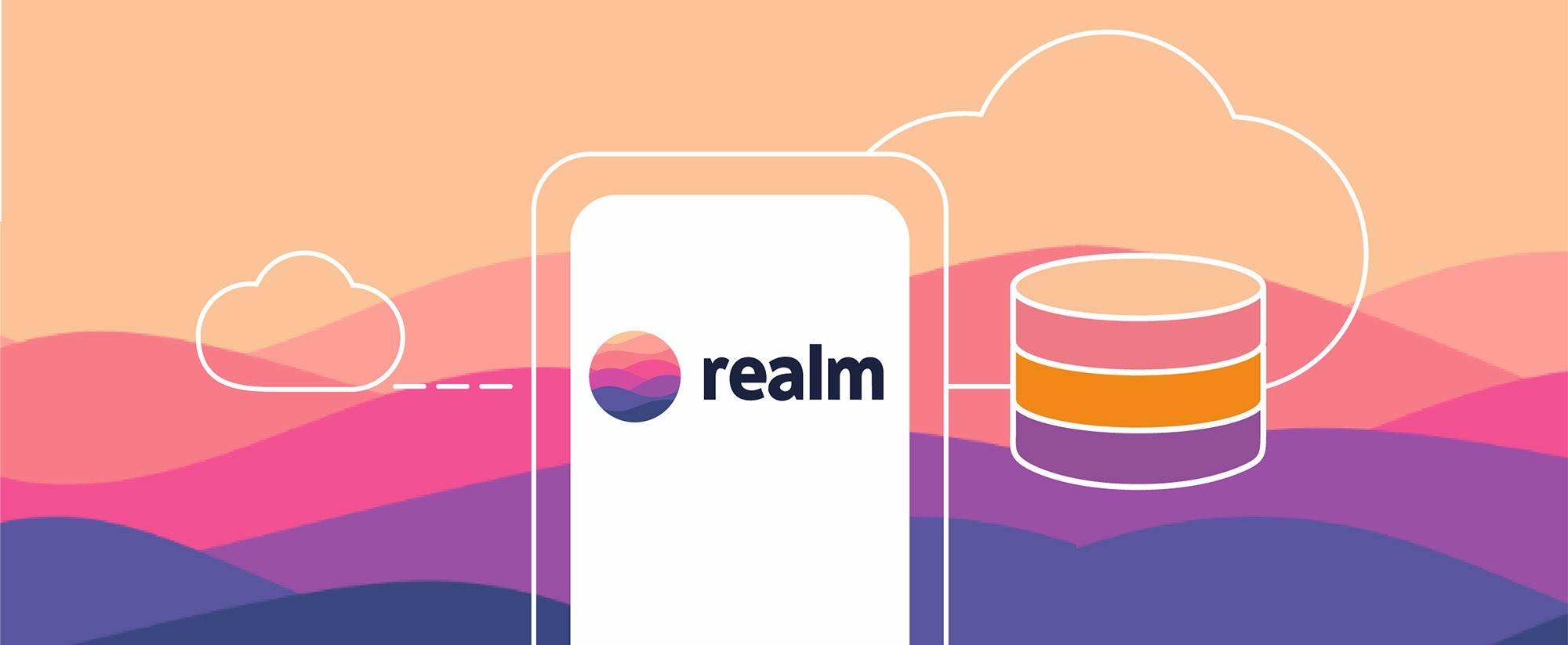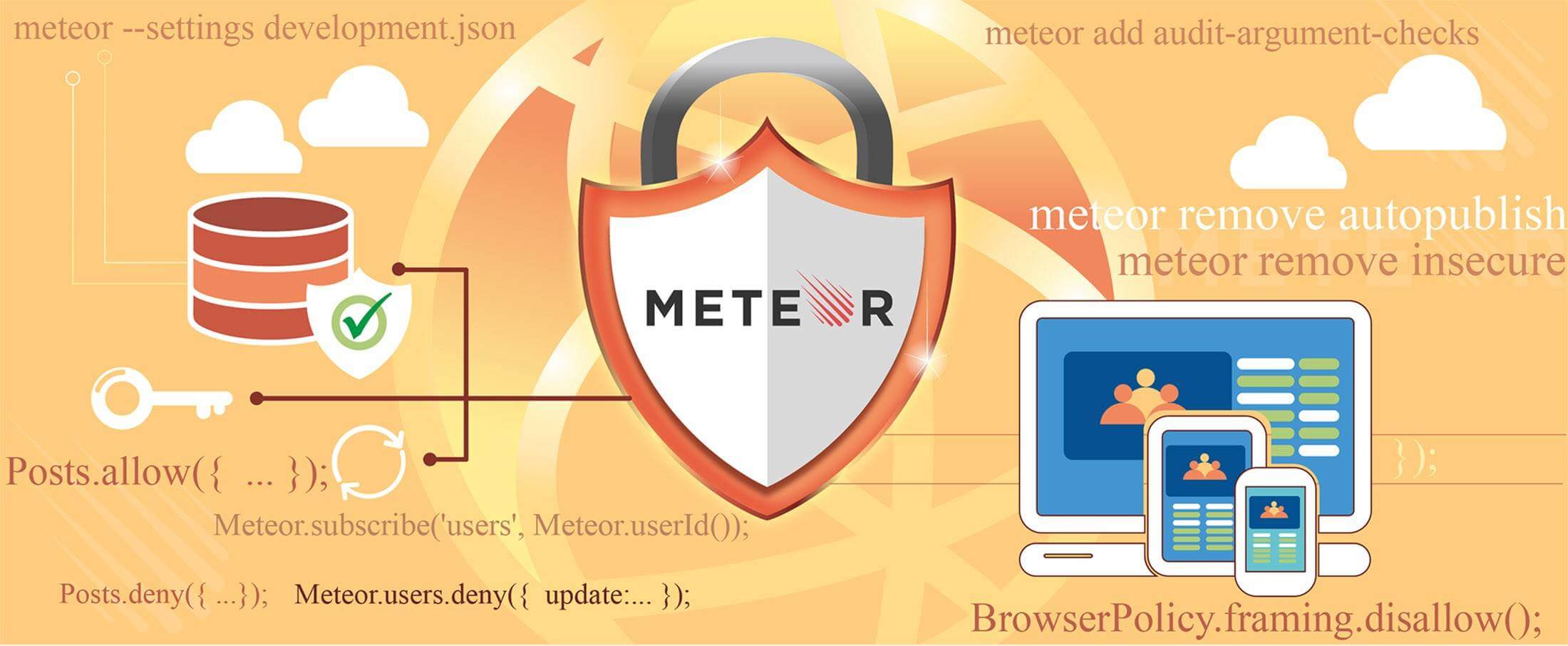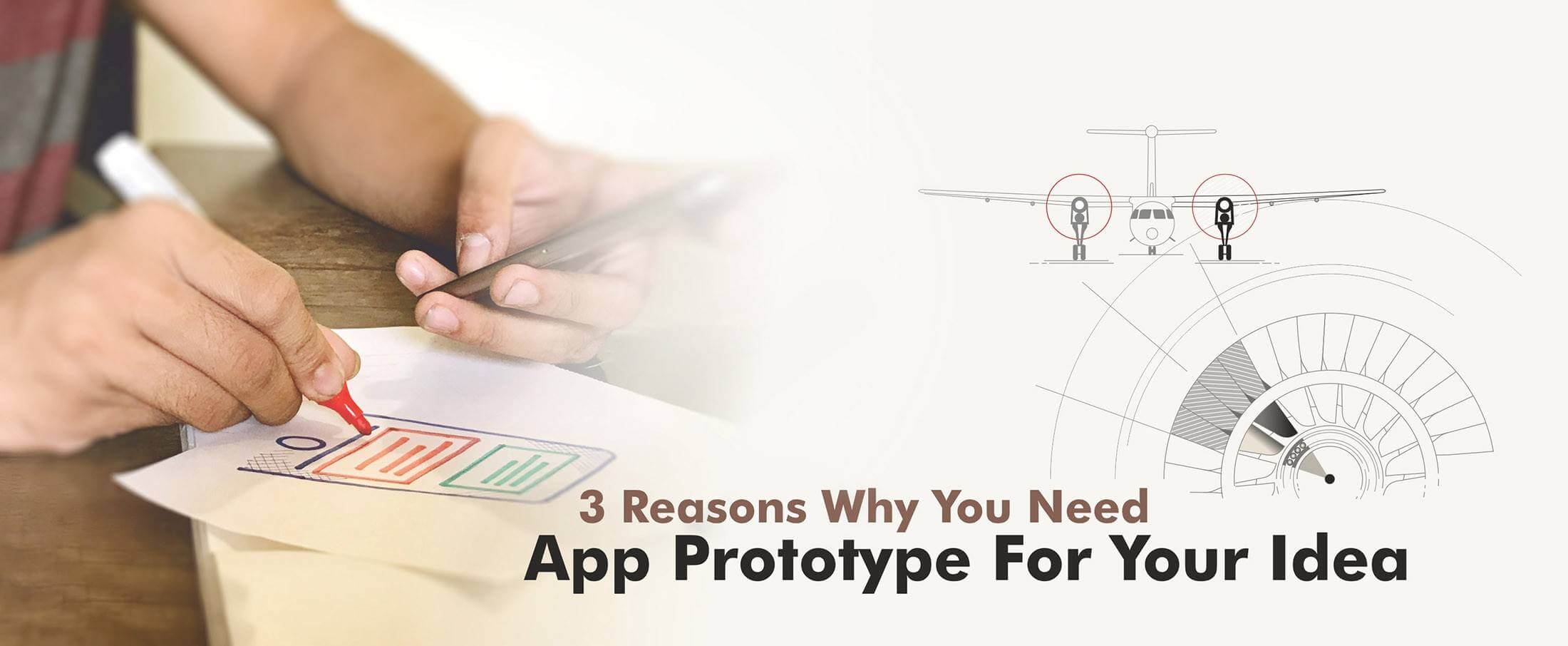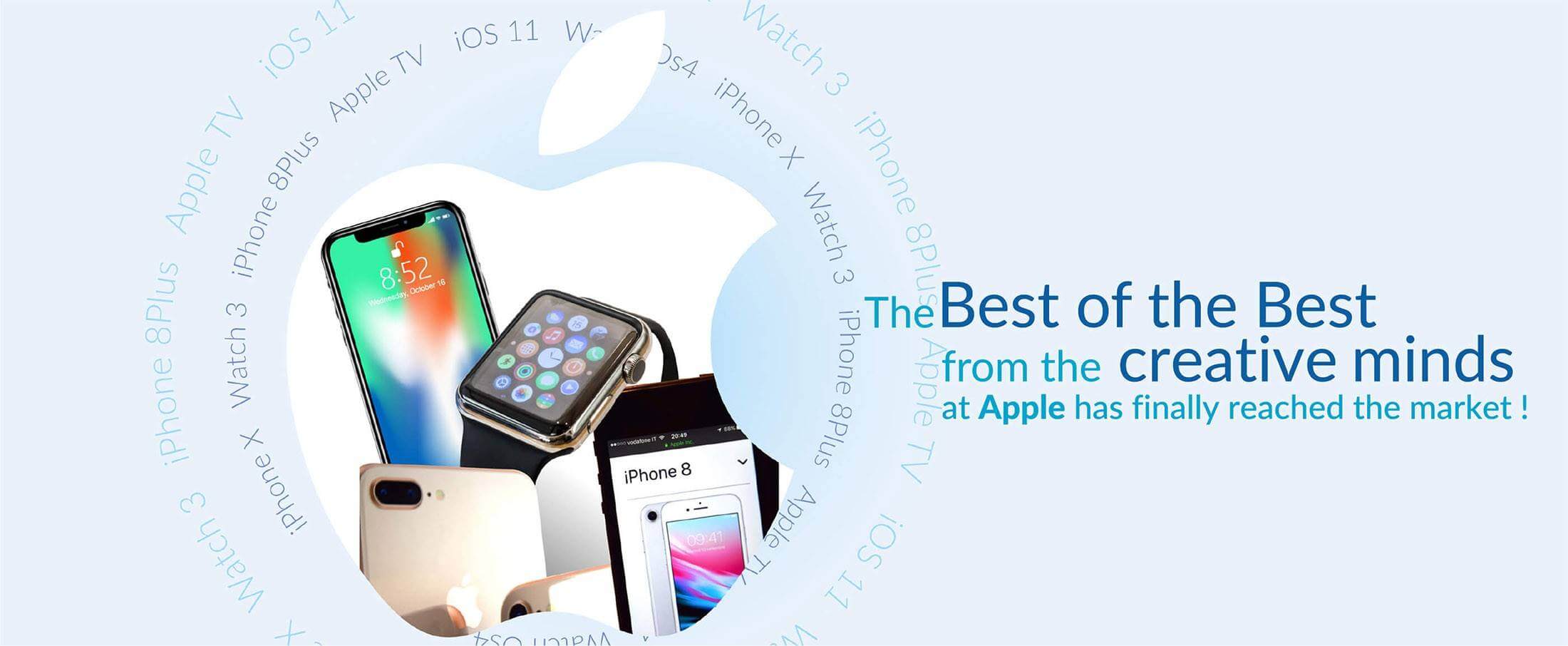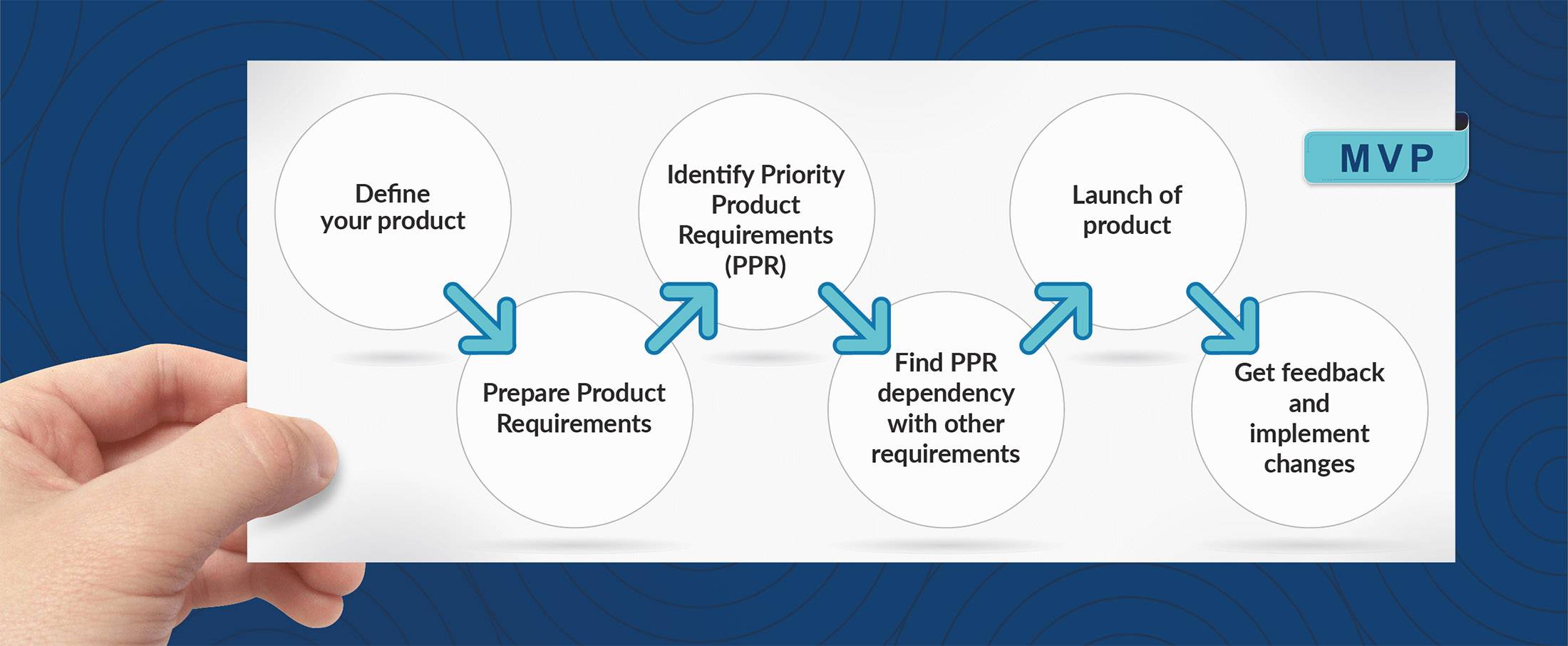Advancement of Voice Inputs over Text in Healthcare
Advancement of Voice Inputs over Text in Healthcare
Healthcare industry in the US is amongst the biggest in the world. With an annual value of $7.1 trillion in 2015 and expected to reach $8.7 trillion in 2020, the potential is huge. Over the last few years, the healthcare space in the US has undergone many changes. Rapid integration of technology with day to day working has opened up new vistas of opportunities in the industry. One of the biggest innovations in recent times that has revolutionized the healthcare space in the US is the replacement of text inputs by voice inputs.
Need for voice inputs
Healthcare information systems form the backbone of the healthcare industry. Dictation has been traditionally the most popular form of health information systems. Physicians prefer dictation as they are habitual to it and perceive it as fast and efficient. But the problem lies in the fact that dictation requires transcription, which makes it a costly and time-consuming proposition. Moreover, the chances of errors and oversights can really jeopardise the entire system. This is where the benefits of voice recognition came to the fore and made it an ideal option for maintaining Electronic Health Records (EHR) through voice inputs.
Voice Recognition in Healthcare
Although voice recognition technology has been around since the early 1950s, it is only in recent years that it has gained prominence. With the advent of technologies like Artificial Intelligence, Machine Learning and Natural Language Processing, voice recognition has realised its true potential. Although physicians and medical industry professionals were initially hesitant in adopting voice recognition, they have come to understand its full benefits and are now readily accepting it. Following are the latest trends in the healthcare space in the US, that indicate the impending dominance of voice inputs over text inputs.
1. Speech to text programs
Increased accuracy of voice recognition programs is revolutionising the methods of maintaining electronic health records. These programs have demonstrated the ability to transcribe physician’s notes accurately. In addition to completing the task quickly, these programs are eliminating issues related to illegible handwriting, oversights, and insufficient documentation. These programs are enabling accurate and comprehensive health records.
2. Biometric Sign-on
Voice recognition technology is enabling the creation of secure data access systems as a part of biometric single sign-on platforms.
3. Boosting Patient engagement
Apart from helping the service providers, voice recognition is helping the patients also. Many patients feel shy while sharing their problems with other humans. But they can talk freely to a computer program and discuss their issues. Moreover, it eliminates the need for patients to browse complex websites and type in lengthy responses. They only need to tell their problems, and the records will be updated automatically. Additionally, older people with poor eyesight or lack of computer skills find this technology particularly helpful.
4. Reducing human dependency
Although still in trial stages, voice recognition is being used to replace humans from mundane tasks. Functions such as sharing information, booking appointments, arranging transportation etc. can be completed with voice inputs directly. In a few years, human transcription will become a thing of past.
Parting Thoughts
Although challenges related to integrity and security of voice inputs still remain, it cannot be denied that voice inputs are the future of healthcare space. It can not only enhance the accuracy of medical records but also eliminate the number of deaths caused due to inaccurate health records. By reducing the burden on healthcare workers, voice inputs can enable the delivery of better quality healthcare services.
- Healthcare
- mHealth
- Speech-to-Text
- Telehealth
- Voice Recognition
Mobifilia
17 September 2019
